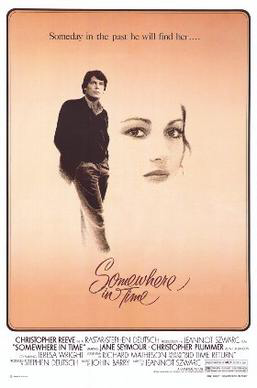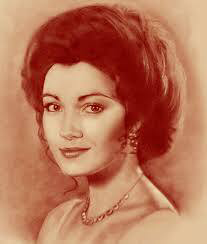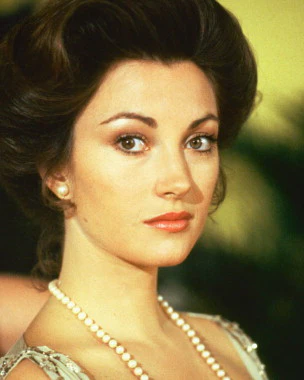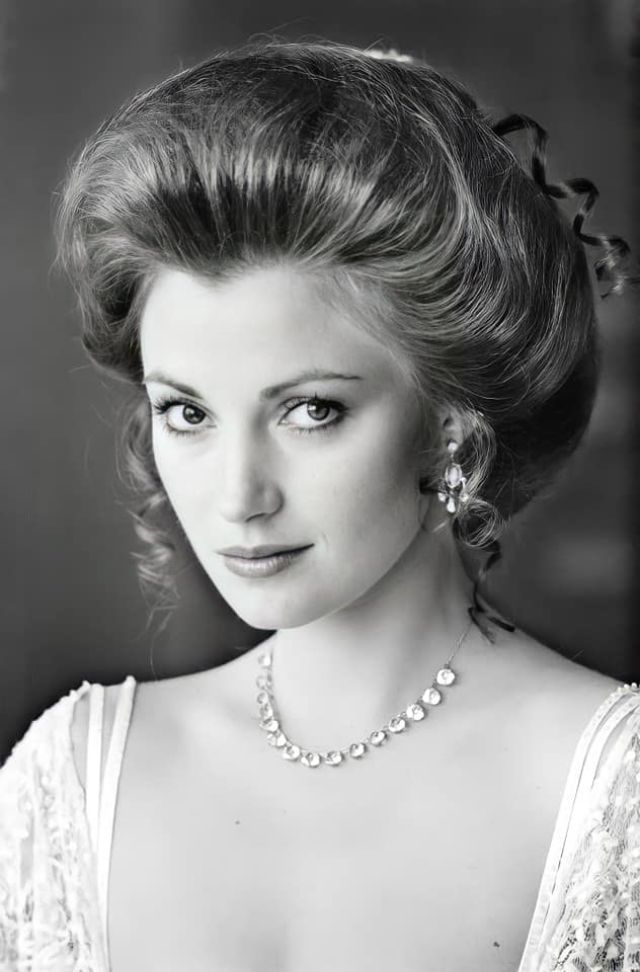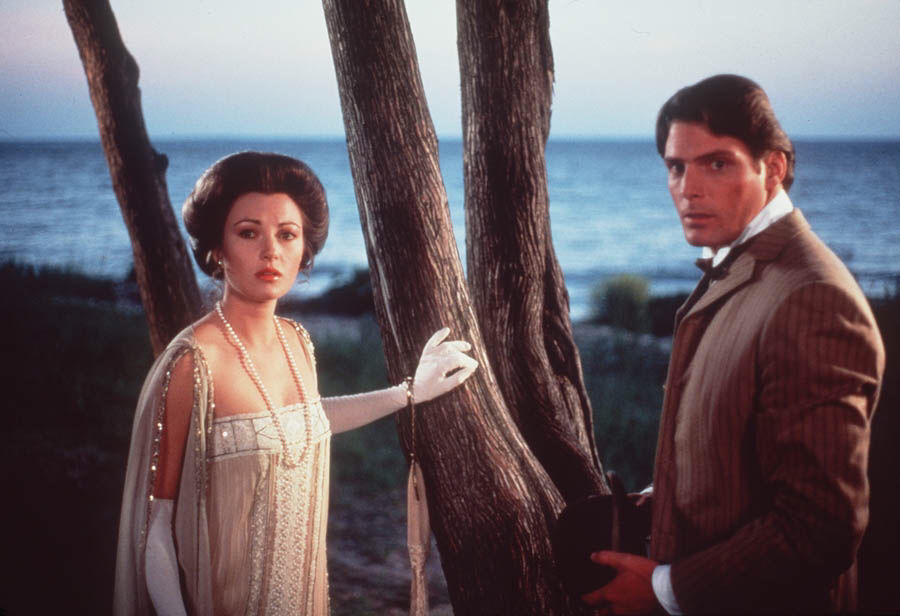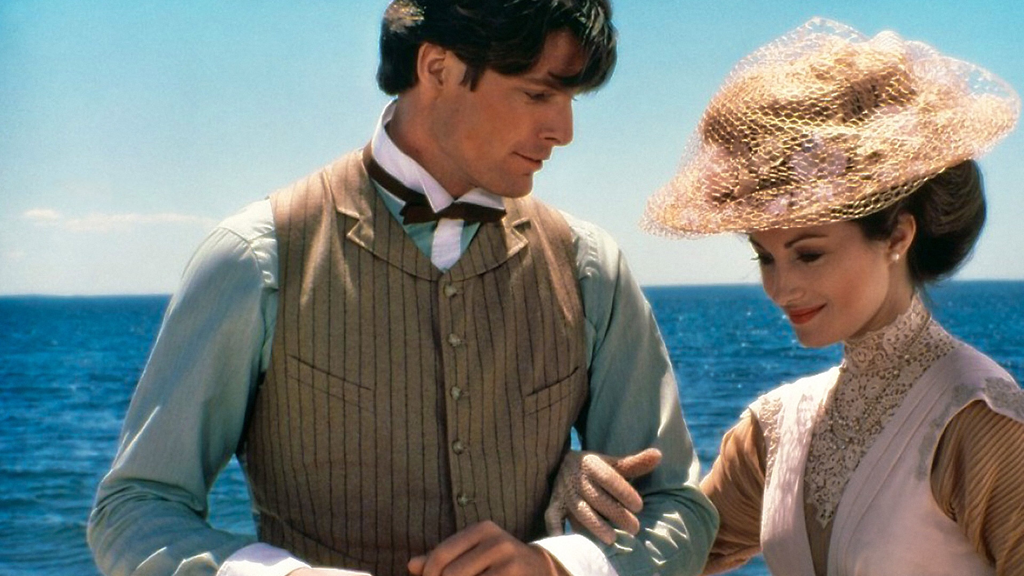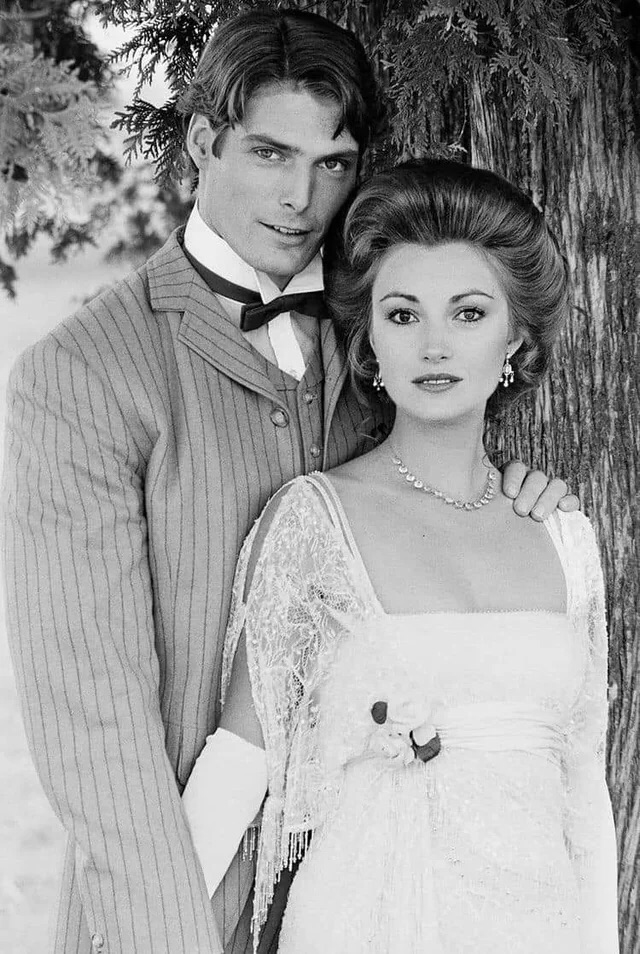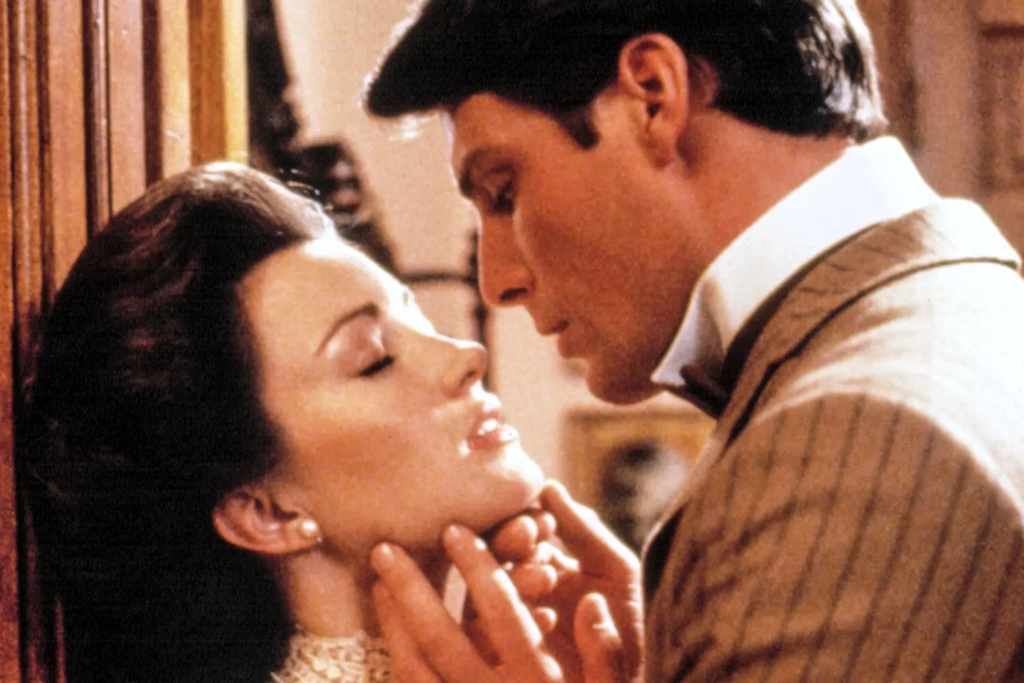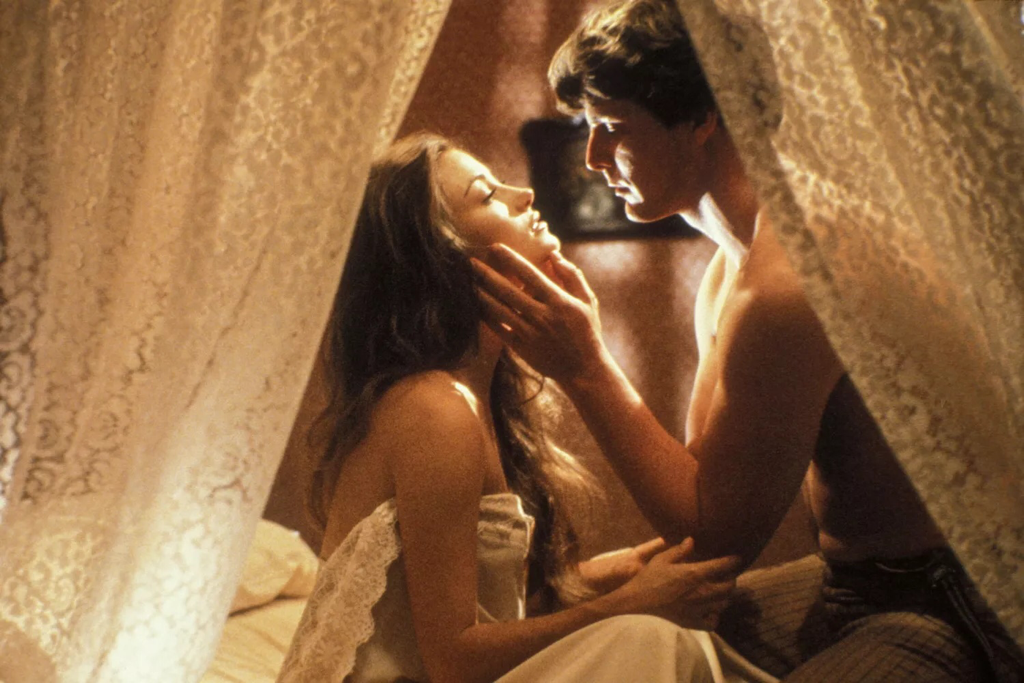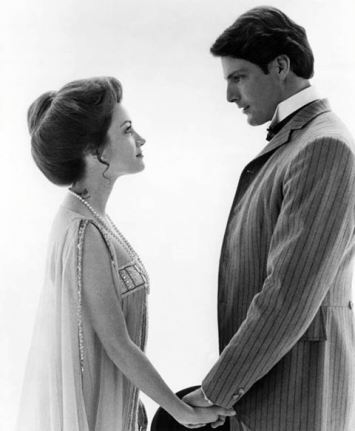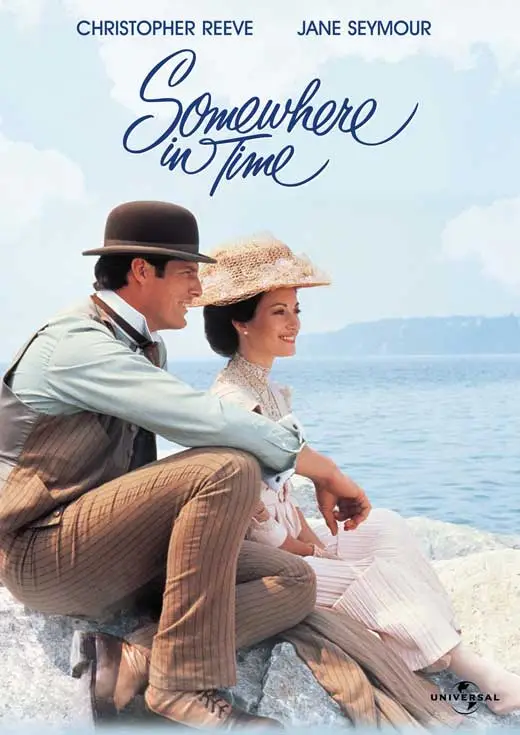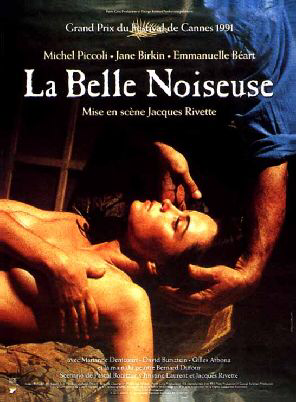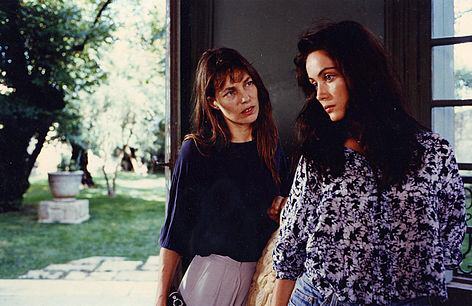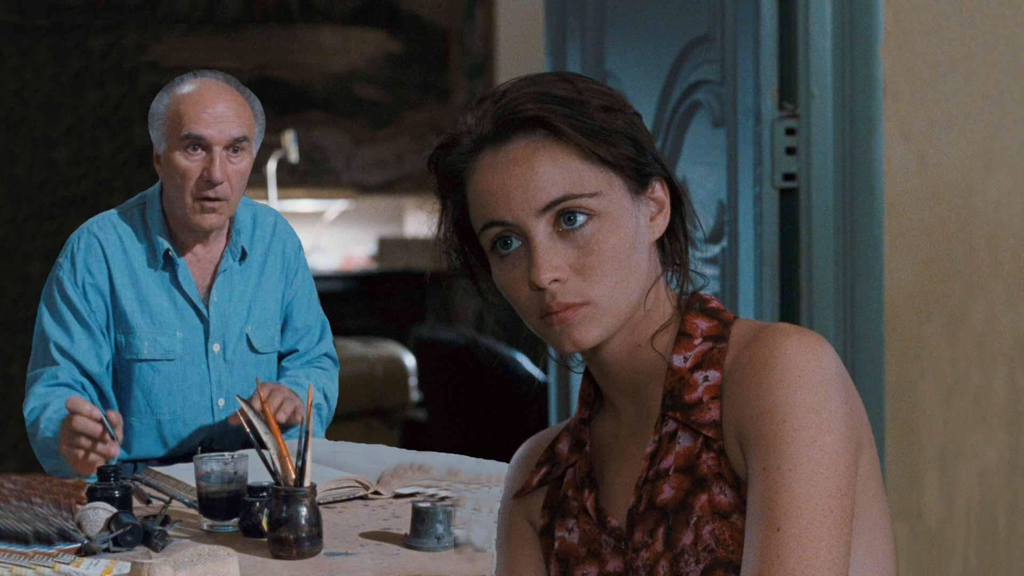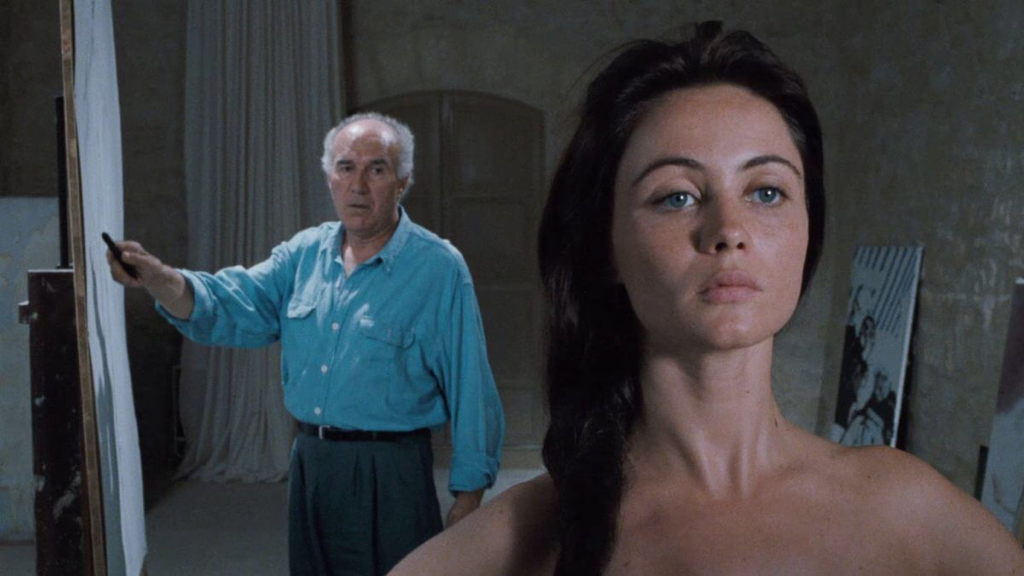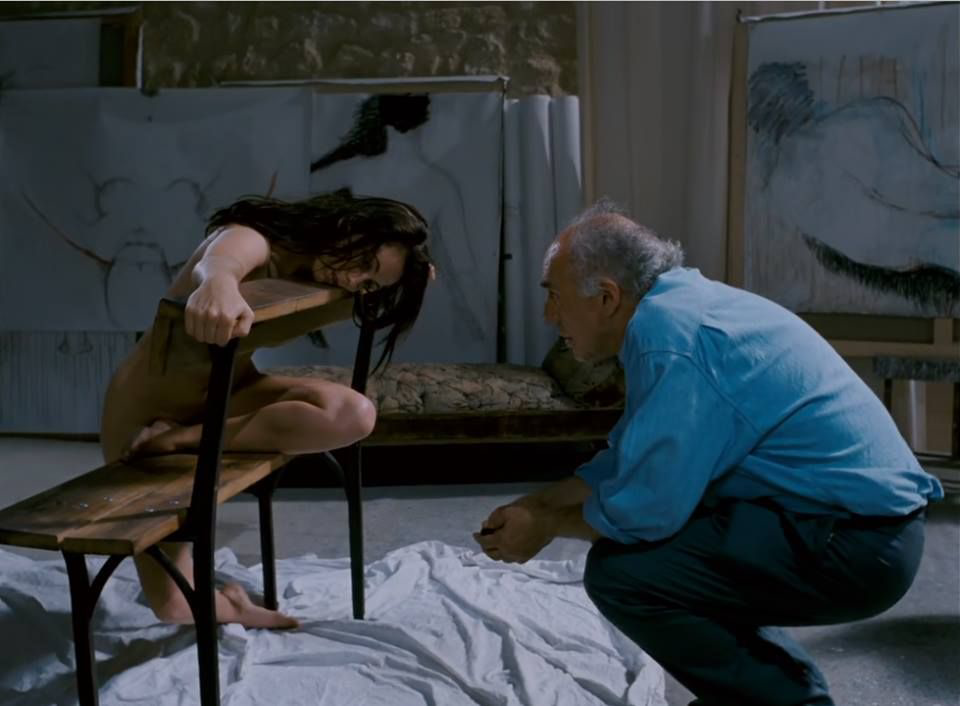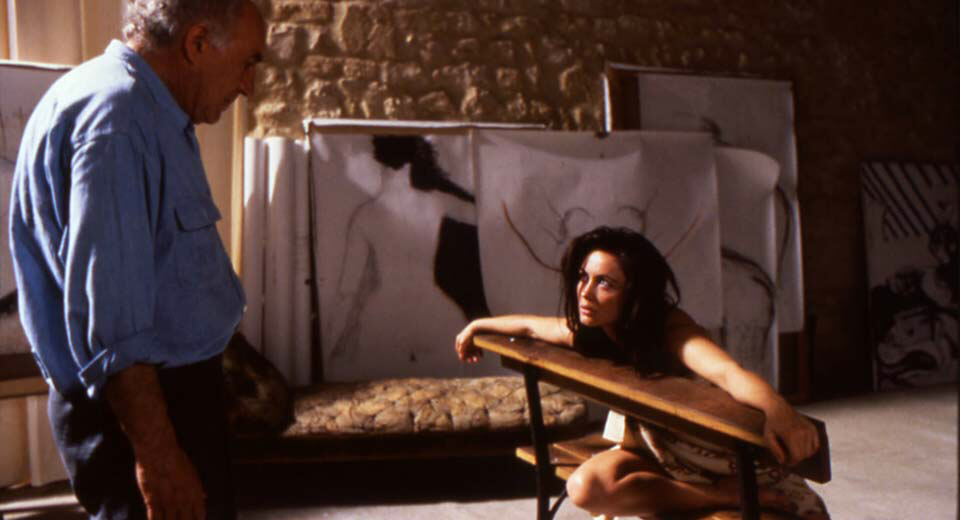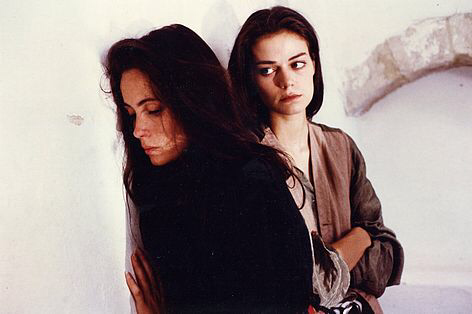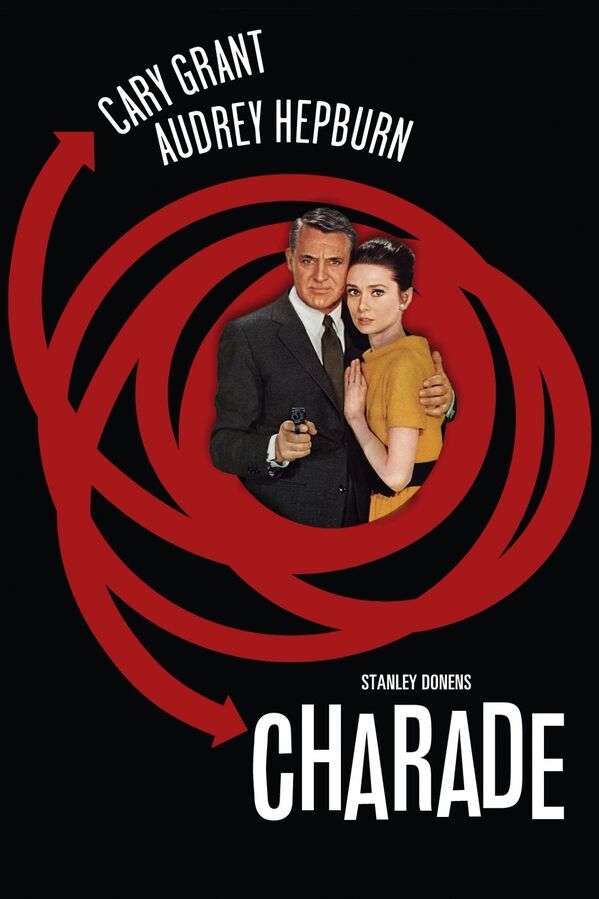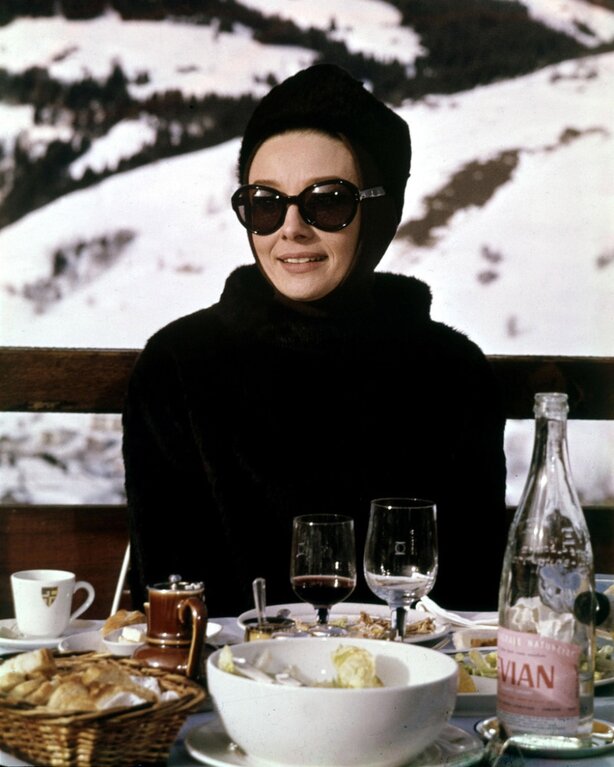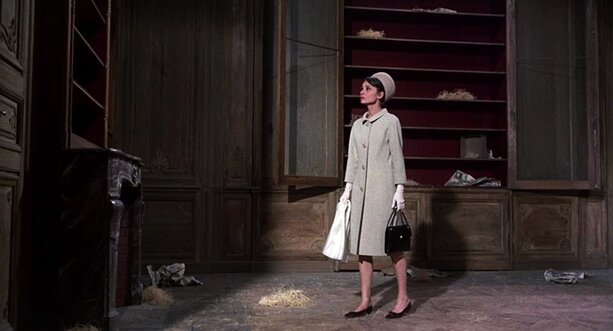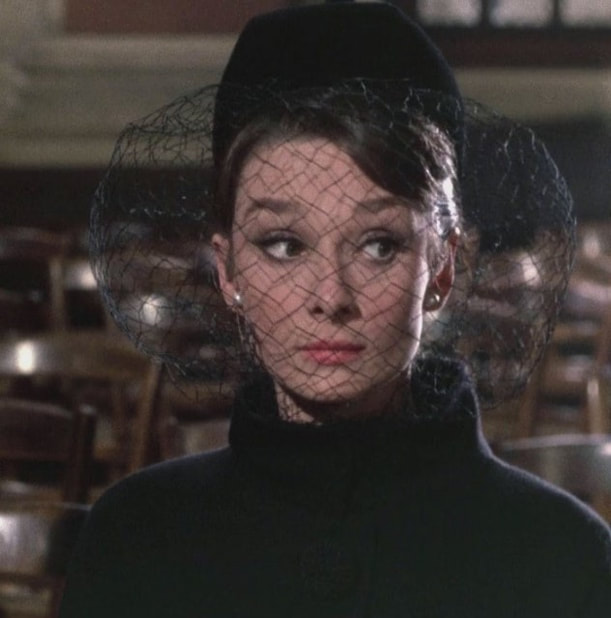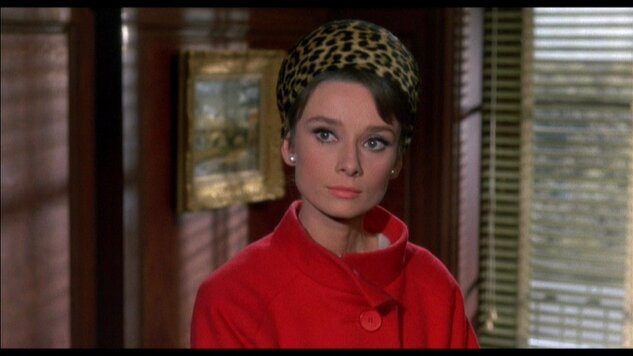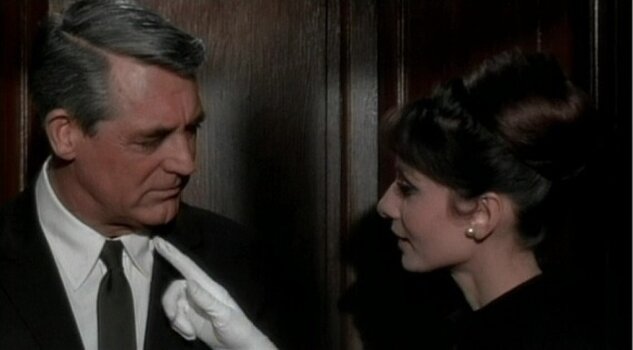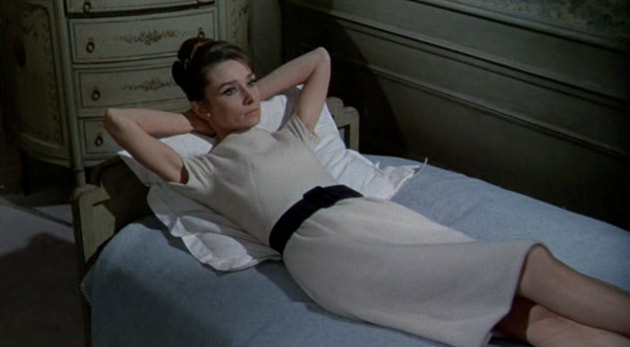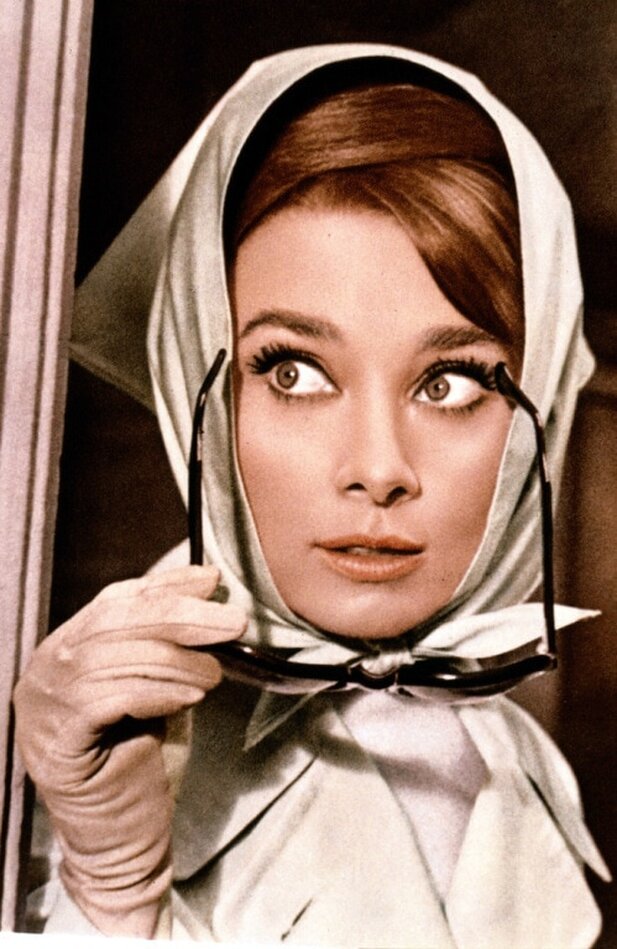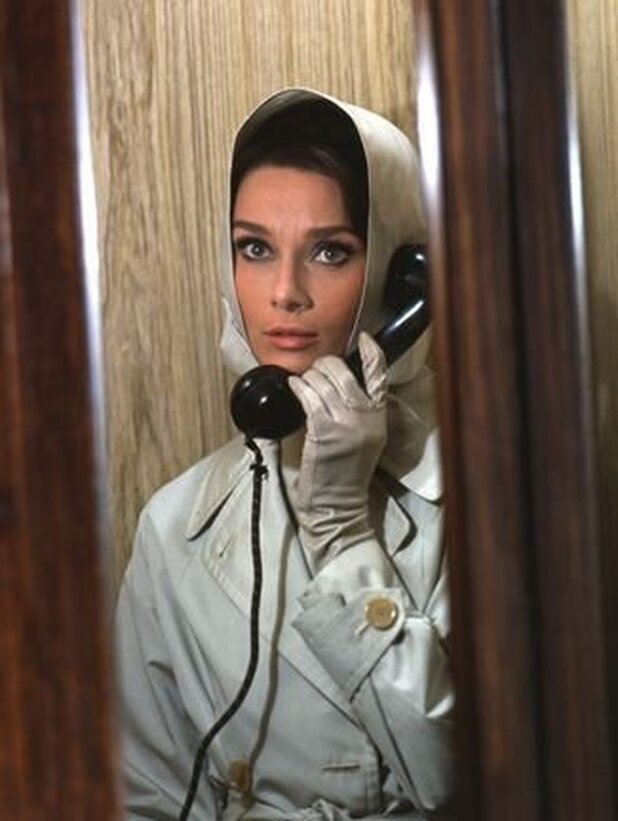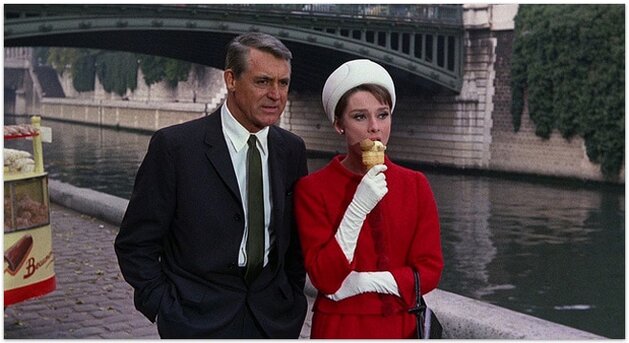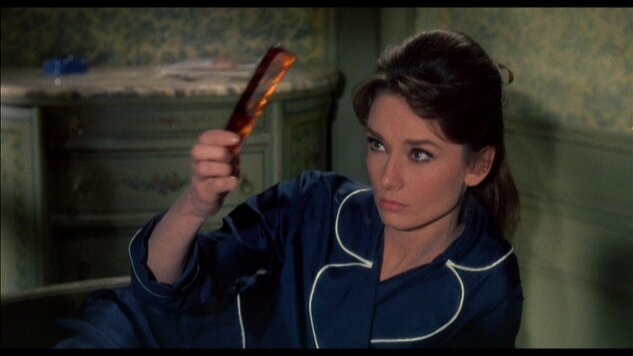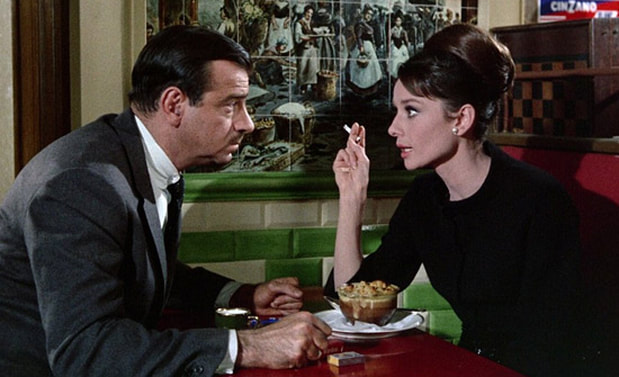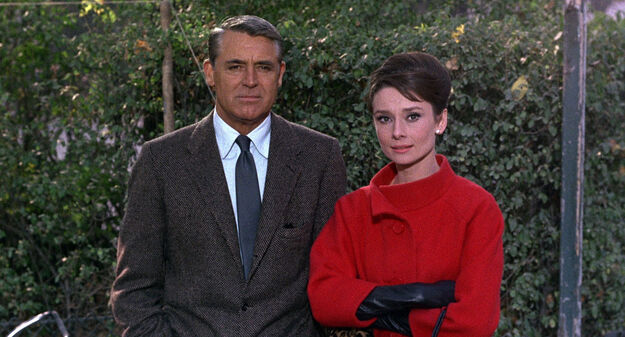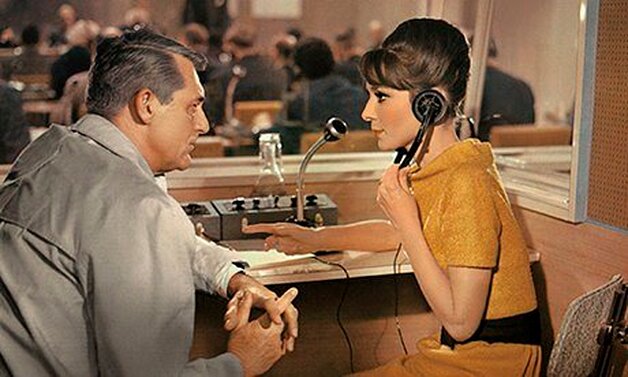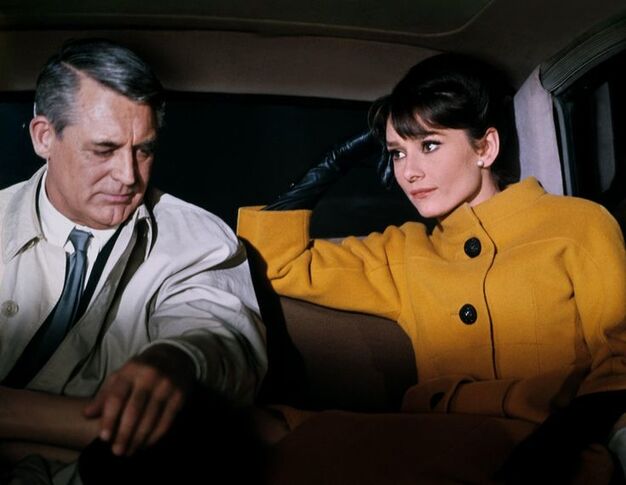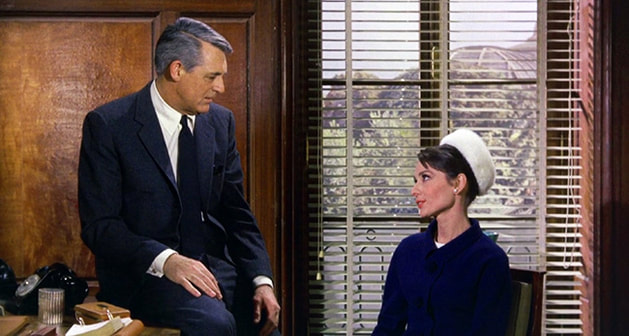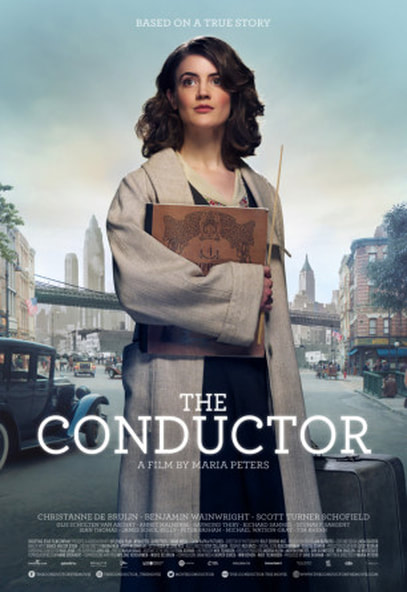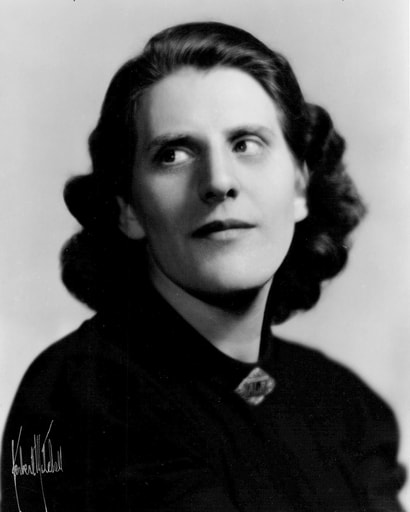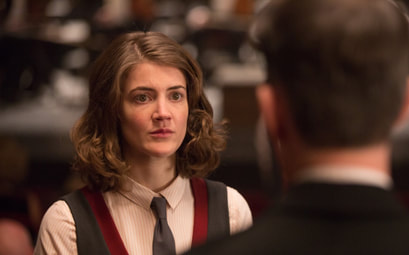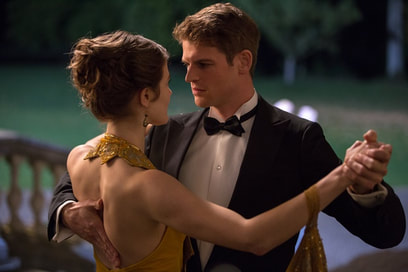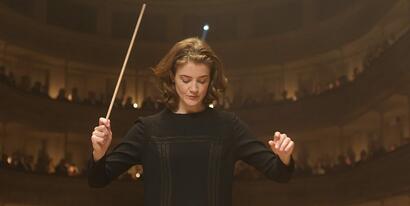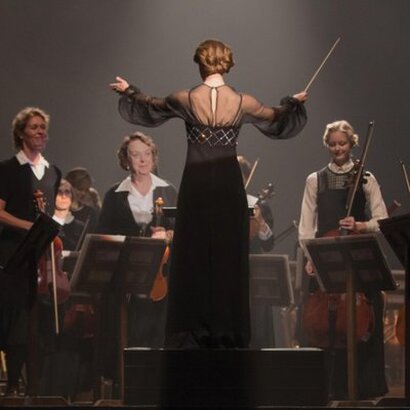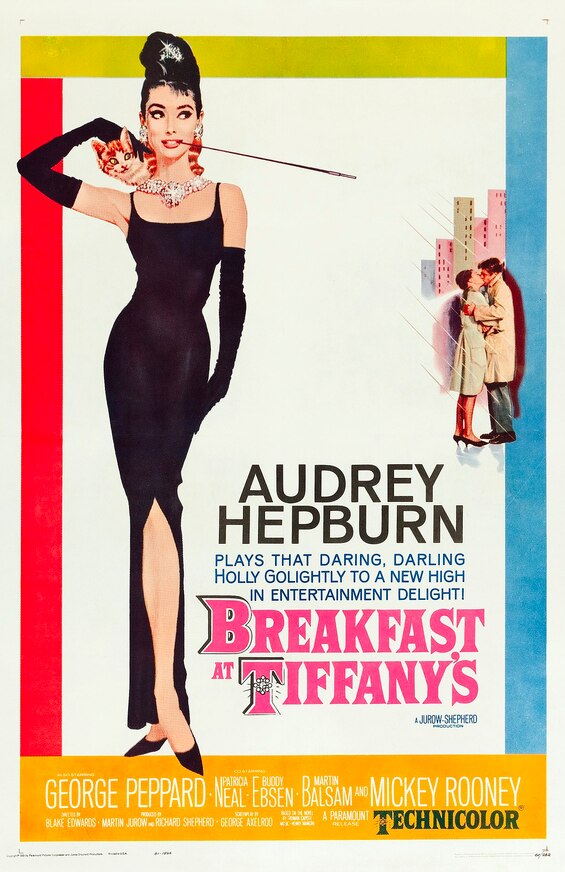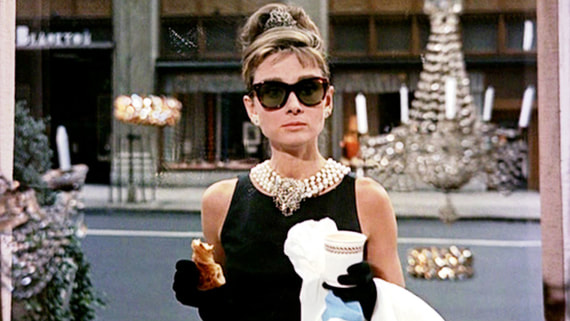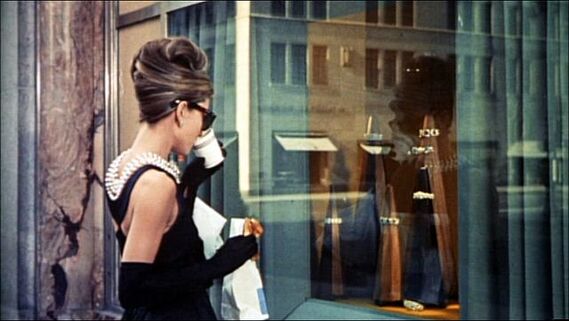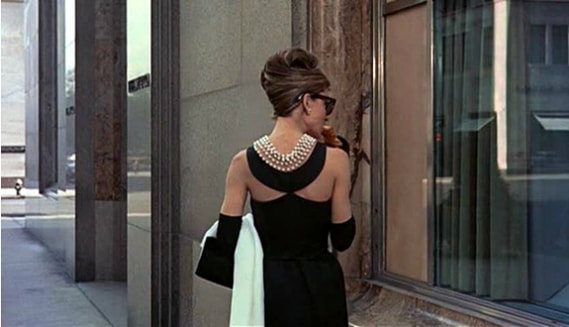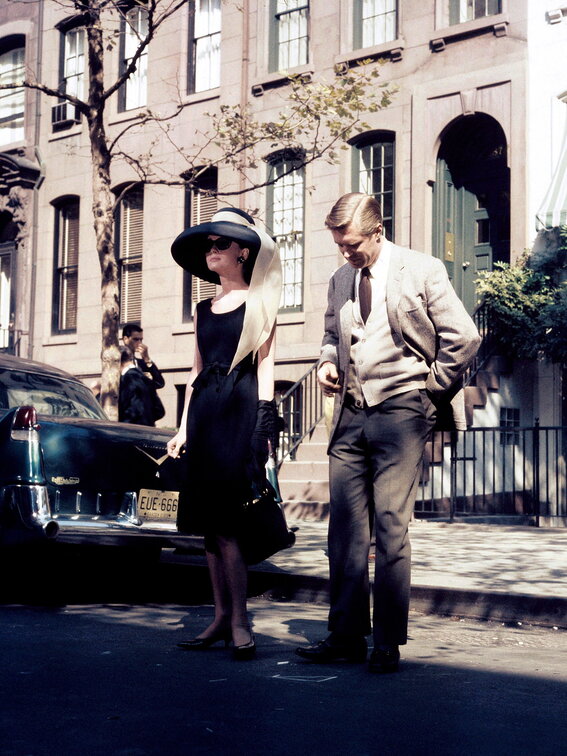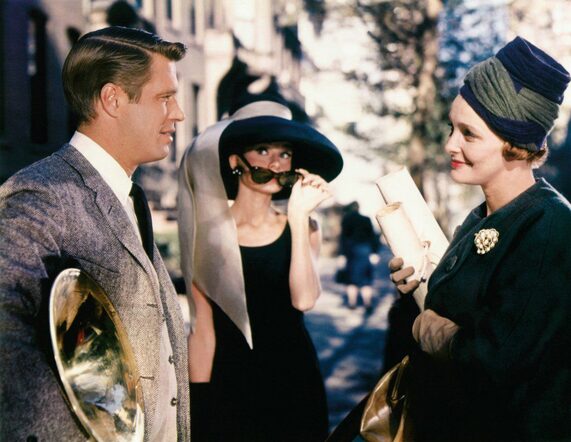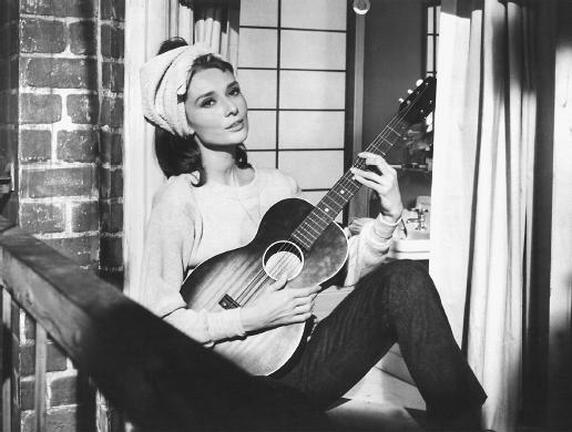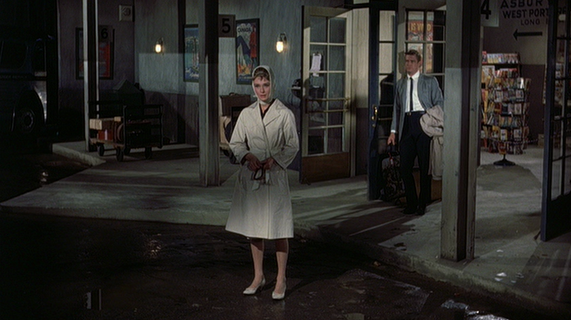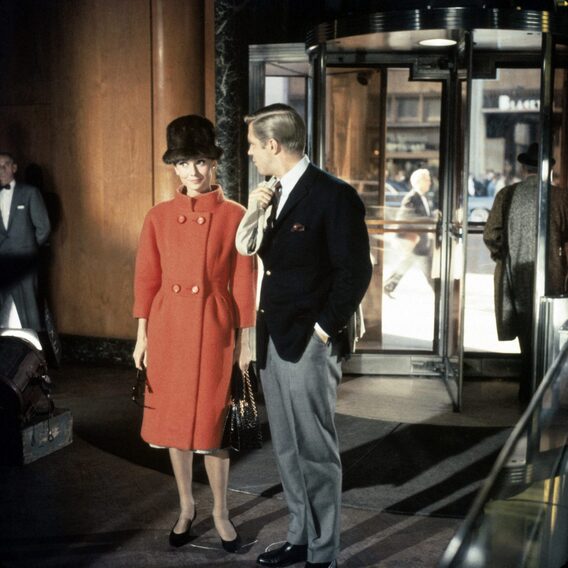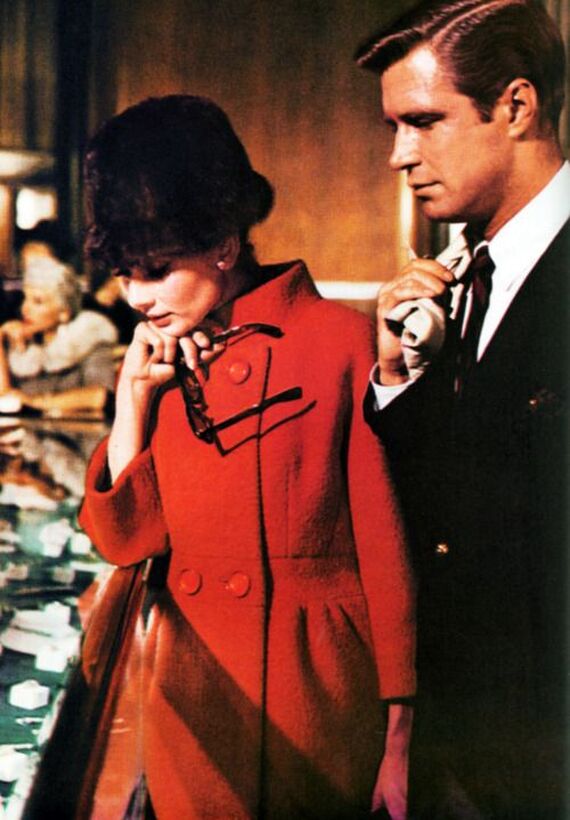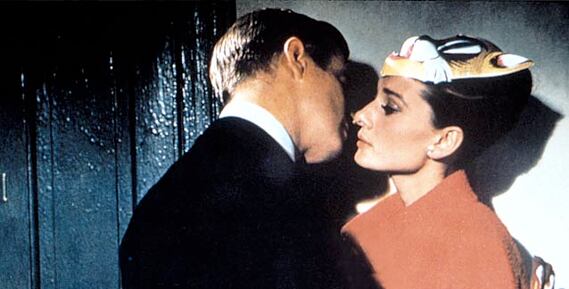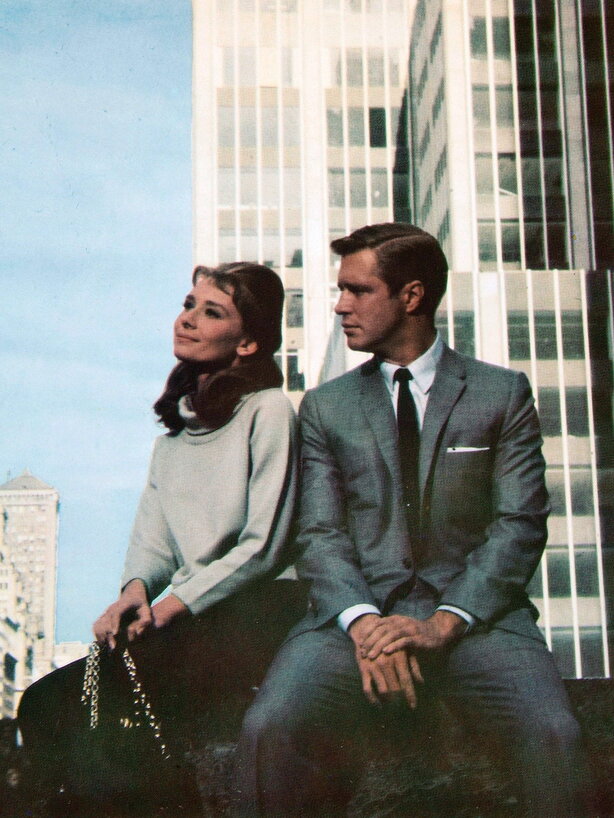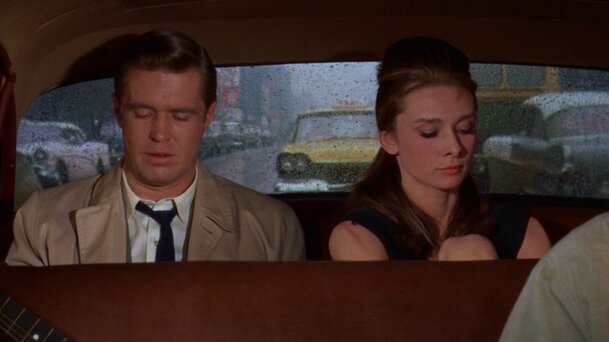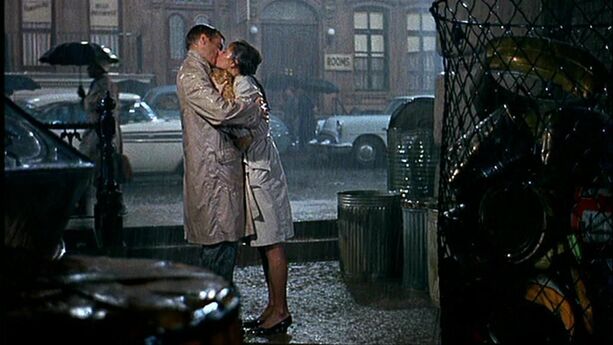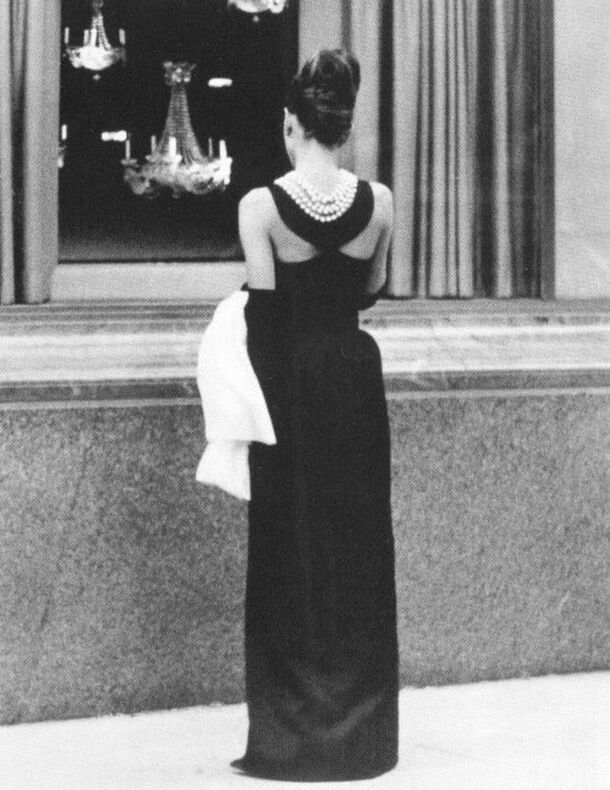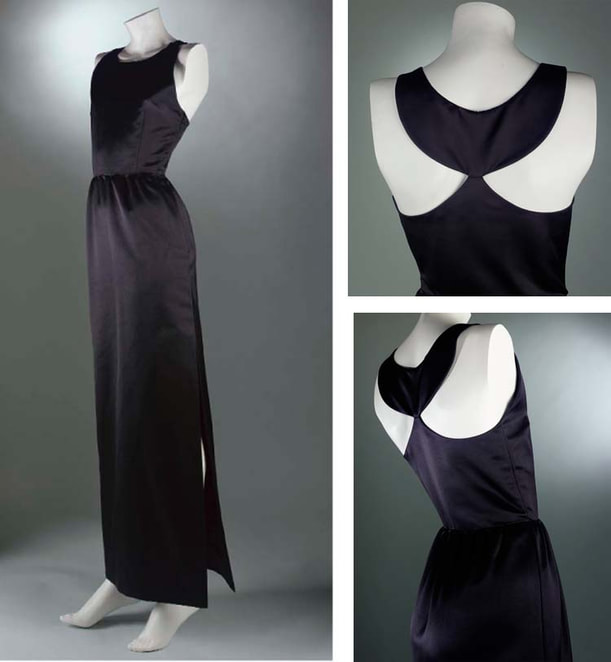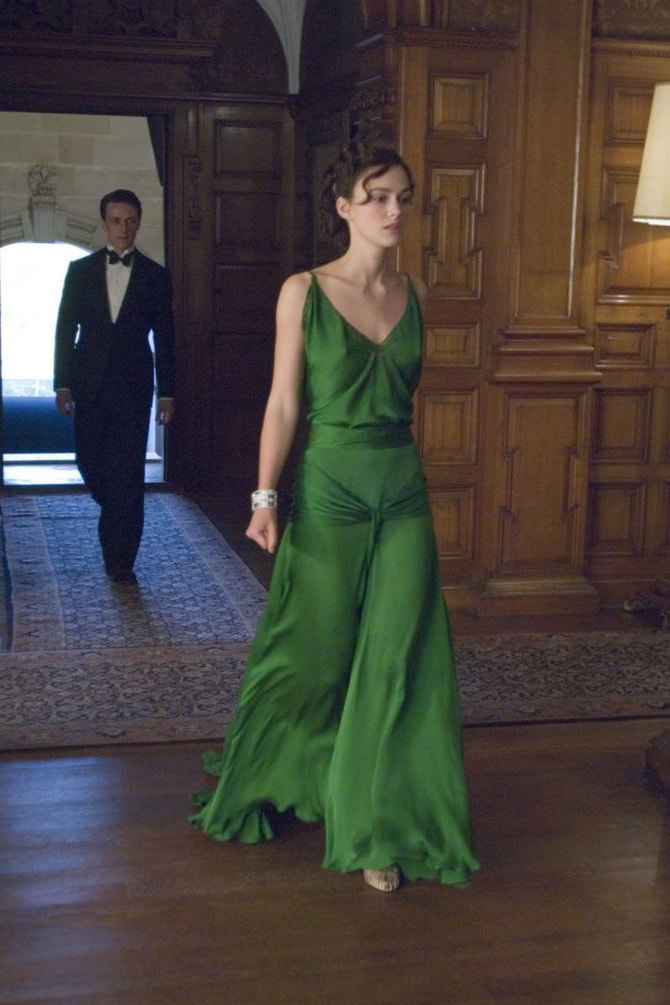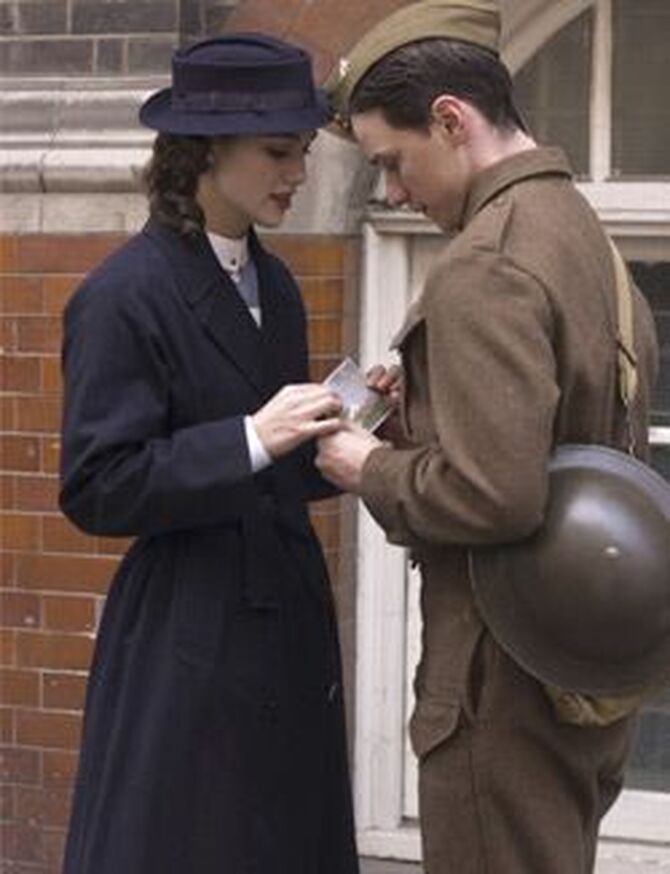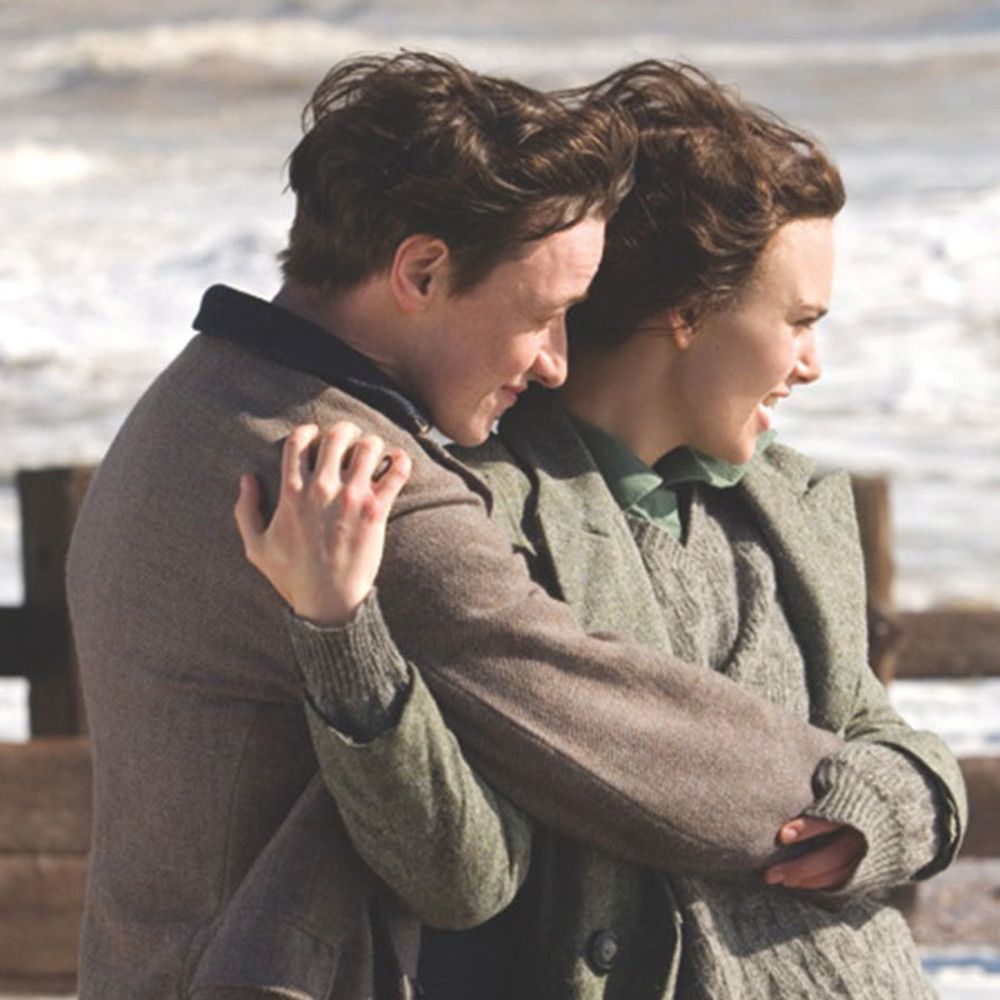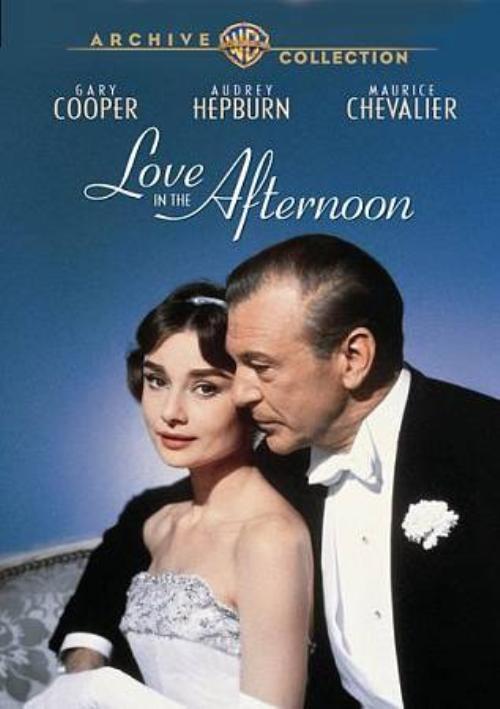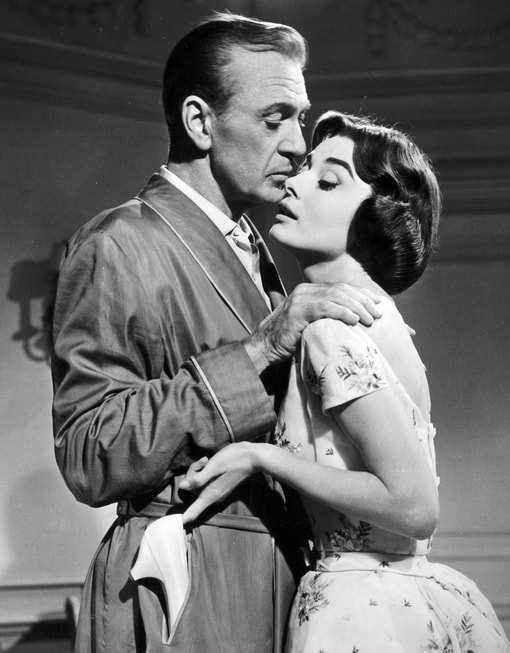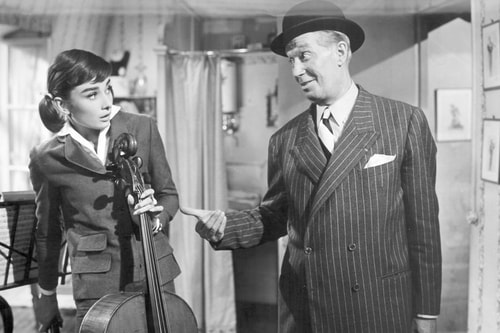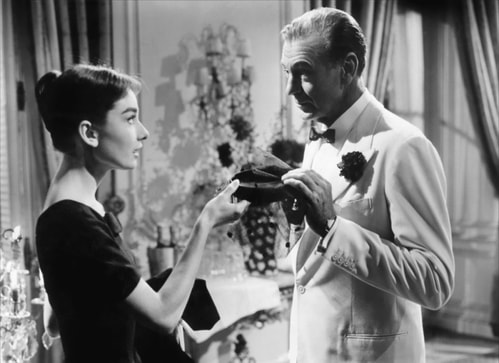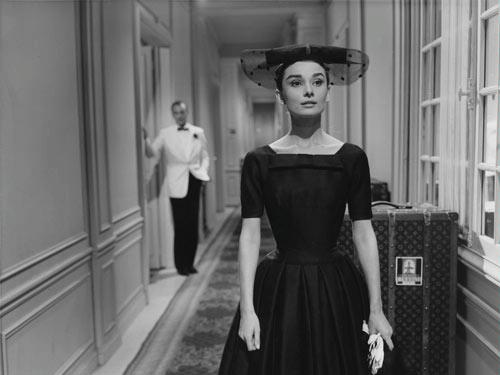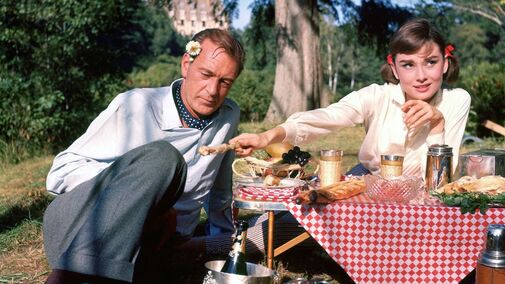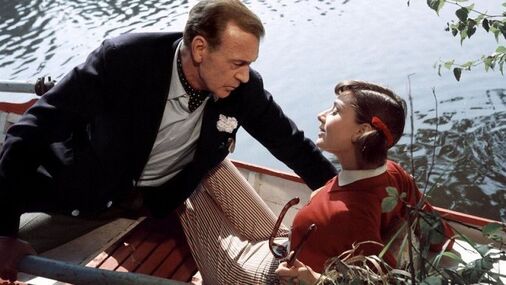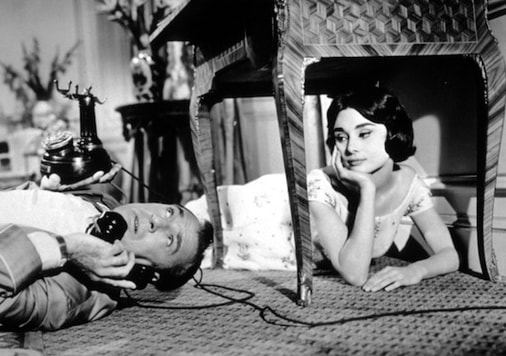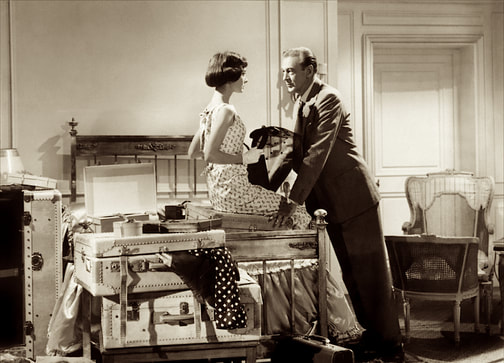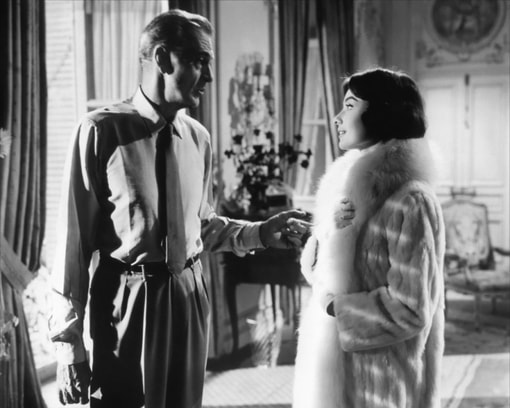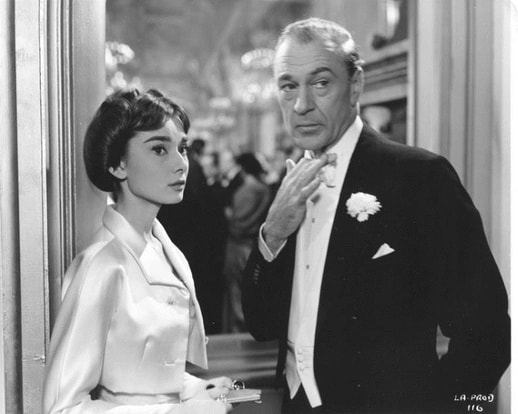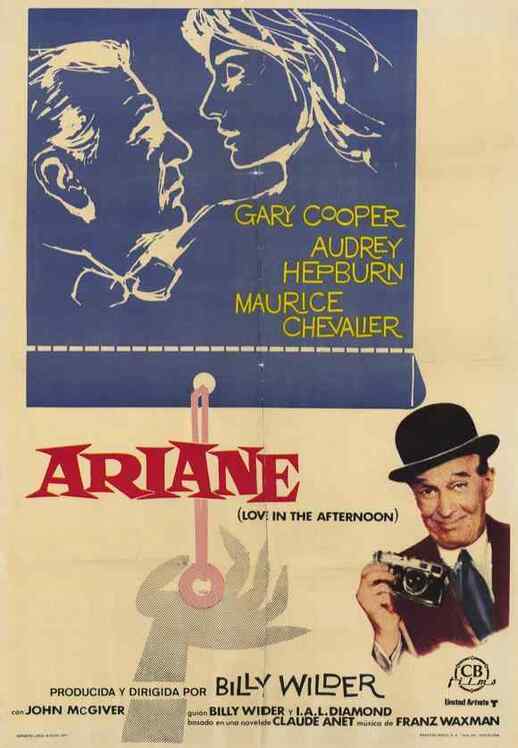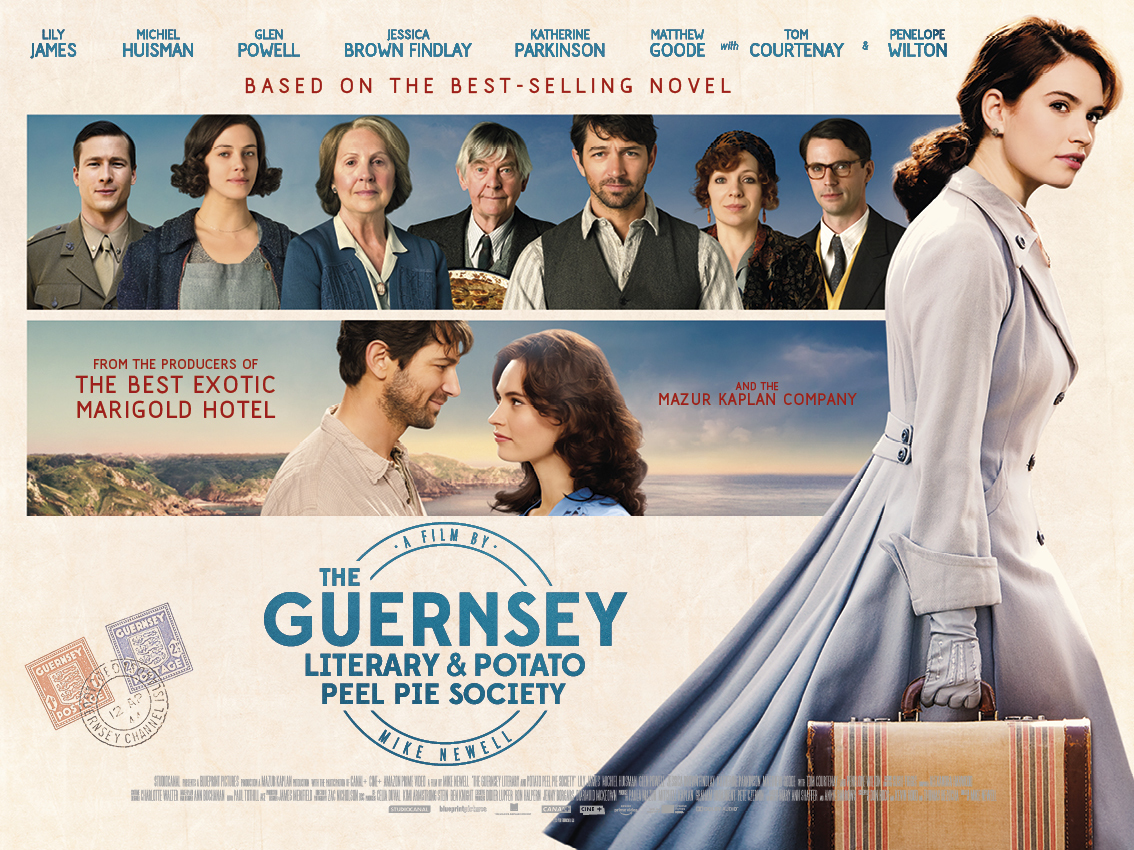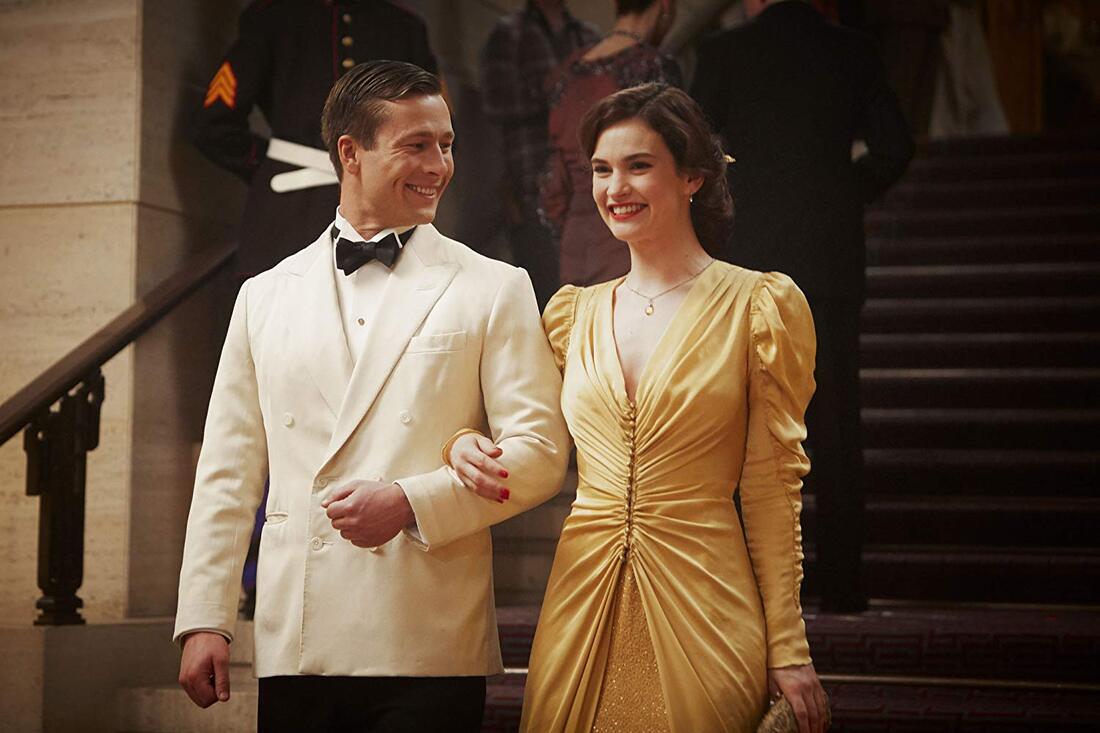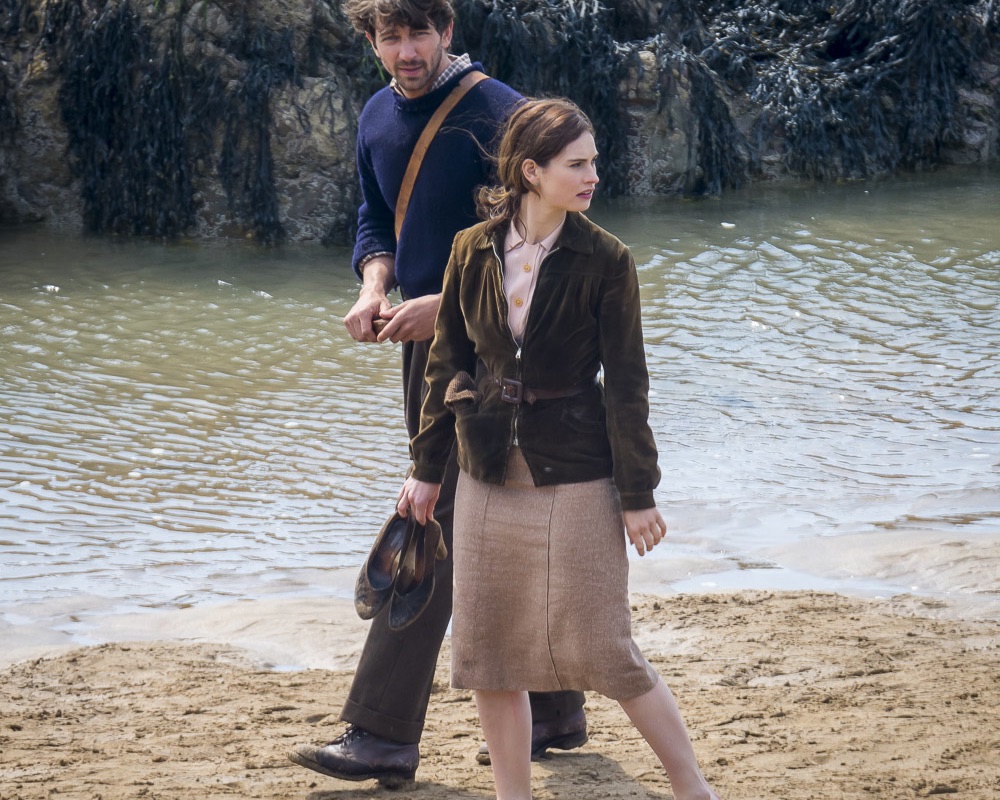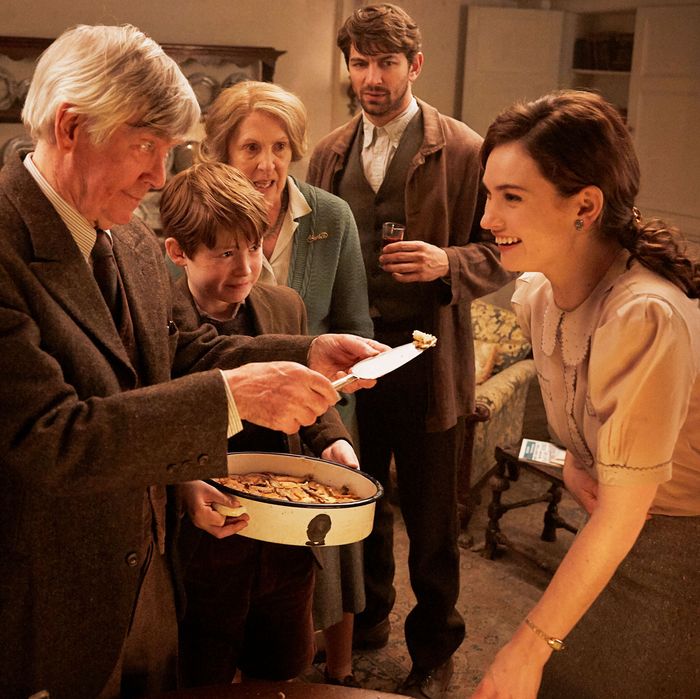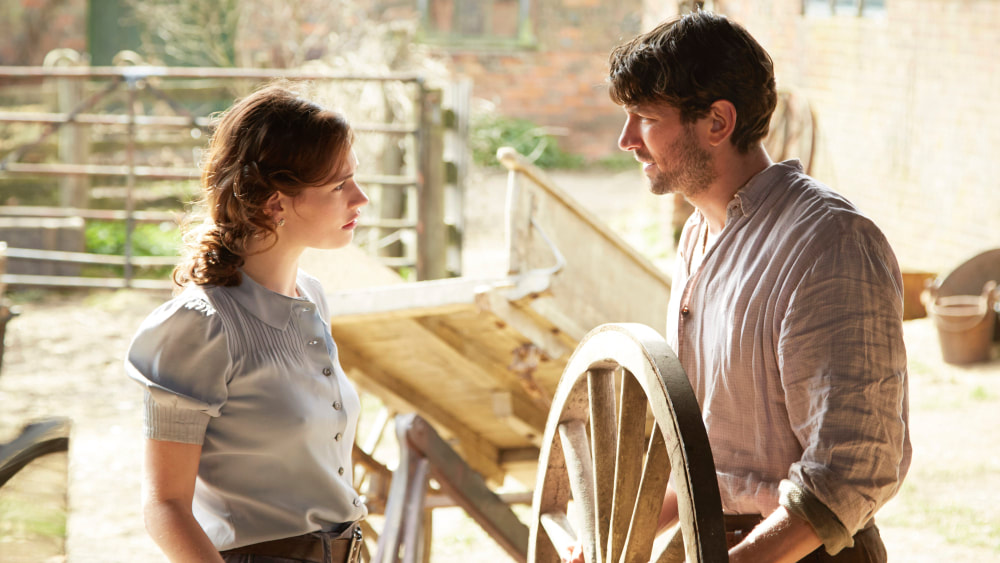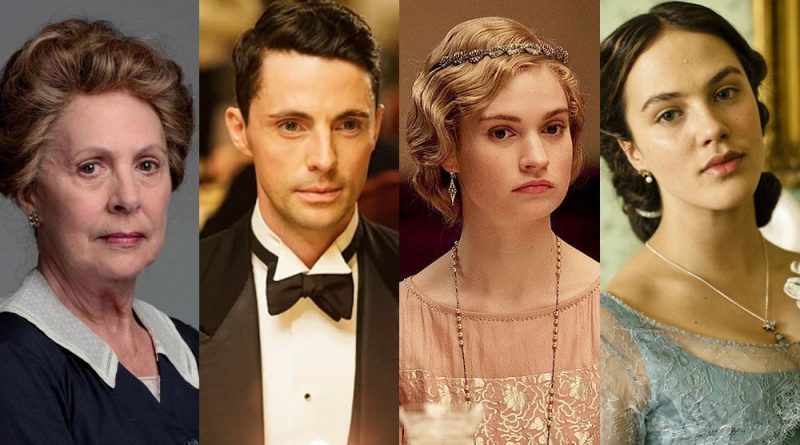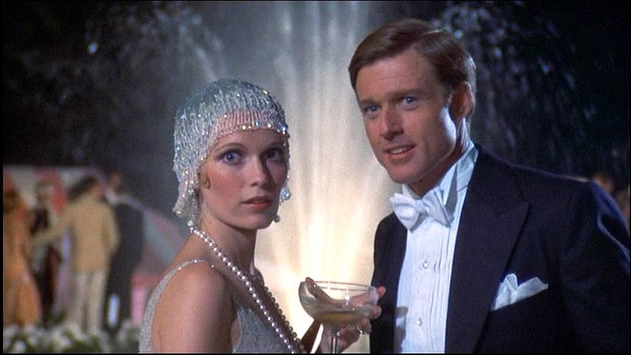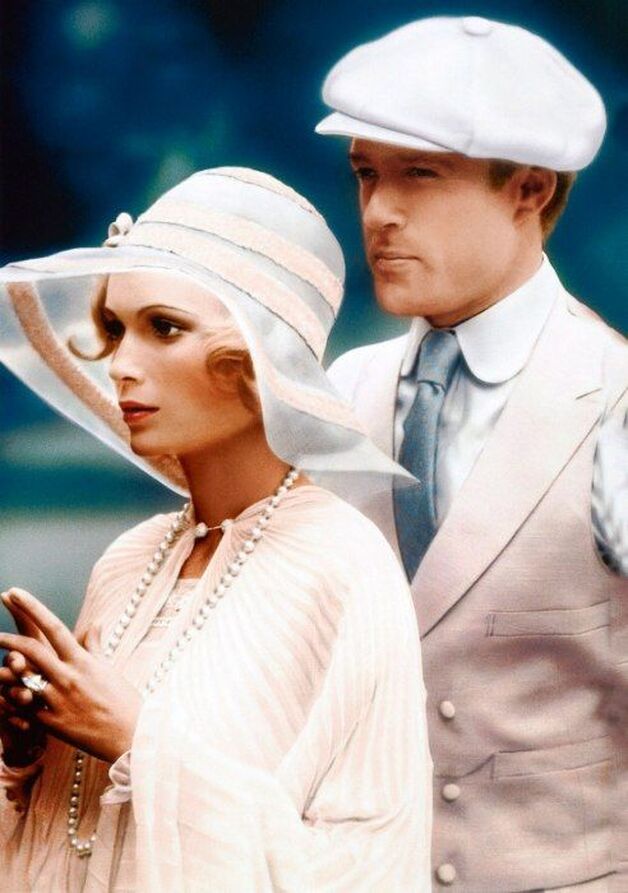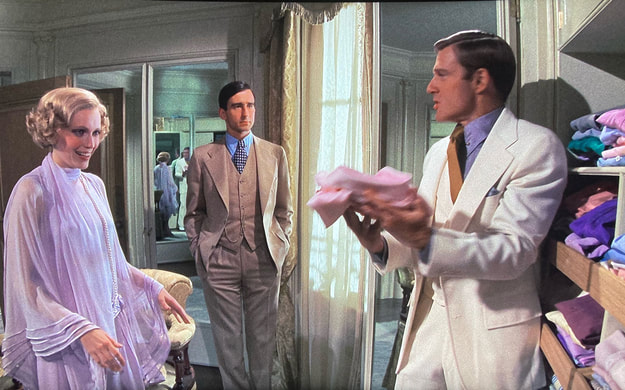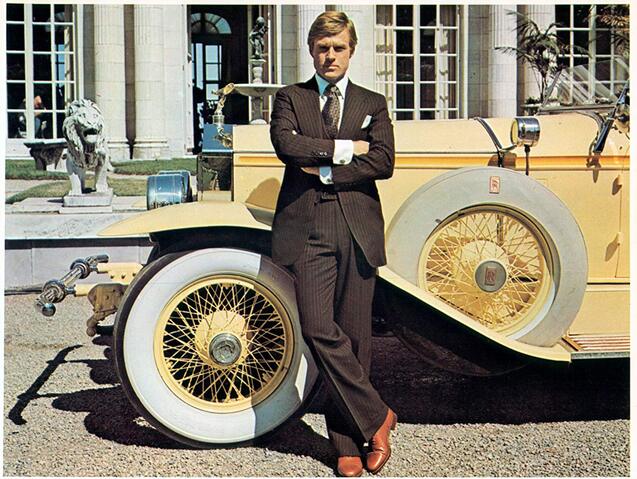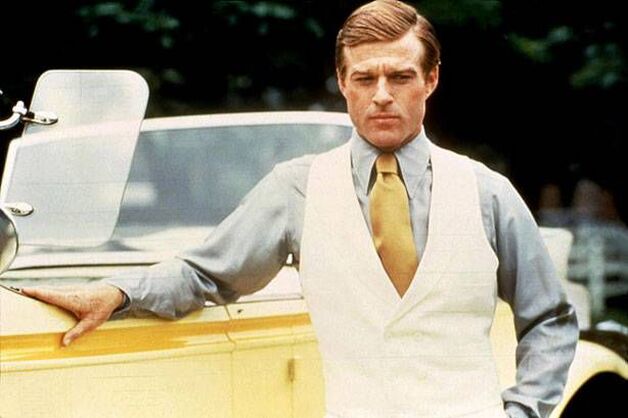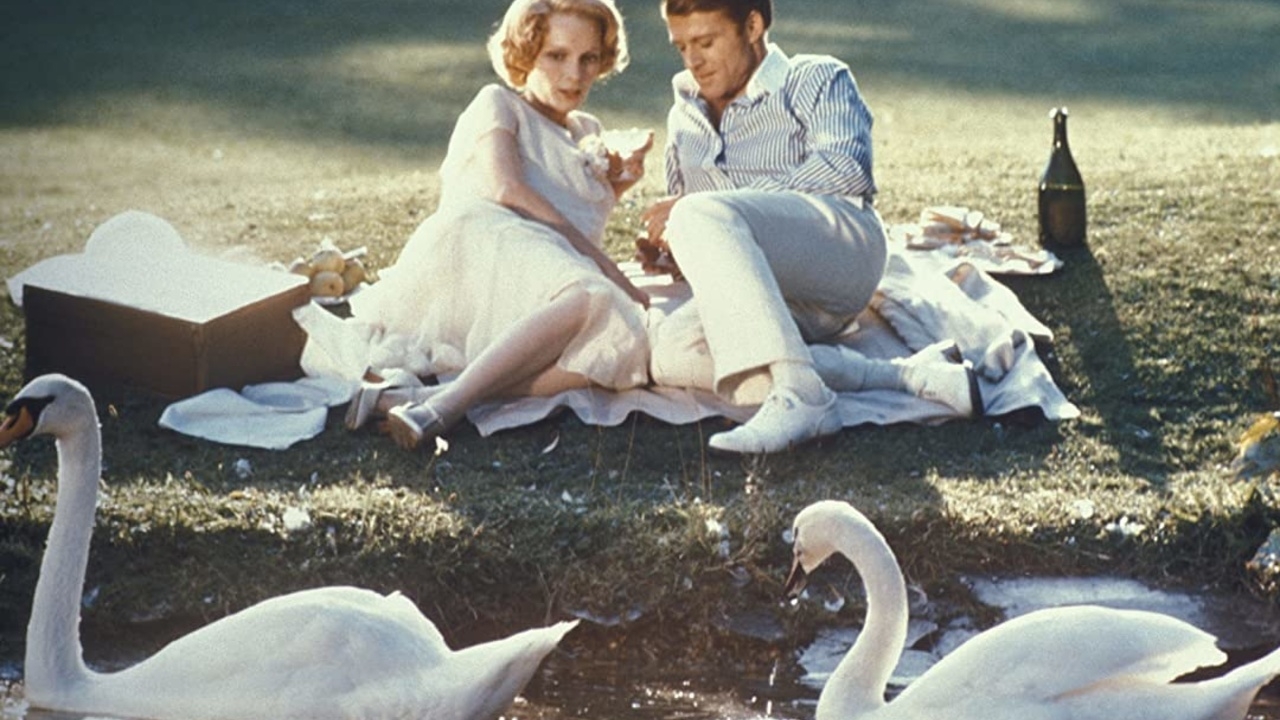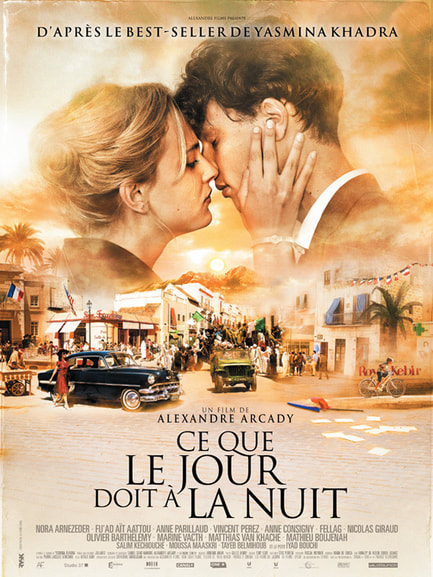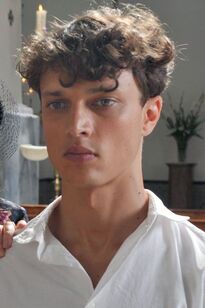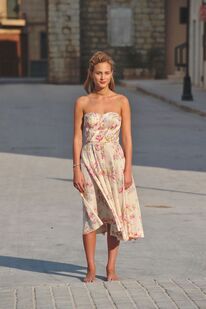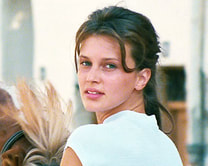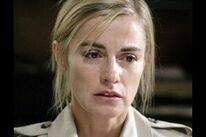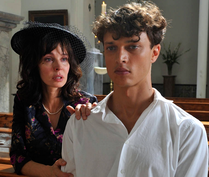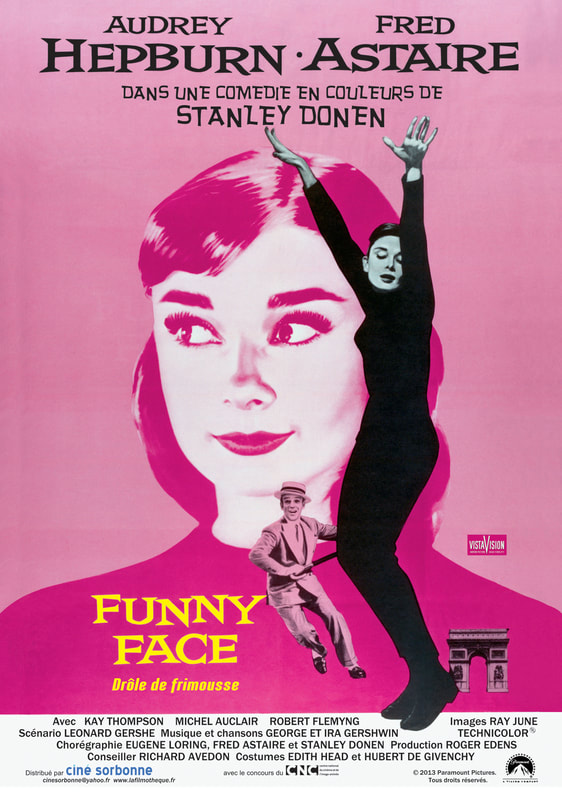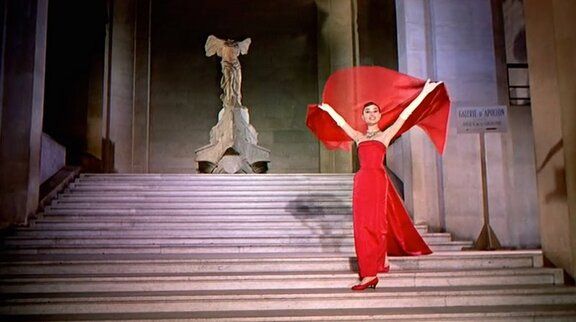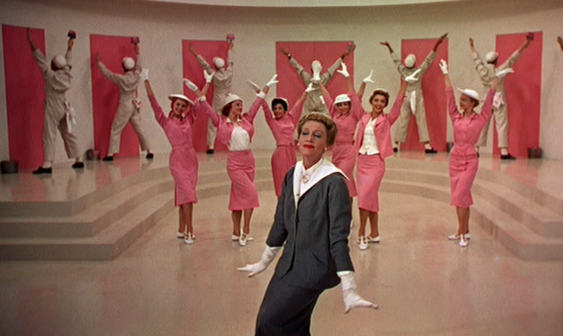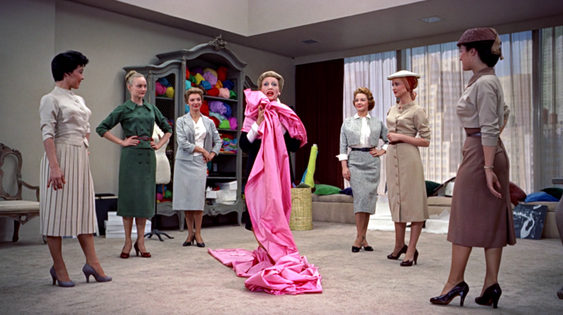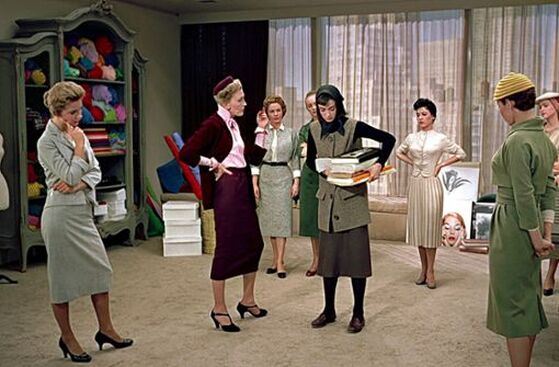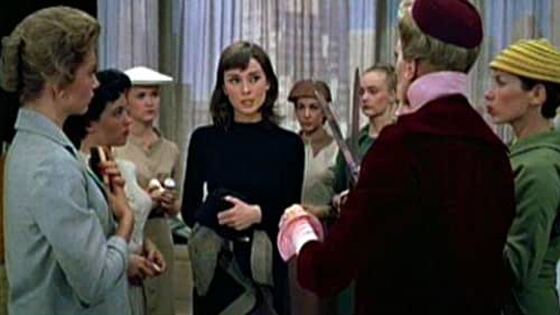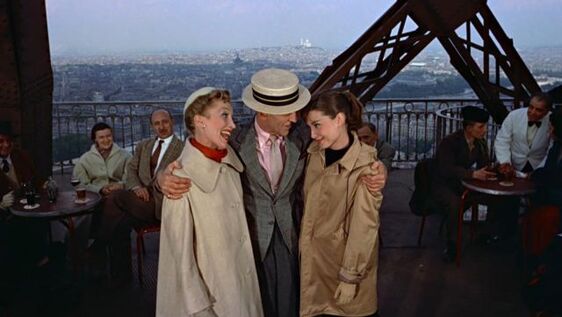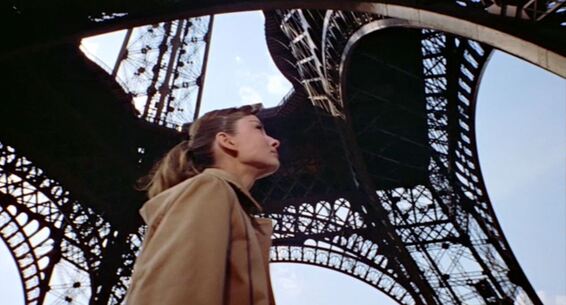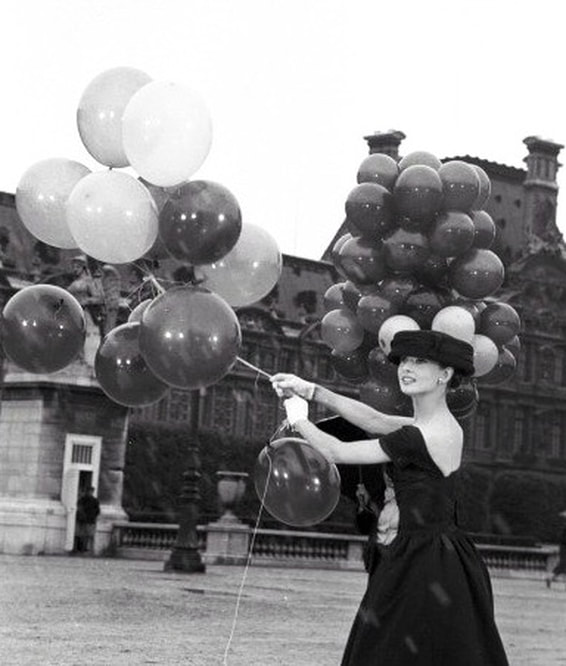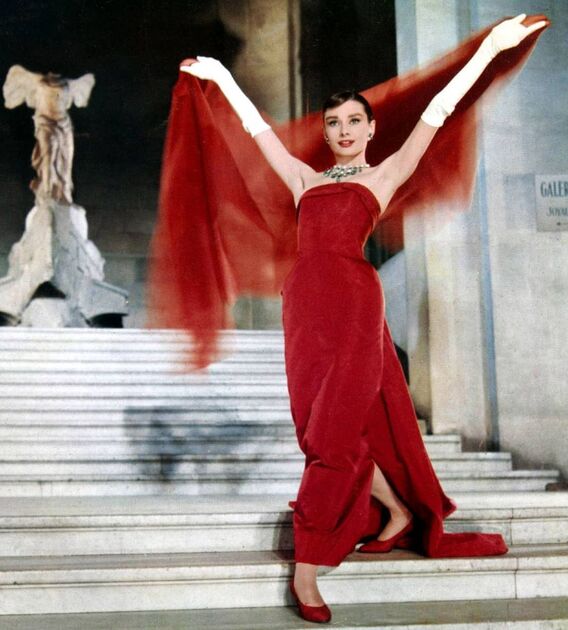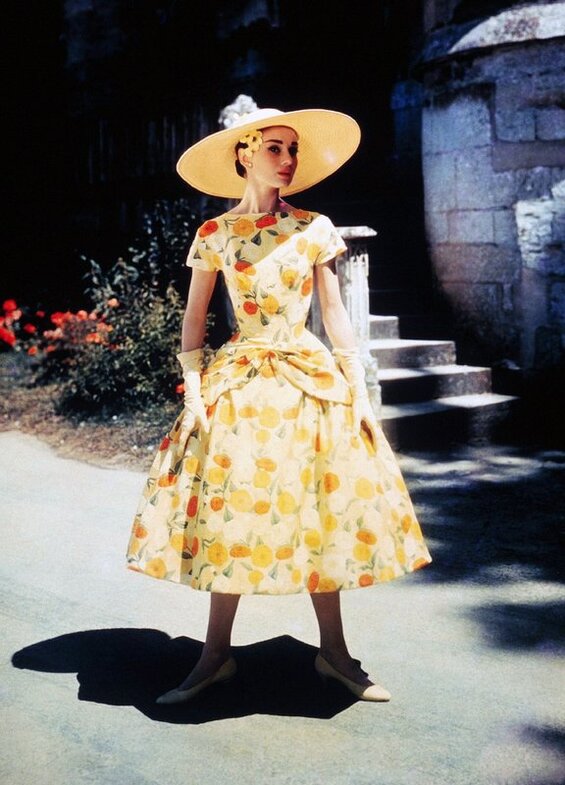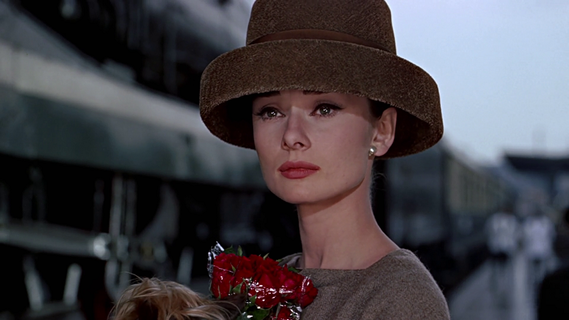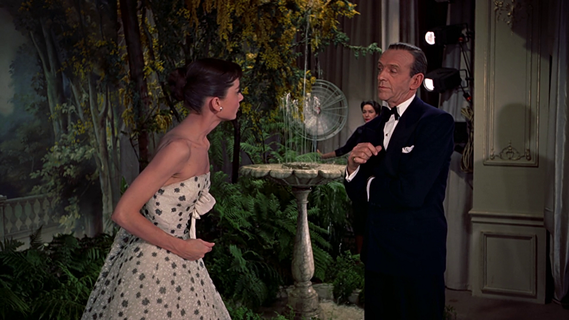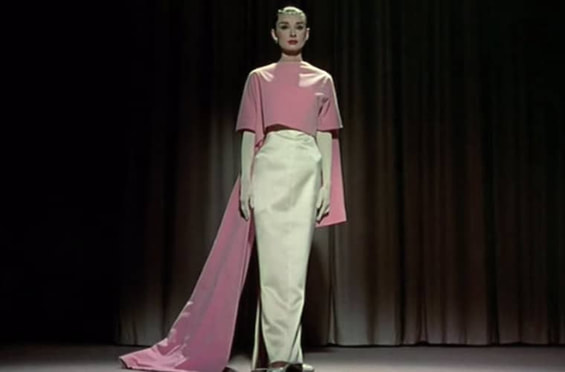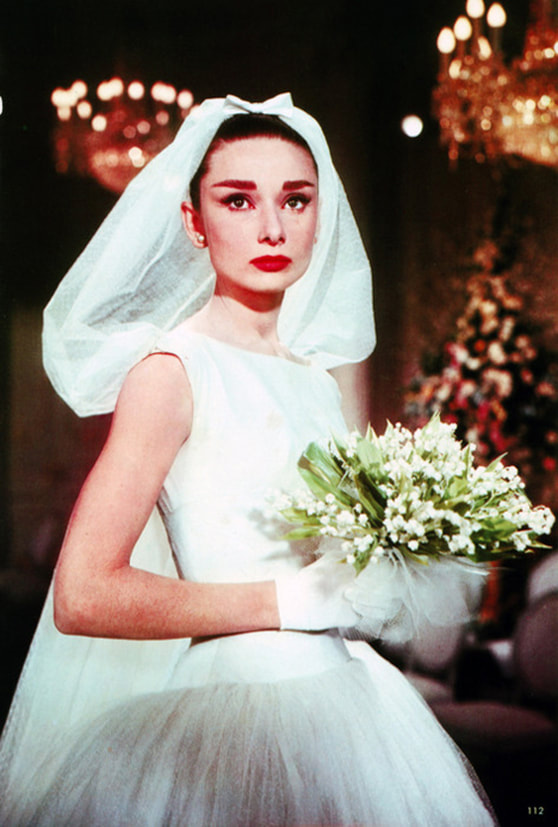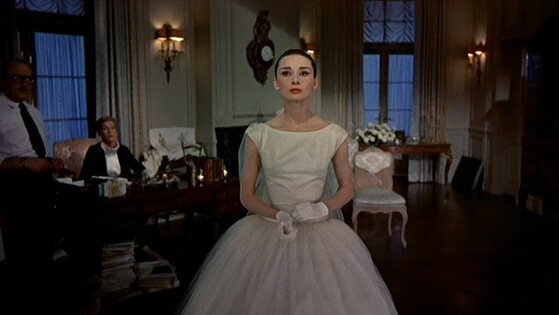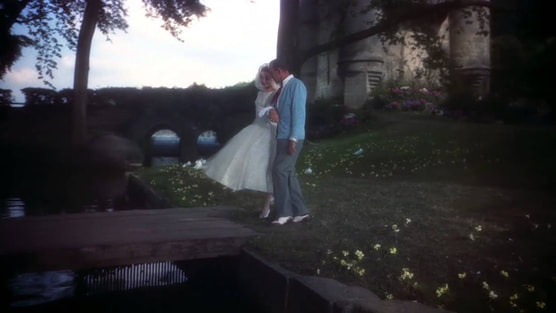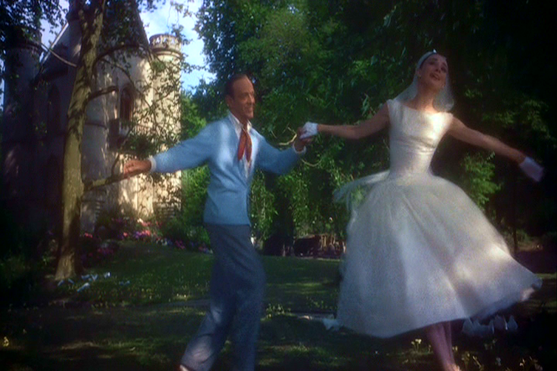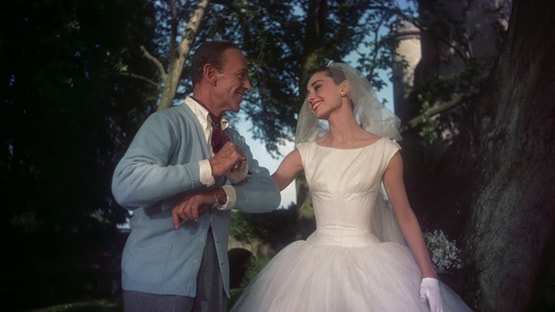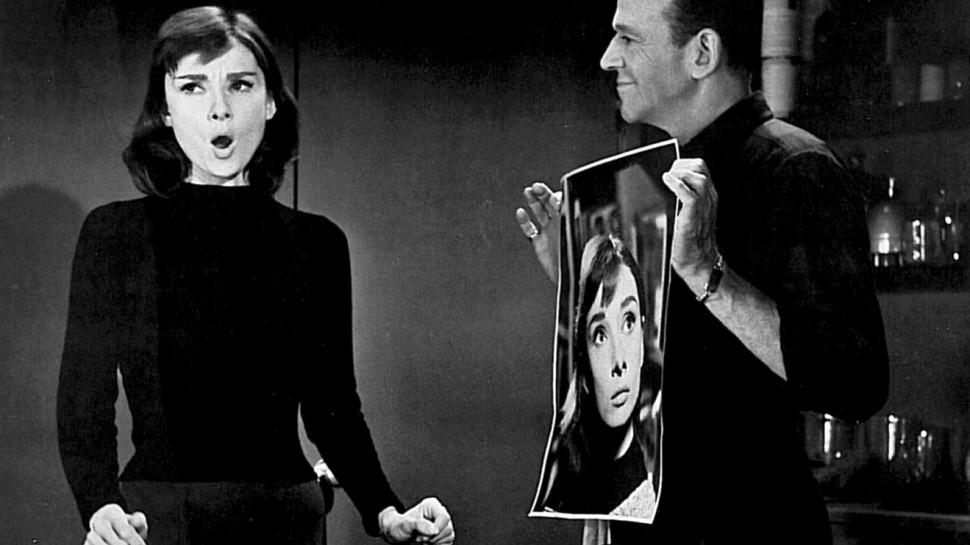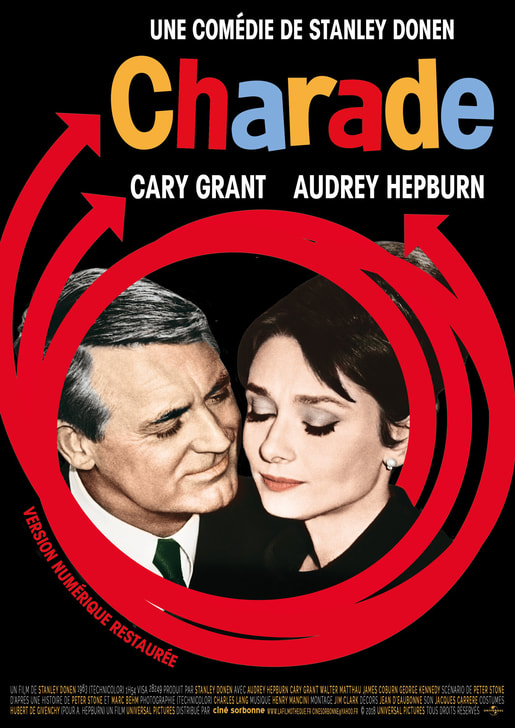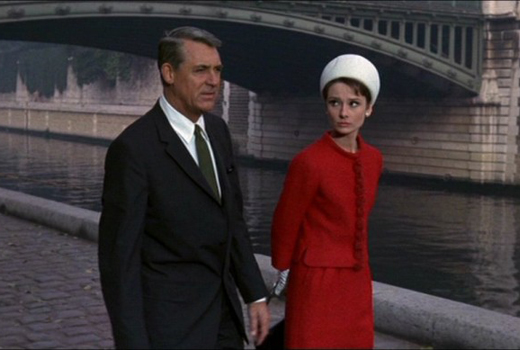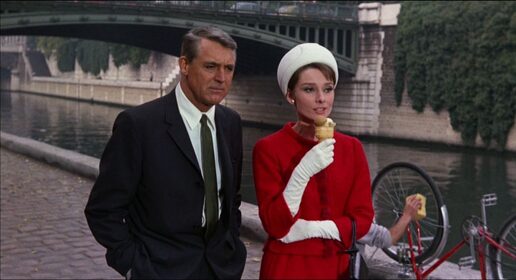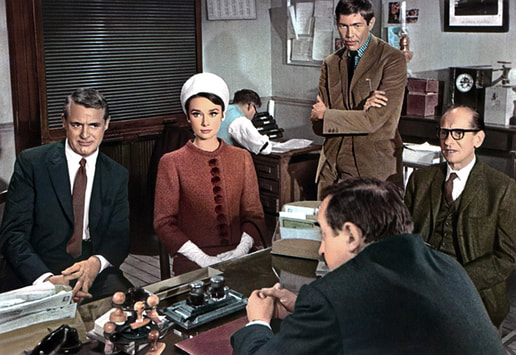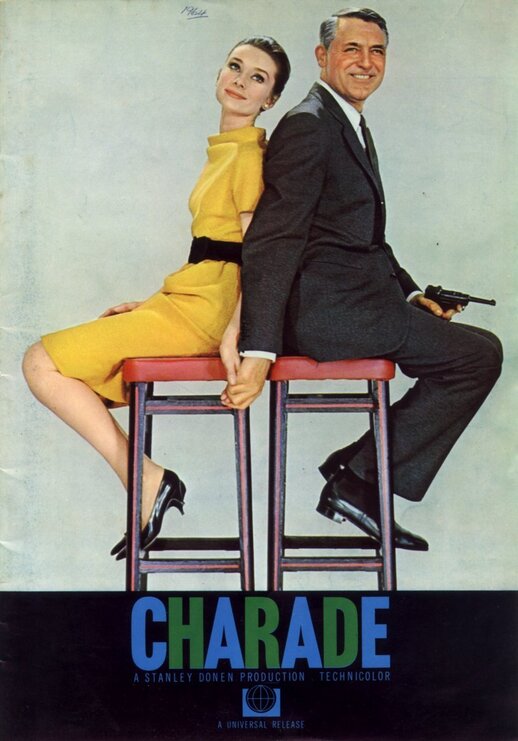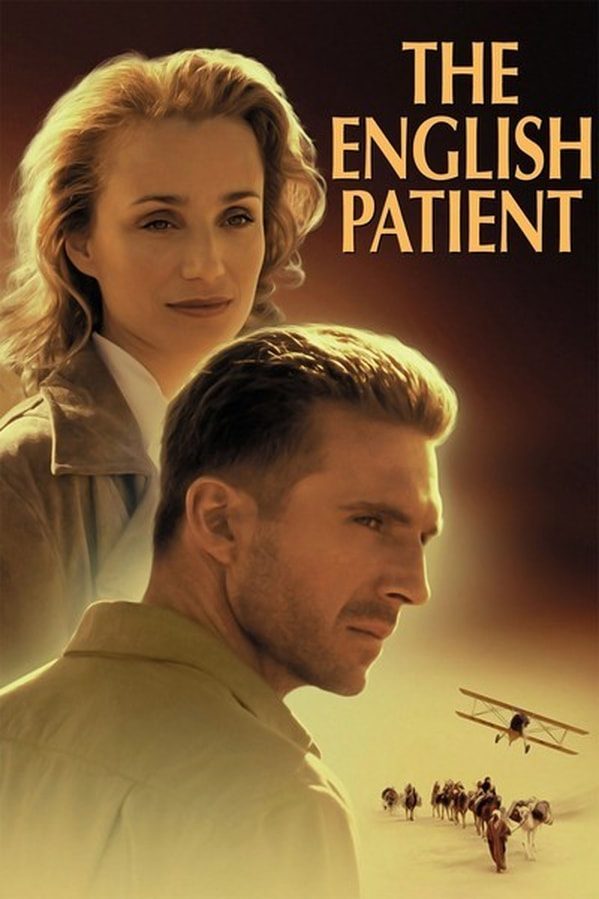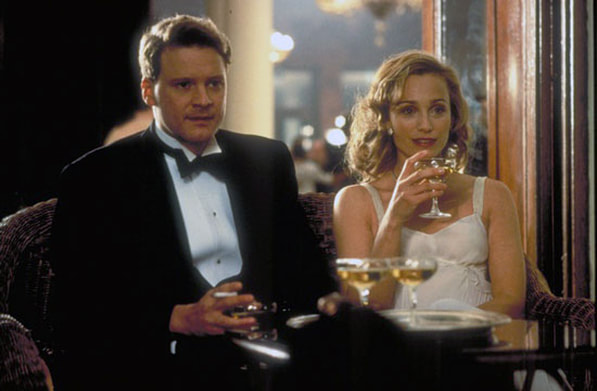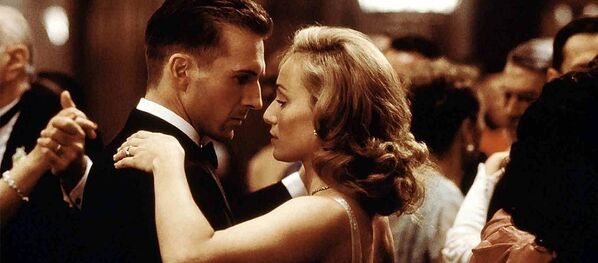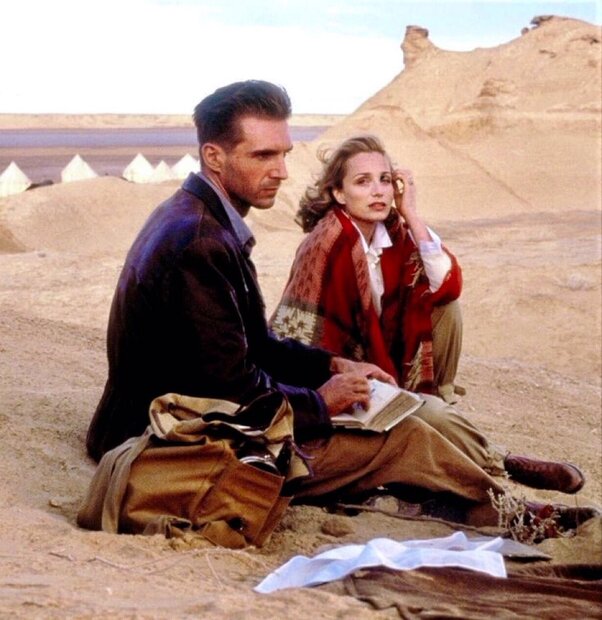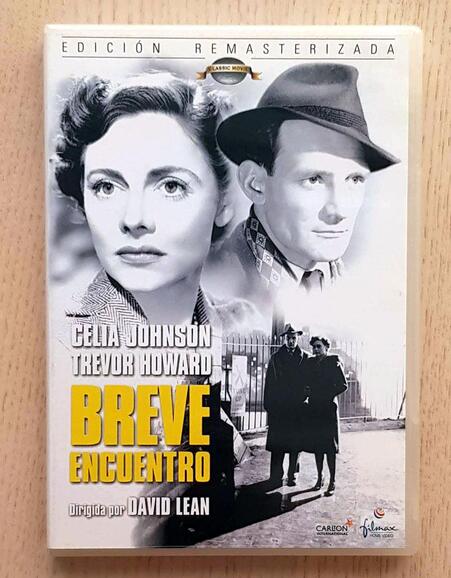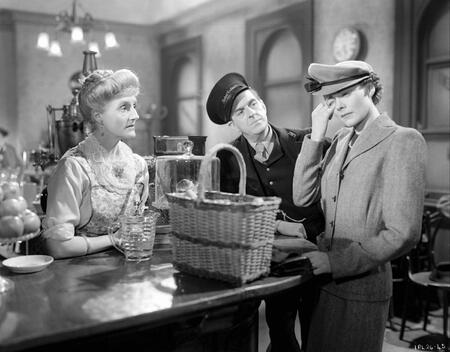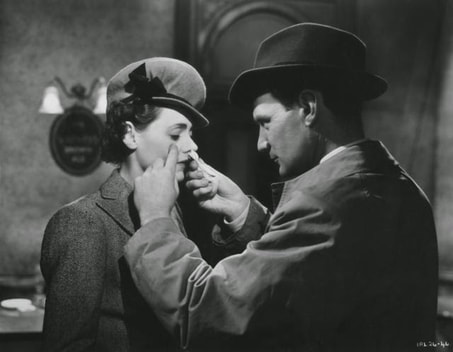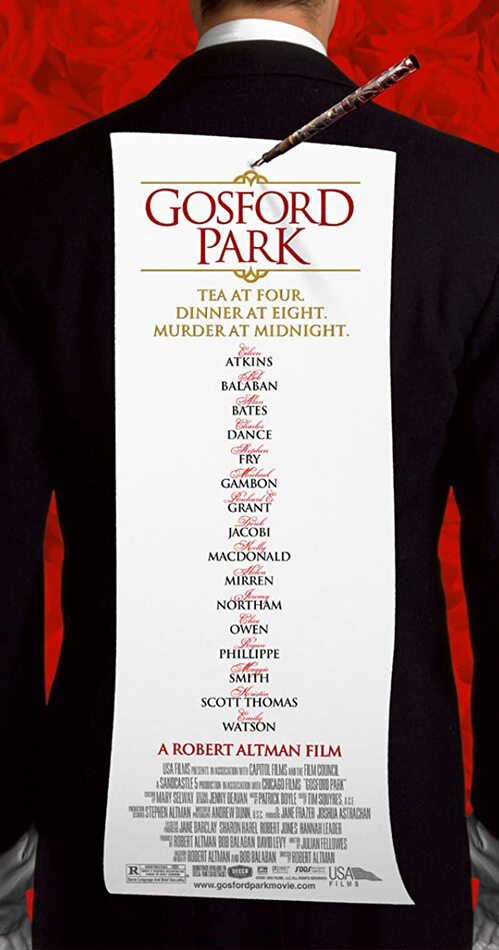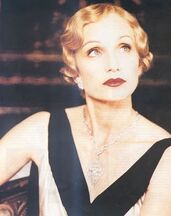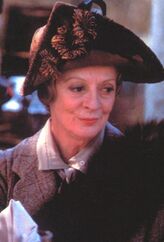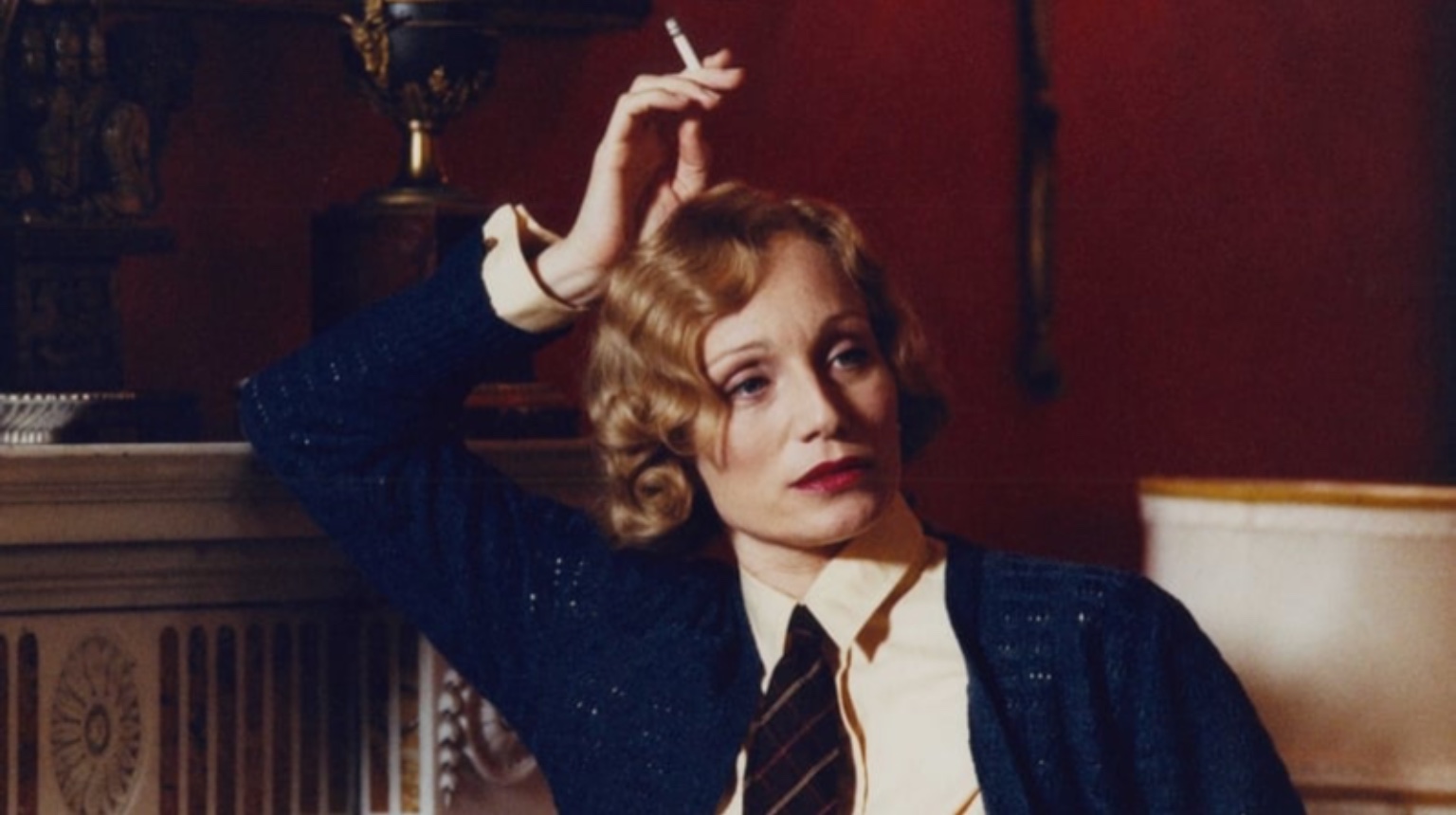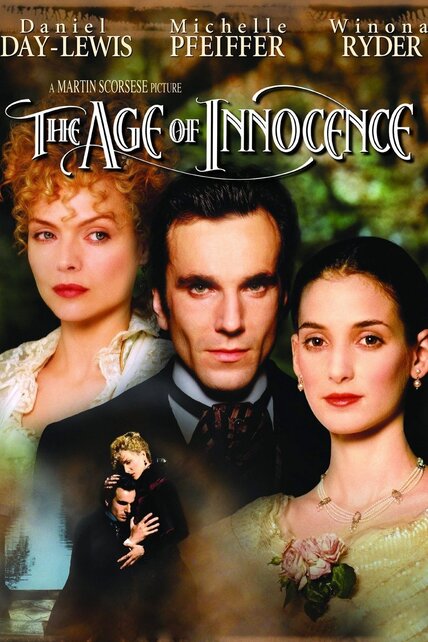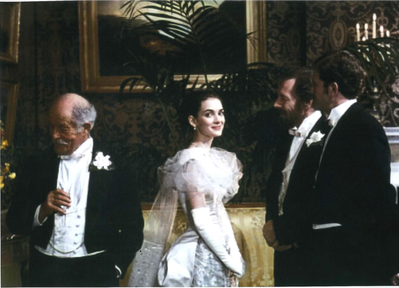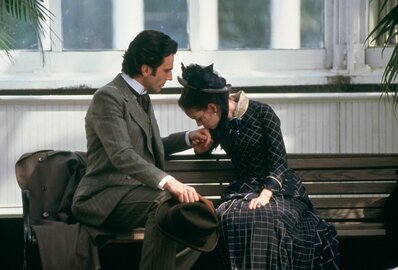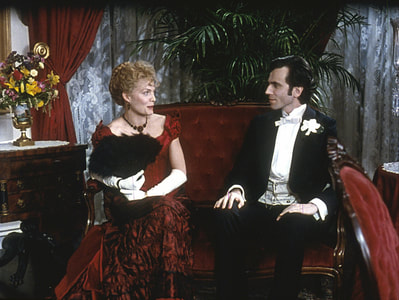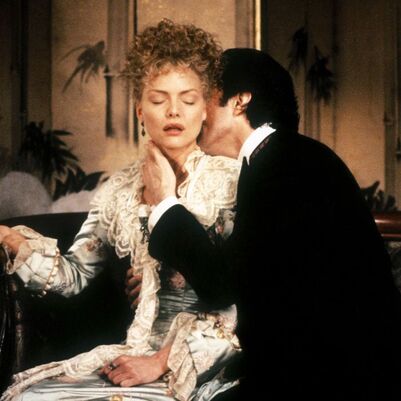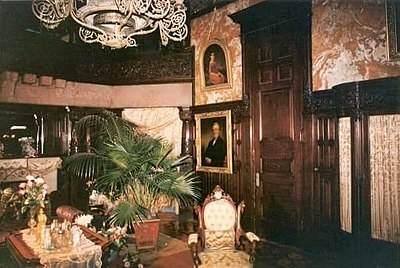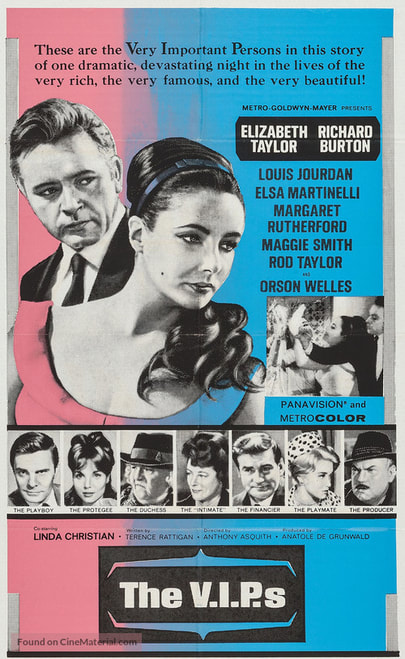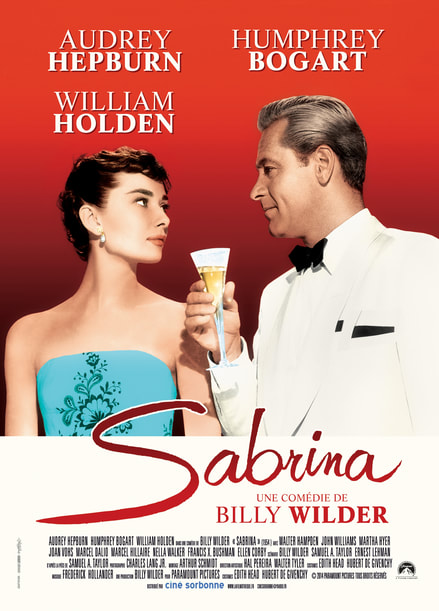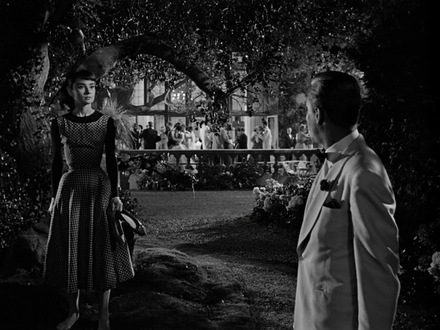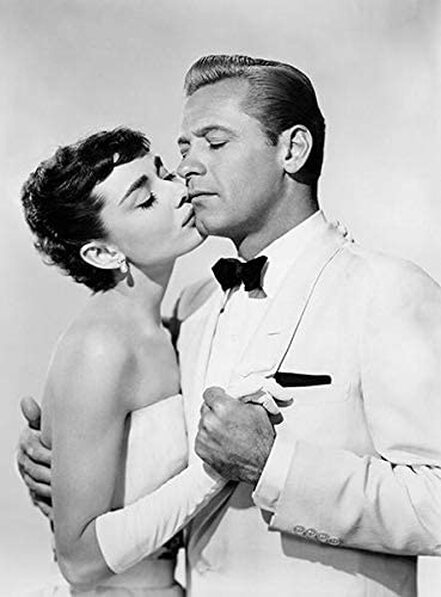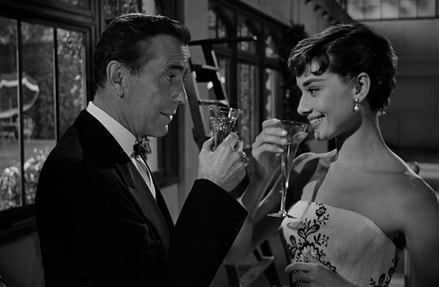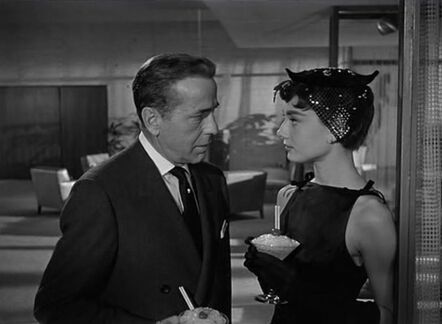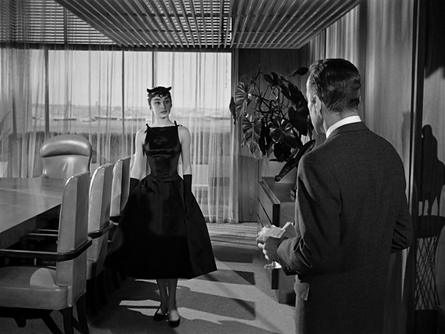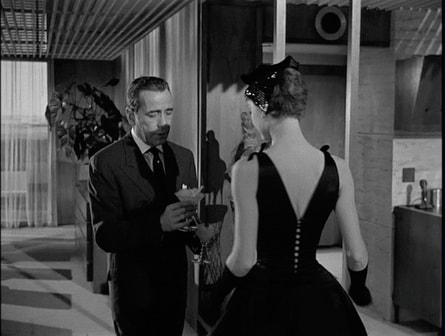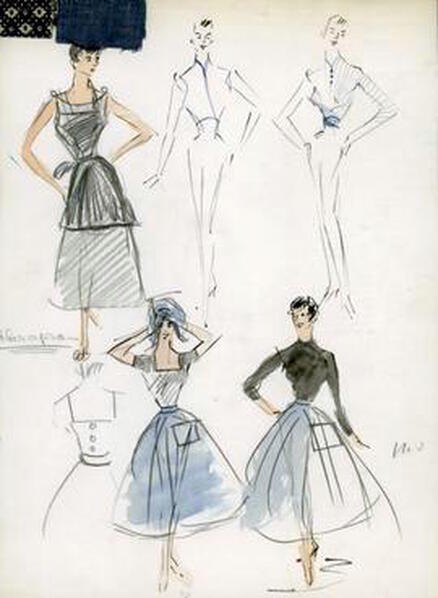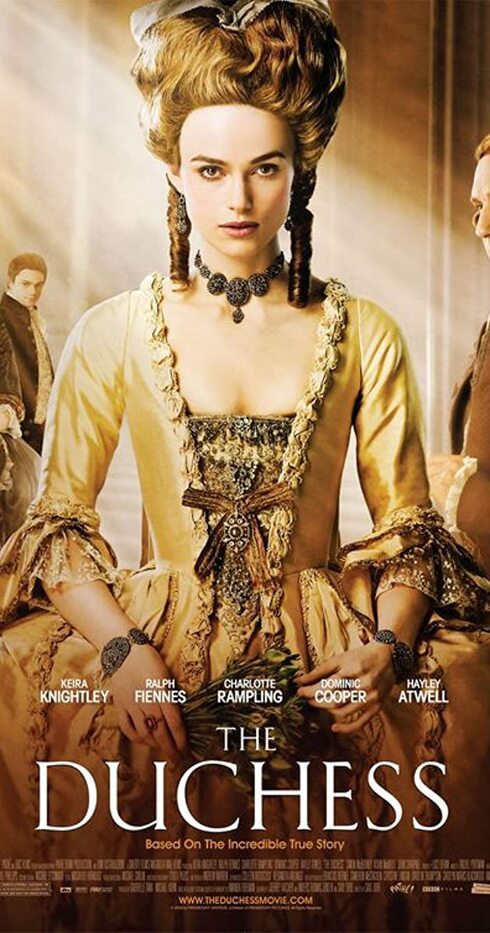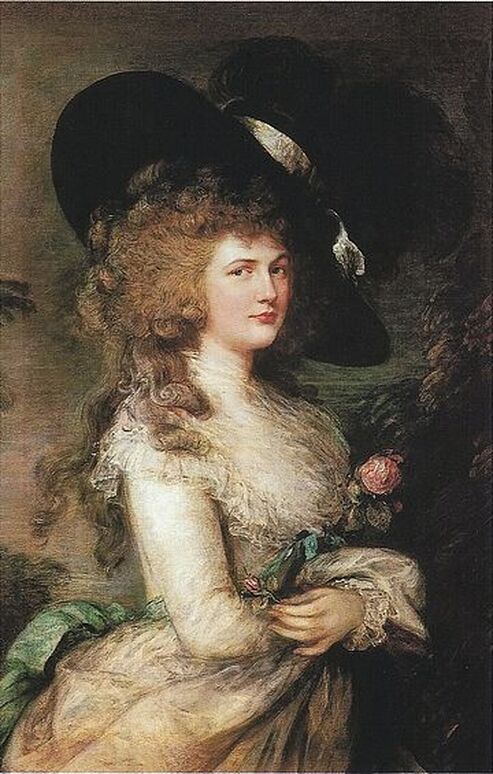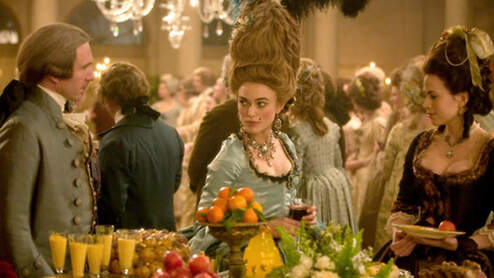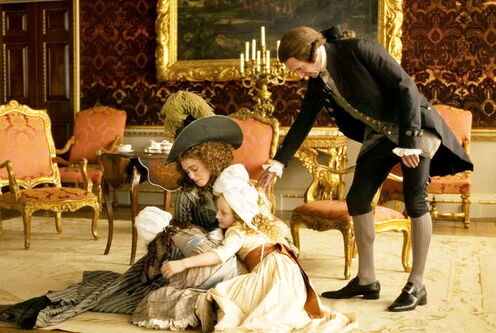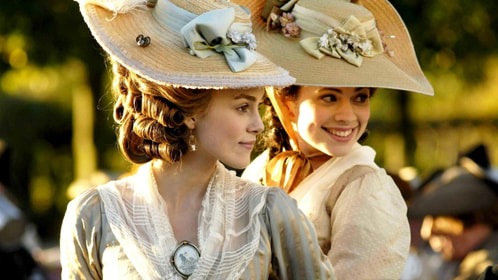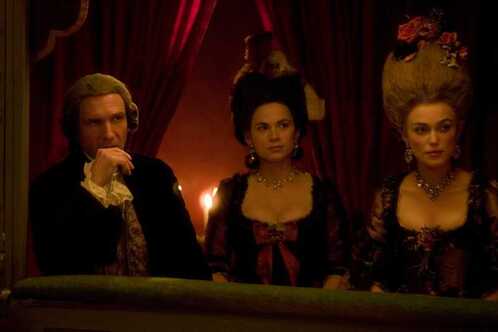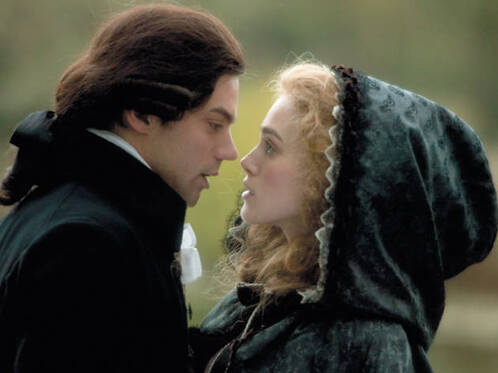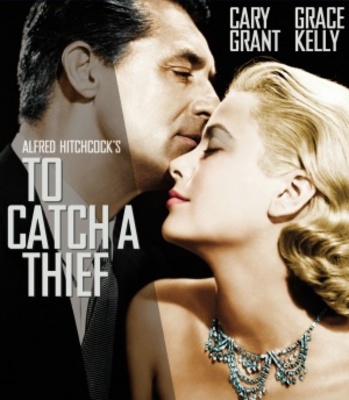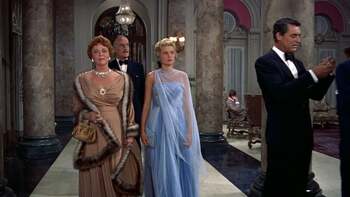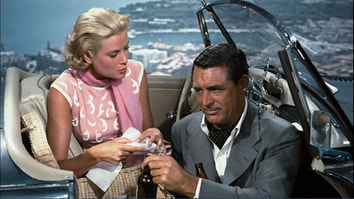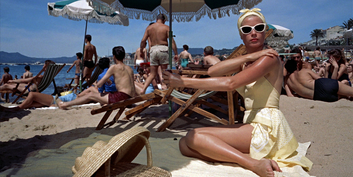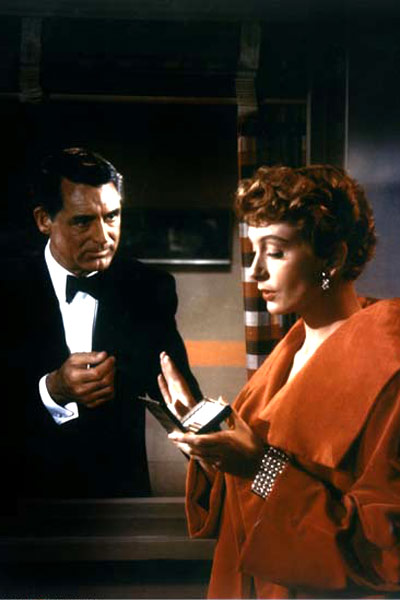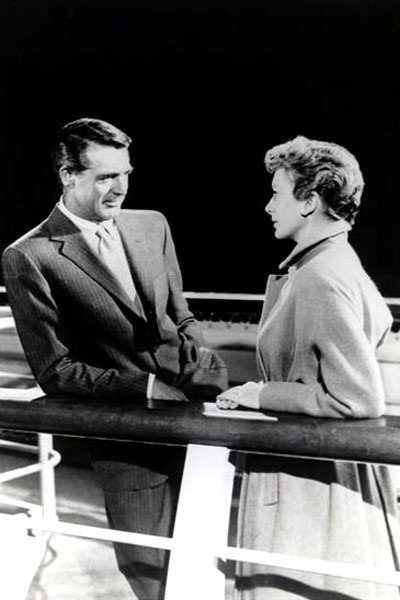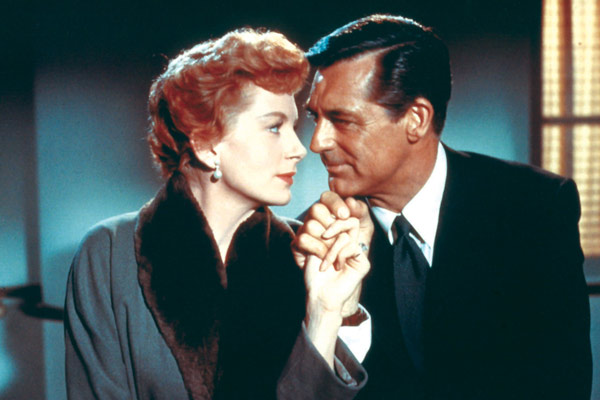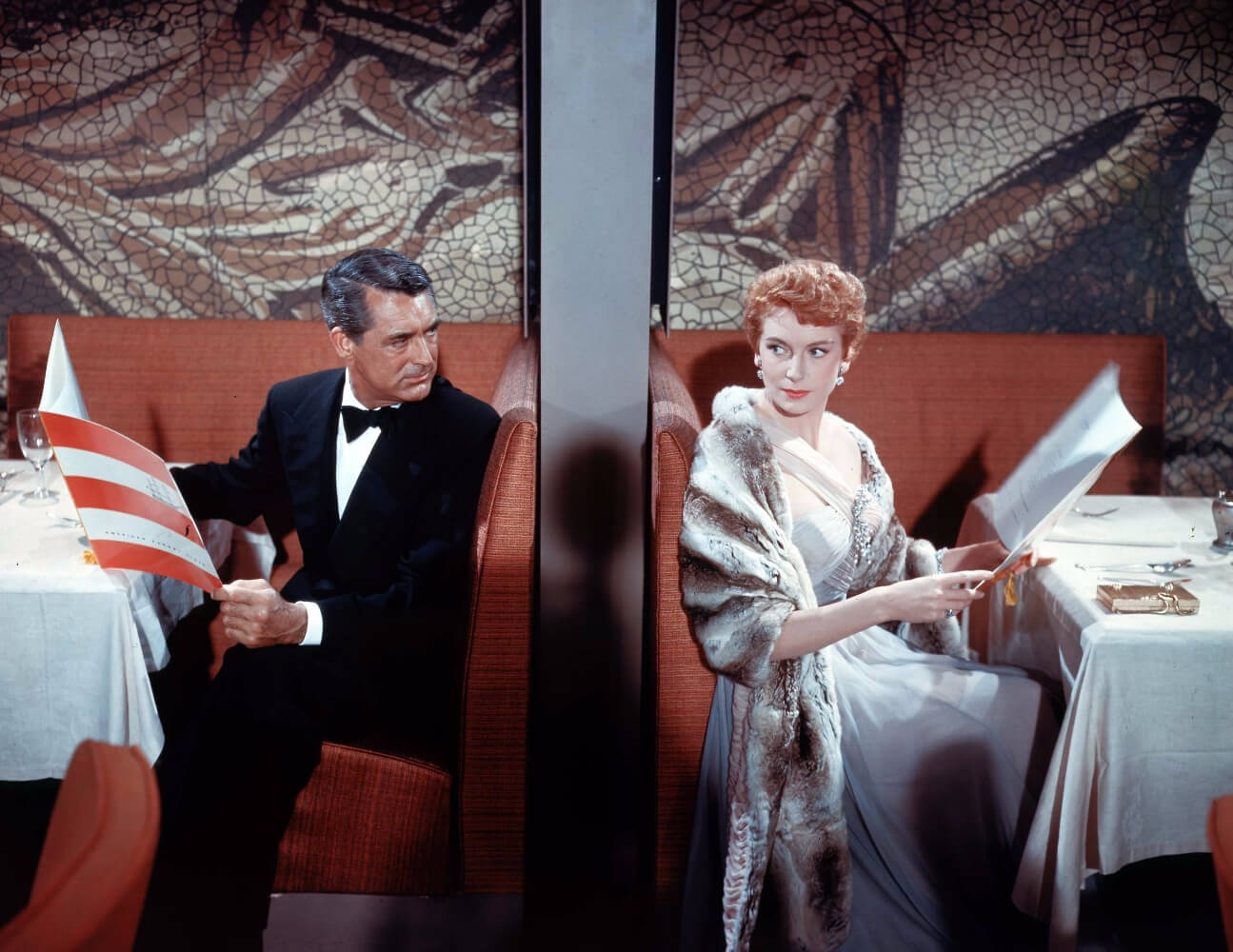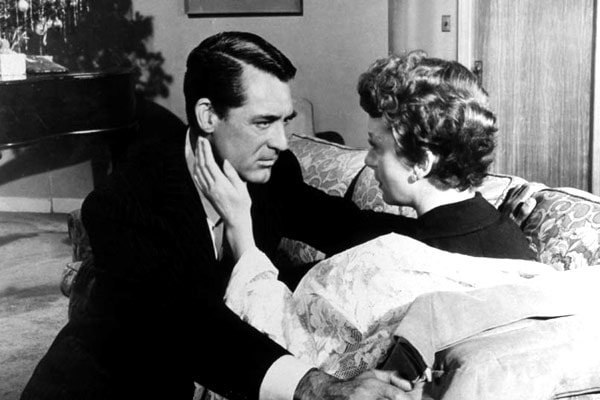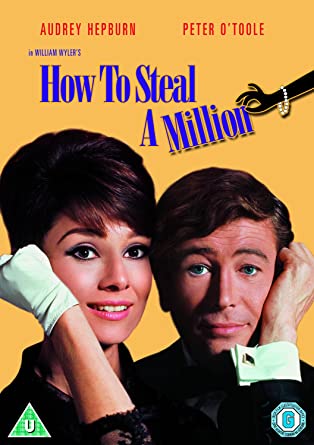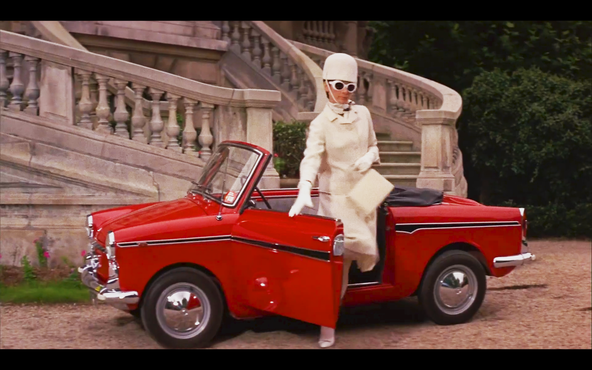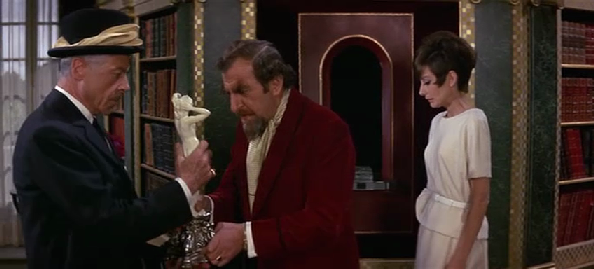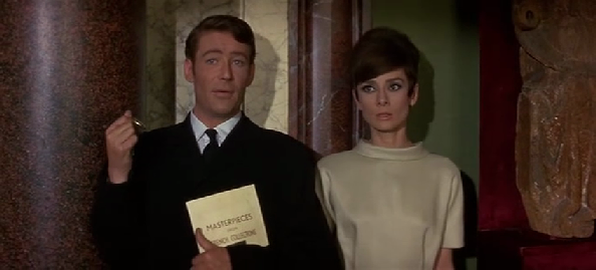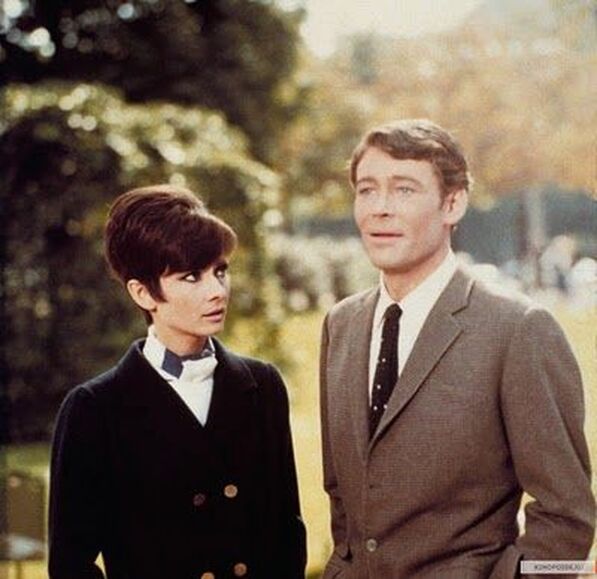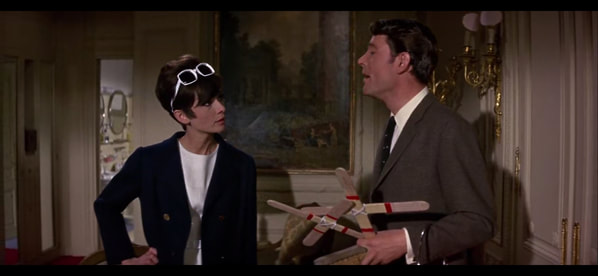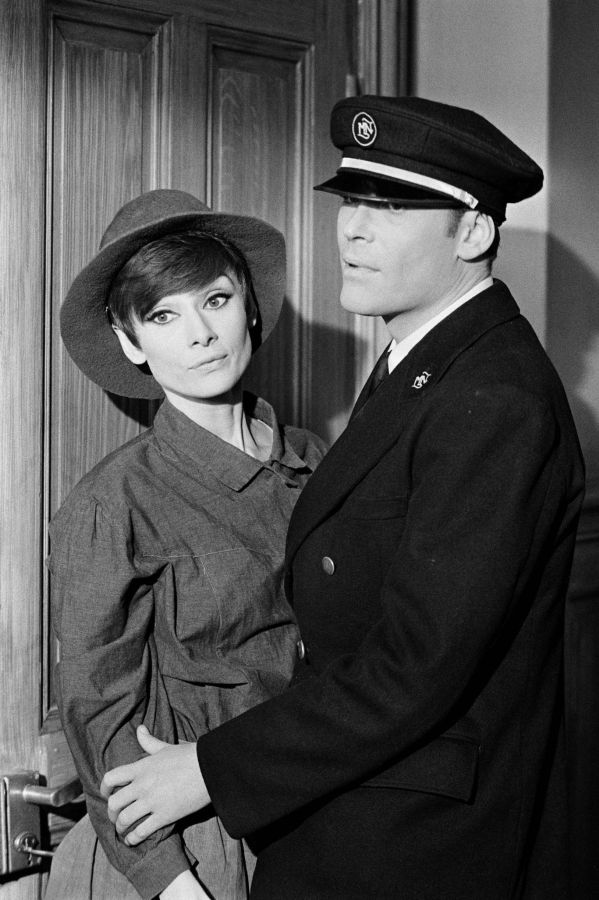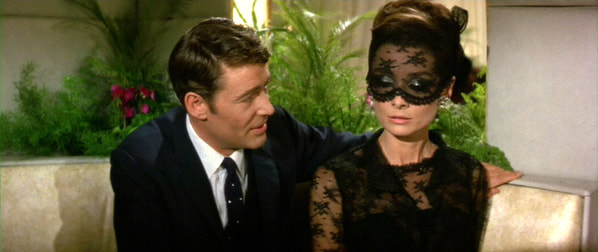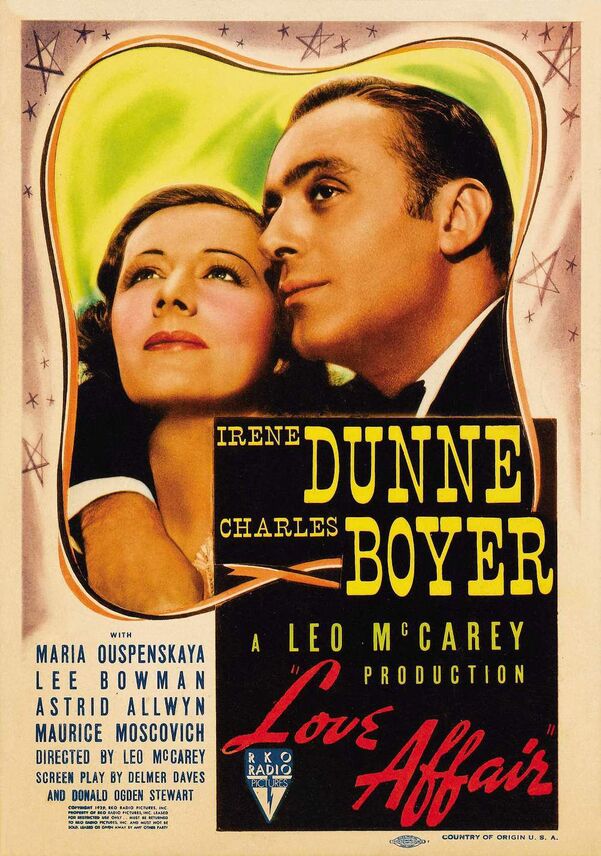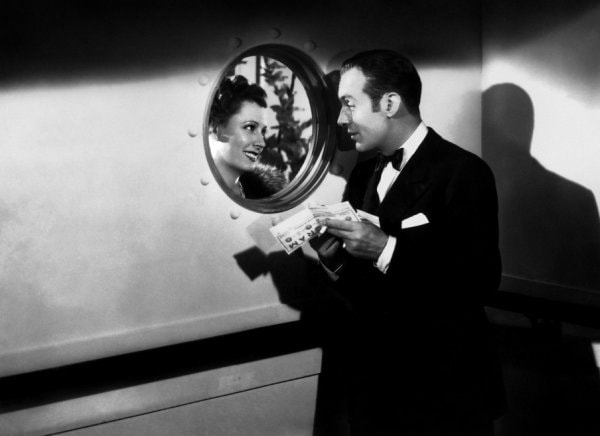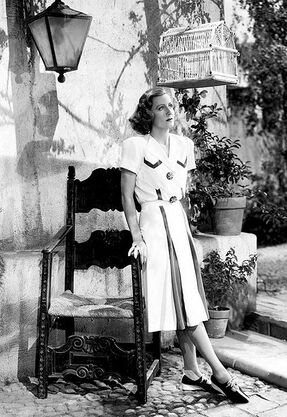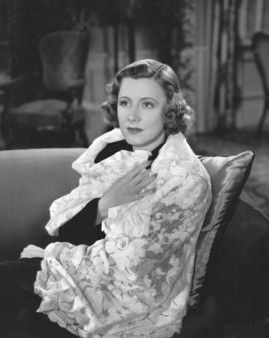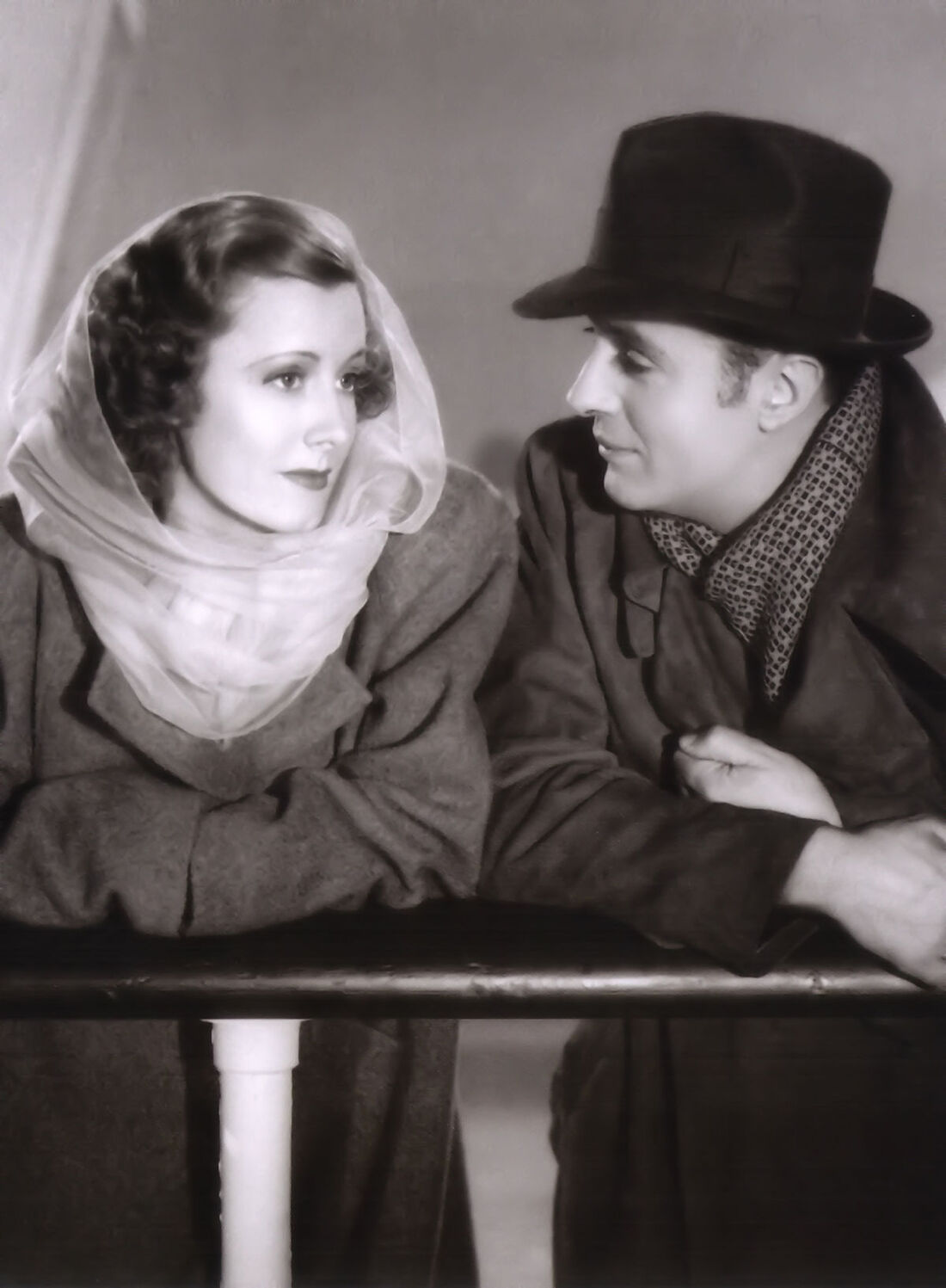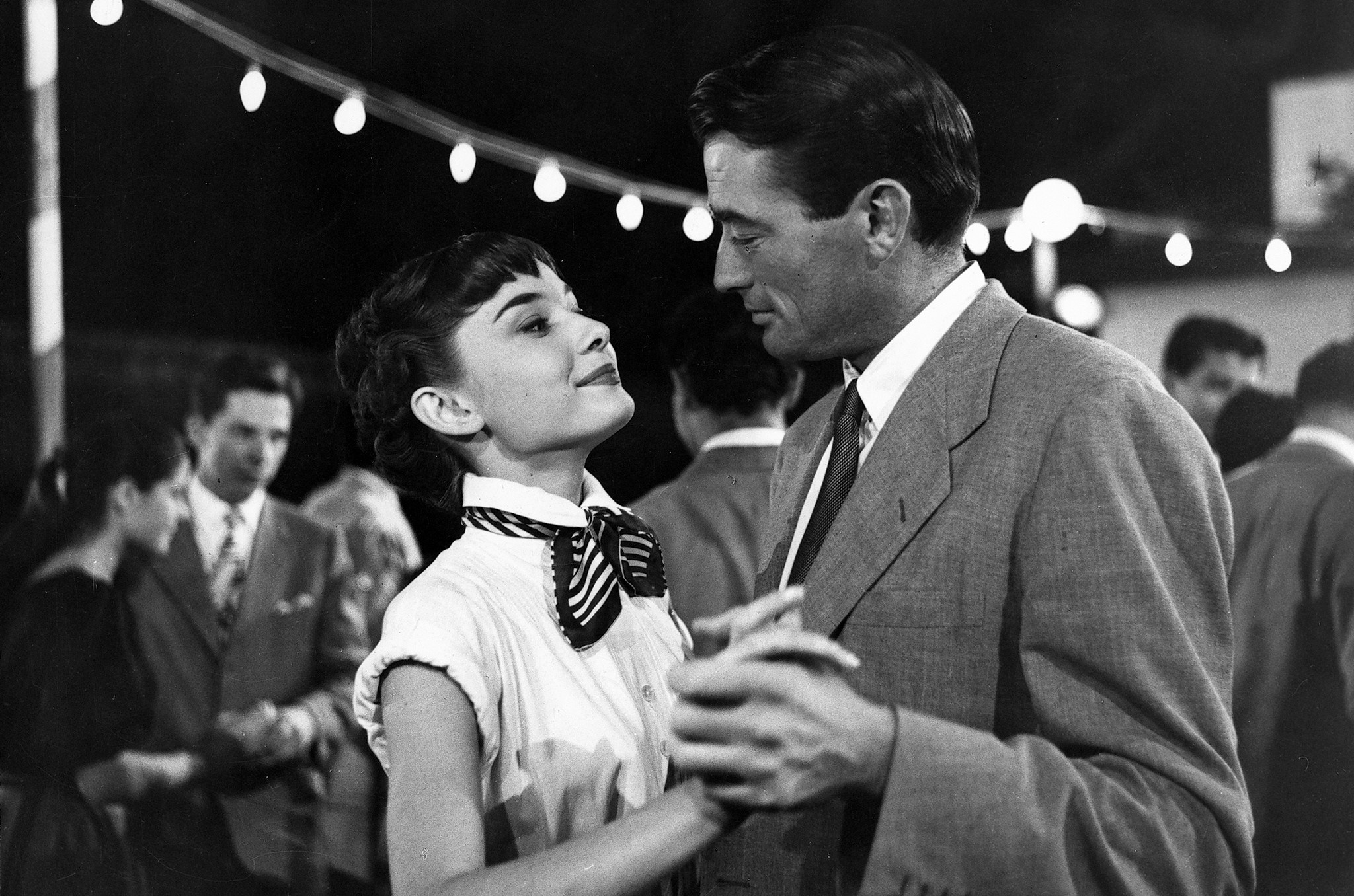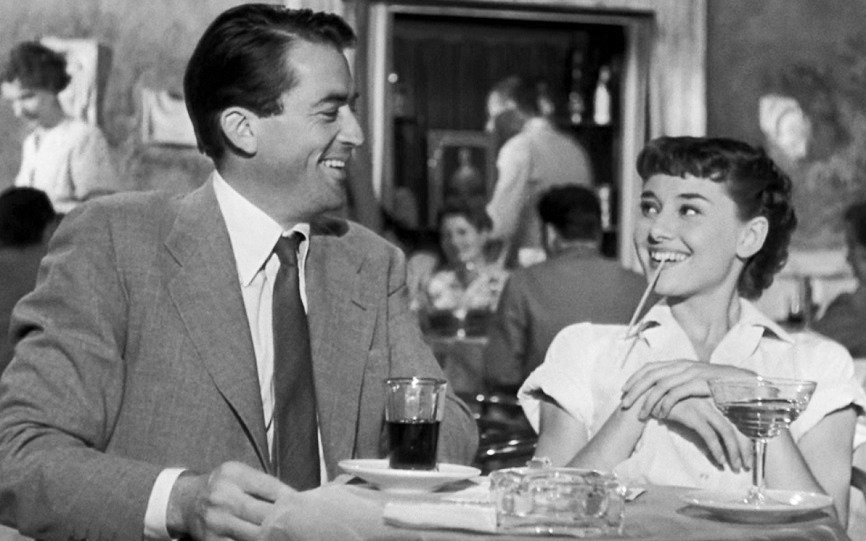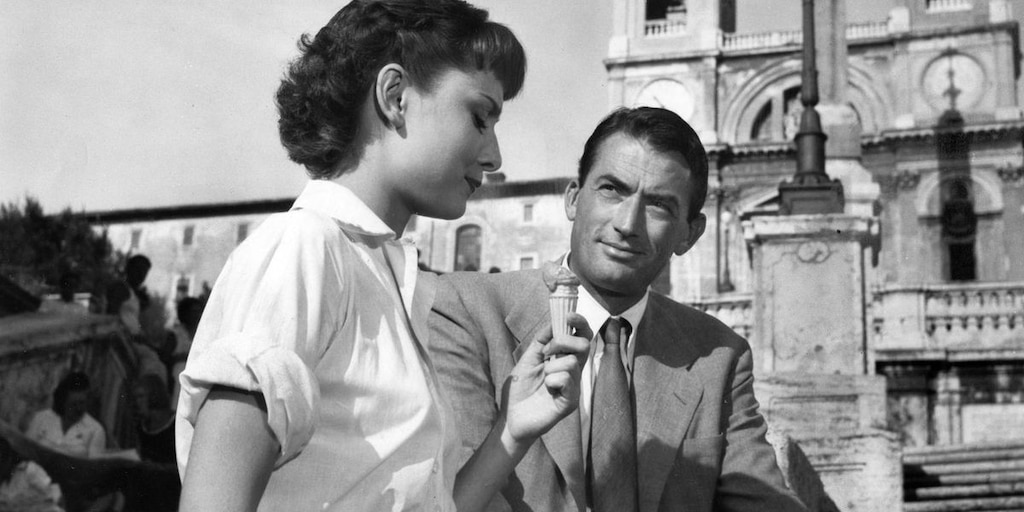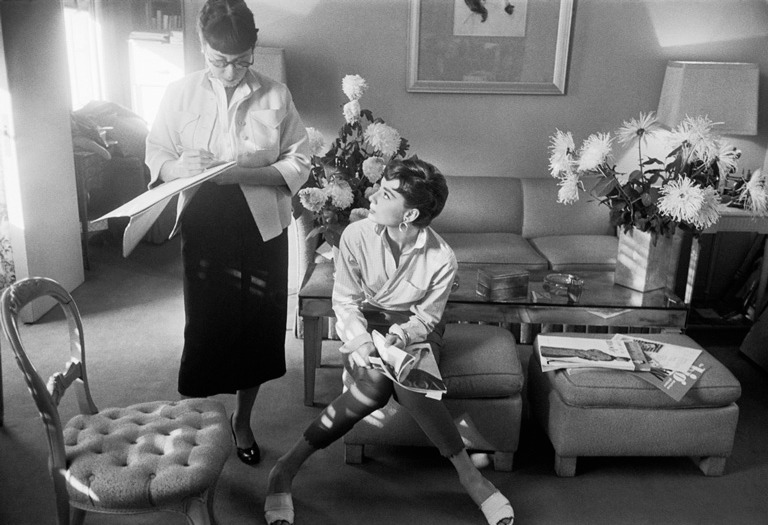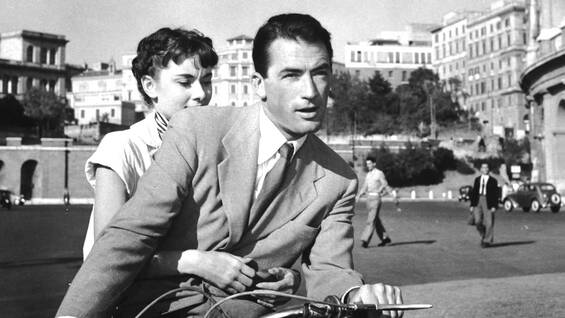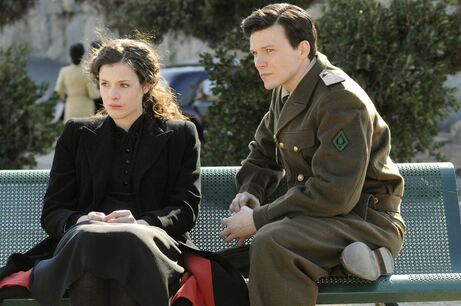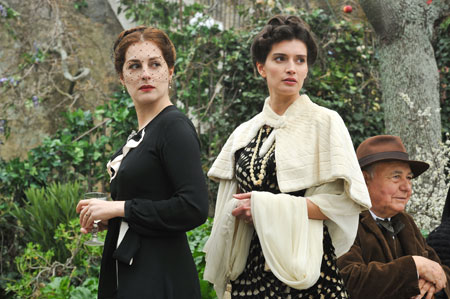|
Somewhere in Time is a 1980 American romantic fantasy drama film released on 3 October, 1980 from Universal Pictures, directed by Jeannot Szwarc, and starring Christopher Reeve, Jane Seymour, and Christopher Plummer. It is a film adaptation of the novel Bid Time Return (1975) by Richard Matheson, who also wrote the screenplay. Reeve and Seymour fell in love and had a brief relationship during production. The PlotIn 1972, college theater student Richard Collier(played by Christopher Reeve) celebrates the debut of his new play. An elderly woman approaches him, places a pocket watch in his hand, and pleads, "Come back to me". After returning to her home, she dies in her sleep. Eight years later, Richard is a successful playwright living in Chicago. While struggling with writer's block, he decides to take a break and travel to a resort, the Grand Hotel. There he becomes enthralled with a vintage photograph of Elise McKenna(played by Jane Seymour), an early-20th century stage actress. She turns out to be the woman who gave him the pocket watch. Richard visits Laura Roberts, Elise's former housekeeper and companion, and discovers a music box that plays the 18th variation of Rhapsody on a Theme of Paganini by Rachmaninoff, his favorite musical piece. Among Elise's personal effects is a book on time travel written by his old college professor, Dr. Gerard Finney. Having fallen in love with Elise, Richard becomes obsessed with traveling back to 1912 and meeting her. He seeks out Professor Finney, who believes that he briefly time-traveled through the power of self-suggestion. Dressed in an early 20th-century suit, Richard attempts to will himself to 1912 using tape-recorded suggestions. The attempt fails because he lacks real conviction, but after finding a hotel guest book from 1912 containing his signature, he realizes that he will succeed. He hypnotizes himself again, allowing his faith in his eventual success to serve as the engine that transports him back in time. When he awakes in 1912, he finds Elise walking by the lake. Upon meeting him, she asks, "Is it you?” Her manager, William Fawcett Robinson(played by Christopher Plummer), intervenes and sends Richard away. Although Elise is initially uninterested, Richard pursues her until she agrees to accompany him on a stroll the next morning. He asks what Elise meant by "Is it you?" Elise reveals that Robinson had predicted that she would meet a man who will change her life and that she should be afraid. Richard shows Elise the pocket watch that she will give him in 1972. Richard attends Elise's play where she recites an impromptu romantic monologue while making eye contact with him. Afterward, he receives a message from Robinson requesting a meeting. Robinson wants him to leave Elise, saying it is for her own good. When Richard declares his intention to stand by Elise for the rest of her life, Robinson has him bound and locked inside the stables. He then tells Elise that Richard has left. Richard wakes the next morning and frees himself. The acting troupe has left for Denver, though Elise has returned to the hotel to find him. They go to her room and make love. They agree to marry, and Elise promises to buy Richard a new suit, as his is out of style. Inside one of the suit pockets, Richard discovers a penny with a 1979 mint date. This modern item breaks the hypnotic suggestion, pulling Richard into the present. He awakens in 1980, physically weakened by the time travel. His attempts to return to 1912 are unsuccessful. After despondently wandering the hotel grounds for weeks without eating, he dies in despair. Richard’s spirit then joins Elise in the afterlife. Although the film was well received during its previews, it was derided by critics upon release and underperformed at the box office. The film is known for its musical score composed by John Barry, featuring pianist Roger Williams. The 18th variation of Sergei Rachmaninoff's Rhapsody on a Theme of Paganini is also used several times. Thanks to cable television the film garnered a huge fan audience and interest in the music score. So many requests were made at record stores across the country that Universal pressed 500,000 more copies and the soundtrack, now into several pressings, still sells well on compact disc. The music became one of the most requested at weddings for a decade after the film's release. Somewhere in Time received several awards, including Saturn Awards for Best Costume, Best Music, and Best Fantasy Film. The film was also nominated for the Academy Award for Best Costume Design (Jean-Pierre Dorleac).
The film is recognized by the American Film Institute in these lists: 2002: AFI's 100 Years...100 Passions – Nominated 2005: AFI's 100 Years of Film Scores – Nominated
0 Comments
La Belle Noiseuse est un film français de Jacques Rivette, sorti en 1991 lors du Festival de Cannes, où il reçoit le Grand Prix du jury, puis le prix Méliès. Le film est une libre adaptation du roman Le Chef-d'œuvre inconnu de Balzac. SynopsisNicolas, un jeune artiste peintre, rêve de rencontrer son aîné, le célèbre Édouard Frenhofer. Par l'intermédiaire de Balthasar Porbus, un marchand de tableaux, il est introduit avec Marianne, sa compagne, dans la demeure de Frenhofer. Celui-ci les emmène dans l'atelier qu'il a déserté et leur parle de La Belle Noiseuse, un tableau abandonné depuis dix ans, et pour lequel sa femme Liz avait servi de modèle. D'un commun accord, Nicolas et Édouard décident que Marianne sera la nouvelle « Belle Noiseuse ». Marianne se rebelle contre une décision prise sans elle, mais, le lendemain, elle se présente à la porte de la maison. Pendant les cinq journées de pose, la tension va monter entre les différents protagonistes. Après les premières réticences, Marianne s'attache au maître et finit par l'encourager quand celui-ci fatigue. Liz tente de prévenir la jeune femme sur l'enjeu d'être modèle pour Frenhofer, mais Marianne, indépendante et têtue, refuse de l'écouter. Finalement, le tableau achevé, Marianne, horrifiée, se découvre plus vraie que nature : c'est son intériorité que le peintre a réussi à saisir. Le tableau l'a définitivement changée : rien ne sera plus comme avant. Projet et réalisationL'histoire originelle, Le Chef-d'œuvre inconnu, se passait au début du xviie siècle. Balzac y traitait de la création artistique et de ses rapports avec l'imitation de la nature. Jacques Rivette, en adaptant très librement le texte d'origine, a replacé l'action dans un cadre contemporain, gardant le prénom du peintre (Nicolas pour Nicolas Poussin) et le nom de son maître (Frenhofer). Rivette s'attache davantage aux rapports entre le peintre, le modèle et la peinture. Ici, c'est le modèle du peintre, la belle Marianne, qui sera détruite par sa rencontre avec la peinture d'elle-même. La problématique du rapport entre le corps, réduit à l'état d'objet de désir, de modèle, voire de cadavre dans le cas de Marie l'Égyptienne peinte par le héros de la nouvelle de Balzac, et le Pygmalion qui le représente, travaille depuis longtemps le cinéaste quand, au terme d'une longue réflexion sur le point de vue de Pablo Picasso sur ce sujet, il se décide à le traiter à sa manière. Dans son précédent film, La Bande des quatre, le personnage de Thomas Santini était à la recherche du tableau volé de Frenhofer, La Belle Noiseuse, dont la légende balzacienne fascinait également le peintre surréaliste Picasso. « C'était le peintre Bernard Dufour qui était la main de Michel Piccoli dans ce film, celui qui dessinait et peignait réellement le nu pour lequel posait Marianne, interprétée par Emmanuelle Béart. » Il est à noter que, contrairement à ce qu'affirme le personnage de Marianne, le mot « noiseuse » n'est pas employé au Québec. Il a vraisemblablement été confondu avec « niaiseuse », un terme québécois dérivé de l'adjectif « niaise ». Dans l'une des scènes, Frenhofer demande à Marianne si elle connait un sculpteur du nom de Rubek. Il s'agit très probablement d'une allusion à la pièce d'Henrik Ibsen, Quand nous nous réveillerons d'entre les morts, où un sculpteur rencontre une mystérieuse jeune femme qui s'avère être l'un de ses anciens modèles à qui il captura l'âme pour la mettre dans son chef-d'œuvre, une sculpture appelée Le Jour de la résurrection. Fiche technique
Distribution
DistinctionsRécompenses
Nominations César 1992
Charade is a 1963 American romantic comedy mystery film produced and directed by Stanley Donen, written by Peter Stone and Marc Behm, and starring Cary Grant and Audrey Hepburn. The cast also features Walter Matthau, James Coburn, George Kennedy, Dominique Minot, Ned Glass, and Jacques Marin. It spans three genres: suspense thriller, romance and comedy. The film has a sparkling screenplay, especially the repartee between Grant and Hepburn. It was filmed on location in Paris. Henry Mancini's score features the popular theme song Charade. It has animated titles by Maurice Binder. Charade has been described as "the best Hitchcock movie [that] Hitchcock never made". PlotWhile on holiday in the French Alps with her friend Sylvie, Regina "Reggie" Lampert(played by Audrey Hepburn), an expatriate American working as a simultaneous interpreter, she meets Peter Joshua(played by Cary Grant), a charming American. On her return to Paris, she finds her apartment stripped bare. A police inspector tells her that her husband Charles (with whom she is going to divorce) sold off their belongings, then was murdered while leaving Paris. Their money is also missing. Reggie is given her husband's belongings, a small travel bag containing a letter addressed to her, a ship ticket to Venezuela, four passports in multiple names and nationalities, and other miscellaneous personal items. At Charles' sparsely attended funeral, three men show up to view the body. One sticks a pin into the body to determine if Charles is really dead. Reggie is summoned to meet CIA administrator Hamilton Bartholomew at the American Embassy. She learns that the three men are Herman Scobie, Leopold W. Gideon, and Tex Panthollow. During World War II, they, Charles, and another man, Carson Dyle, were assigned an OSS operation to deliver $250,000 ($3.7 million in current dollar terms) in gold to the French Resistance, but instead stole it. Carson was fatally wounded in a German ambush, and Charles double-crossed the others, taking all the gold. The three survivors are after the missing money, as is the U.S. government. Hamilton insists Reggie has it, even if she does not know what or where—and that she is in great danger. Peter the charming American mysteriously reappears in Reggie's life in Paris and helps her move into a hotel. The three criminals separately threaten her, each convinced she knows where the money is. Herman then shocks her, claiming that Peter is in league with them, after which Peter confesses he is Carson Dyle's brother, Alexander, and is trying to bring the others to justice, believing they killed Carson. As the hunt for the money continues, Herman and Leopold are murdered. Hamilton tells Reggie that Carson Dyle had no brother. When she confront Peter, he now says he is Adam Canfield, a professional thief. Although frustrated by his dishonesty, Reggie still trusts him. Reggie and Adam go to an outdoor market where Charles' last known appointment was. Spotting Tex, Adam follows him. At the stamp-selling booths, Adam and Tex each realize that Charles bought three extremely valuable stamps and affixed them to the envelope found in his travel bag. Both men race back to Reggie's hotel room, only to discover the stamps missing from the envelope. Reggie, who gave the stamps to Sylvie's young son, Jean-Louis, suddenly realizes the envelope's significance. She and Sylvie locate Jean-Louis, but he has already traded the stamps to a dealer. They find the dealer who says the rare stamps are worth $250,000 in total. He readily returns them to Reggie. Reggie returns to the hotel and finds Tex's body with the name "Dyle" scrawled next to it. Convinced Adam is the murderer, a frightened Reggie telephones Hamilton, who says to meet him at the Colonnade at the Palais-Royal. Adam sees her leaving and gives chase. At the Colonnade, Reggie is caught out in the open between the two men. Adam claims Hamilton is really Carson Dyle: after surviving the German ambush, he became obsessed with revenge on his ex-comrades and reclaiming the treasure. Reggie runs into an empty theater and hides in the prompt box. Carson is about to shoot her, but Adam activates a trapdoor under him, and Carson falls to his death. The next day, Reggie and Adam go to the embassy to turn over the stamps, though Adam declines going in. Inside, Reggie discovers that Adam is really Brian Cruikshank, a U.S. Treasury agent responsible for recovering stolen government property. With his true identity now revealed, he proposes marriage to Reggie. The film ends with a split-screen grid showing flashback shots of Cruikshank's four identities (Peter, Adam, Alexander, Brian), while Reggie says she hopes they have lots of boys, so they can name them all after him. Production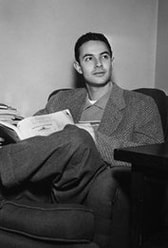 Director: Stanley Donen (April 13, 1924-21 February) He has the sensibility to be American and European at the same time, and many of his movies have the same sweetness and subtleties, like funny face, singing in the rain, royal wedding. In charade,he expresses his wit and humor in a very elegant way. 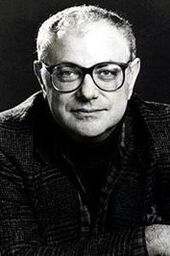 Screen writer: Peter Stone (February 27 1930-April 26 2003) Charade was his first screenplay, based on his novel The Unsuspecting Wife. According to Peter Stone, he has written the screen play with Audrey Hepburn and Cary Grant in mind, perhaps that's why they both performed so naturally as if performing themselves. 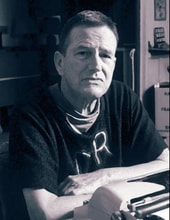 Screen writer: Marc Behm (12 January 1925 in Trenton, New Jersey – 12 July 2007 in Fort-Mahon-Plage, France) As an American solider fighting in France during the second world war, he became fascinated by French culture and fell in love with a French nurse, thus another American in Paris. Recognized better as crime novel writer, but better known as screenwriter of Charade. The smart and screenplay is full of wit, humor ad charm. To read the screenplay, click here.  Costume Designer: Hubert de Givenchy (21 February 1927-10 March 2018) Since the film Sabrina, Hubert de Givenchy became Audrey Hepburn's favorite costume designer for her films. Although the black floor dress he designed for Audrey in film Breakfast at Tiffany's is her most iconic outfit, in Charade, he has made her the most Parisian wardrobe. 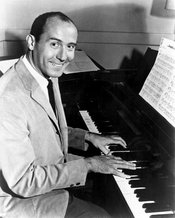 Composer: Henry Mancini (16 April 1924-14 June 1994) Best known as the composer of Moon River for the film Breakfast at Tiffany's, Henry Mancini was a master of sound that matches moving images, just like the greatest film composers Ennio Morricone and Nino Rota. Perhaps it was his Italian blood. 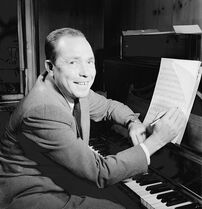 Song writer: Johnny Mercer (18 November 1909-25 June 1976) Lyric of Charade(Theme song of the film): When we played our Charade we were like children posing, Playing at games, acting out names, guessing the parts we played. Oh, what a hit we made. We came on next to closing Best on the bill, lovers until love left the masquerade. Fate seemed to pull the strings, I turned and you were gone. While from the darkened wings the music box played on. Sad little serenade, song of my heart's composing, I hear it still, I always will, best on the bill Charade. When screenwriters Peter Stone and Marc Behm submitted their script The Unsuspecting Wife around Hollywood, they were unable to sell it. Stone then turned it into a novel, retitled Charade, which found a publisher and was serialized in Redbook magazine, as many novels were at the time. The series caught the attention of the same Hollywood companies that had passed on it earlier. The film rights were quickly sold to producer/director Stanley Donen. Stone then wrote the final shooting script, tailored to stars Audrey Hepburn and Cary Grant, with Behm receiving story co-credit. Hepburn shot the film in the fall of 1962, immediately after Paris When It Sizzles, which was filmed that summer in a number of the same locations in Paris, but difficulties with the earlier production caused it to be released four months after Charade. When the film was released at Christmas time, 1963, Audrey Hepburn's line, "at any moment we could be assassinated", was dubbed over with "at any moment we could be eliminated" due to the recent assassination of President John F. Kennedy. The dubbed word stood out quite clearly, so official video releases of the film have since restored the original dialogue, though some public domain videos taken from original release prints still carry the redubbed line. Cary Grant, who turned 59 during filming, was sensitive about the 25-year age difference between Audrey Hepburn (33 at the time of filming) and himself, and was uncomfortable with their romantic interplay. To satisfy his concerns, the filmmakers agreed to add dialogue that has Grant's character comment on his age, and Hepburn's character Regina is portrayed as the pursuer. The screenwriter, Peter Stone, and the director, Stanley Donen, have an unusual joint cameo role in the film. When Reggie goes to the U.S. Embassy to meet Bartholomew, two men get on the elevator as she gets off. The man who says, "I bluffed the old man out of the last pot — with a pair of deuces" is Stone, but the voice is Donen's. Stone's voice is later used for the U.S. Marine who is guarding the Embassy at the film's ending. Watch the film in EnglishWatch the film in FrenchWatch the film in ItalianFurther interestWritten and directed by Maria Peters, the film ‘The Conductor’ is based on the true story of the Dutch born Antonia Brico. In the late 1920’s she was the world’s first woman who successfully conducted a large symphony orchestra. Until recent, women barely succeeded to reach the world’s top ranking conductors. Until 2017, none of the world's 50 best conductors in the world is a woman. In 2018, for the first time in Dutch history, the Netherlands Radio Philharmonic Orchestra appointed a woman as its Chief Conductor: Karina Canellakis. The storyUnited States 1926: The Dutch, 24-year-old Antonia Brico was a child when she and her parents immigrated to the United States. She dreams of becoming a conductor, but nobody takes her ambition seriously. After hard working and sheer persistence, she managed to enter into the conservatory, but soon afterwards she was forced to leave it after her piano teacher accused her of physical attack after his failed attempts of assault. With the help of her friend Robin, a musician, Antonia was able to survive and love also knocks on her door. But the dream of becoming a conductor never leaves her. she returns to her motherland, where she begs her idol, the famous Holland conductor Mengelberg to teach her conducting lessons. Mengelberg is not comfortable with the idea and sends her to Berlin where she, against all expectations, has a better chance as a woman to make it. After a two-year study at the State Academy of Music she becomes the first woman to conduct the Berlin Philharmonic Orchestra. Then she goes back to USA, will she be able to achieve the same in New York? The cast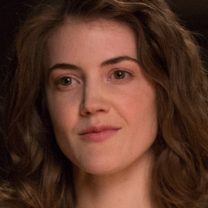 Antonia Brico/Willy by Christanne de Brujin 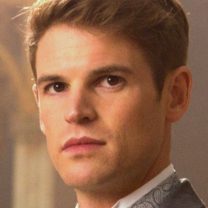 Frank Thompson by Benjamin Wainwright 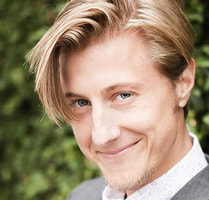 Robin Jones by Scott Turner Schofield 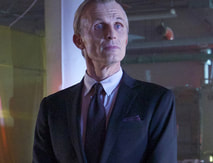 Karl Muck by Richard Sammel Breakfast at Tiffany's is a 1961 American romantic comedy film directed by Blake Edwards, written by George Axelrod, adapted from Truman Capote's 1958 novella of the same name, and starring Audrey Hepburn as Holly Golightly, a naïve, eccentric café society girl who falls in love with a struggling writer. It was theatrically released by Paramount Pictures on October 5, 1961, to critical and commercial success. Nominated for five Academy Awards (winning two), with the music (including "Moon River") nominated for six Grammy Awards (winning five), the film was selected in 2012 for preservation in the United States National Film Registry by the Library of Congress as being "culturally, historically or aesthetically significant". PlotEarly one morning, a taxi pulls up in front of the Tiffany & Co. flagship store and from it emerges elegantly dressed Holly Golightly, carrying a paper bag containing her breakfast. After looking into the store's window displays, she strolls to her apartment and has to fend off her date from the night before. Once inside, Holly cannot find her keys, so she buzzes her landlord, Mr. Yunioshi, to let her in. Later, she is awakened by new neighbor Paul Varjak(played by George Peppard), who rings her doorbell to get into the building. The pair chat as she dresses to leave for her weekly visit to mobster Sally Tomato, who is currently incarcerated at Sing Sing. Tomato's lawyer pays her $100 a week to deliver "the weather report". As she is leaving, Holly is introduced to Paul's "decorator", wealthy older woman Emily Eustace Failenson, whom Paul nicknames "2E". That night, when Holly goes out onto the fire escape to elude an over-eager date, she peeks into Paul's apartment and sees 2E leaving money and kissing him goodbye. Visiting Paul afterward, she learns he is a writer who has not had anything published since a book of vignettes five years before. Holly, in turn, explains she is trying to save money to support her brother Fred after he completes his Army service. The pair fall asleep but are awakened when Holly has a nightmare about her brother. When Paul questions her about this, Holly chides him for prying. She later buys Paul a typewriter ribbon to apologize and invites him to a wild party at her apartment. There, Paul meets her Hollywood agent, who describes Holly's transformation from a country girl into a Manhattan socialite, along with wealthy Brazilian politician José da Silva Pereira, and Rusty Trawler, the "ninth richest man in America under 50". Some time later, 2E enters Paul's apartment, worried she is being followed. Paul tells her he will investigate and eventually confronts Holly's husband, Doc Golightly, who explains that Holly's real name is Lula Mae Barnes and that they were married when she was approaching 14. Now he wants to take her back to rural Texas. After Paul reunites Holly and Doc, she informs Paul that the marriage was annulled. At the Greyhound bus station, she tells Doc she will not return with him, and he leaves broken-hearted. After drinking at a club, Paul and Holly return to her apartment, where she drunkenly tells him that she plans to marry Trawler for his money. A few days later, Paul learns that one of his short stories will be published. On the way to tell Holly, he sees a newspaper headline stating that Trawler has married someone else. Holly and Paul agree to spend the day together, taking turns doing things each has never done before. At Tiffany's, Paul has the ring from Doc Golightly's box of Cracker Jack engraved as a present for Holly. After spending the night together, he awakens to find her gone. When 2E arrives, Paul ends their relationship. She calmly accepts, having earlier concluded that he was in love with someone else. Holly now schemes to marry José for his money, but after receiving a telegram notifying her of her brother's death in a jeep accident, she trashes her apartment. Months later, she invites Paul to dinner, as she is leaving the next morning for Brazil to continue her relationship with José. However, the pair are arrested in connection with Sally Tomato's drug ring, and Holly spends the night in jail. The next morning, Hollywood friend O.J. Berman pays Holly's bail. Paul is waiting for her in a cab, bringing her pet, "Cat", and a letter from José explaining that he must end their relationship due to her arrest. Holly insists that she will go to Brazil anyway; she asks the cab to pull over and pushes Cat out into the pouring rain. Just after they get underway again, Paul storms out of the cab, tossing the engraved ring into her lap and telling her to examine her life. She goes through a decision-making moment, puts on the ring and runs after Paul, who has gone looking for Cat. Finally, Holly finds Cat sheltering in an alley and, with it tucked into her coat, she and Paul embrace. Official trailer of film Breakfast at Tiffany's ProductionTruman Capote, who sold the film rights of his novella to Paramount Studios, wanted Marilyn Monroe to play Holly Golightly, whom he had described perfectly in the book. He was cited as saying"Marilyn was always my first choice to play the girl, Holly Golightly." Screenwriter George Axelrod was hired to "tailor the screenplay for Monroe". But when Lee Strasberg advised Monroe that playing a "lady of the evening" would be bad for her image, she turned it down and performed in The Misfits instead. Kim Novak also turned down the role of Holly, as well as Shirley MacLaine who performed in Two Loves instead. When Audrey Hepburn was cast instead of Monroe, Capote remarked: "Paramount double-crossed me in every way and cast Audrey". Steve McQueen was offered the role of Paul Varjak, but declined the offer due to being under contract. Axelrod worked with the original director of the film John Frankenheimer for a period of three months, but Hepburn's agent wanted a more known director, so Frankenheimer was off the project and replaced by Blake Edwards. Filming began on Fifth Avenue outside the Tiffany & Co. flagship store on October 2, 1960. Most of the exteriors were filmed in New York City, and all of the interiors, except for portions of the scene inside Tiffany & Company, were filmed on the Paramount Studios lot in Hollywood. According to one report, the film's on-location opening sequence, in which Holly gazes into a Tiffany's display window, was extremely difficult for director Blake Edwards to shoot. Although it was simple in concept, crowd control, Hepburn's dislike of pastries, and an accident that nearly resulted in the electrocution of a crew member are all said to have made capturing the scene a challenge. However, another report claims that the sequence was captured rather quickly due to the good fortune of an unexpected traffic lull. Audrey Hepburn sings Moon River in film Breakfast at Tiffany's During the film, Audrey Hepburn sang the film's signature song, "Moon River" by Henry Mancini and Johnny Mercer. The song was tailored to Hepburn's limited vocal range, based on songs she had performed in 1957's Funny Face. On the Anniversary Edition DVD of Breakfast at Tiffany's, co-producer Dick Shepherd says in his audio commentary that after a preview in San Francisco, Martin Rankin, Paramount's head of production, wanted "Moon River" replaced with music by somebody else but "Marty [Jurow, co-producer] and I both said 'over our dead bodies,'" – a remark attributed to Hepburn herself in another account. According to Time magazine, Mancini "sets off his melodies with a walking bass, extends them with choral and string variations, varies them with the brisk sounds of combo jazz. 'Moon River' is sobbed by a plaintive harmonica, repeated by strings, hummed and then sung by the chorus, finally resolved with the harmonica again." The soundtrack featured a score composed and conducted by Henry Mancini, with songs by Mancini and lyricist Johnny Mercer. Mancini and Mercer won the 1961 Oscar for Best Original Song for "Moon River". Mancini won for Best Original Score. There are also unreleased score pieces from Breakfast at Tiffany's in existence; "Carousel Cue" is from an unsurfaced scene, while "Outtake 1" is from a deleted scene in which Holly and Fred visit Tiffany's and is a variation of the main theme. ReceptionBreakfast at Tiffany's was theatrically released by Paramount Pictures on October 5, 1961, to critical and commercial success, grossing $14 million on a $2.5 million budget. Hepburn's portrayal of Holly Golightly is generally considered to be one of her most memorable and identifiable roles. She regarded it as one of her most challenging roles, since she was an introvert required to play an extrovert. The film received five nominations at the 34th Academy Awards; Best Actress (for Hepburn), Best Adapted Screenplay, Best Production Design, winning, Best Original Score and Best Original Song for "Moon River". It was considered "culturally, historically or aesthetically" significant by the U.S. Library of Congress and selected to be preserved in the National Film Registry in 2012. LegacyAudrey Hepburn as Holly Golightly, with her hair in a high chignon and carrying an oversized cigarette holder, is considered one of the most iconic images of 20th century American cinema.
The "Little Black Dress" worn by Audrey Hepburn designed by Hubert de Givenchy in the beginning of the film, is cited as one of the most iconic items of clothing in the history of the twentieth century and is, perhaps, the most famous little black dress of all time. A second "little black dress" in Breakfast at Tiffany's, along with its wide-brimmed hat, was worn by Hepburn as Holly when she goes to visit mobster Sally Tomato at Sing Sing Prison. This dress was paid homage as one of the dresses worn by Anne Hathaway's character Selina Kyle, Catwoman's alter ego, in Christopher Nolan's The Dark Knight Rises; the comic book Catwoman drawn by artist Adam Hughes, was based on Hepburn, creating a double homage to Hepburn's Holly Golightly in Hathaway's Catwoman. One of three dresses designed by Givenchy for Hepburn for possible use in the film sold at auction by Christie's on December 5, 2006 for £467,200 (~US$947,000), about seven times the reserve price. Another iconic item throughout the movie is Holly's sunglasses. Often misidentified as Ray-Ban, they are Manhattan sunglasses designed and manufactured in London by Oliver Goldsmith. In 2011 the model was re-released to mark the 50th anniversary of Breakfast at Tiffany's. A diamond necklace at Tiffany's that Hepburn scorned as too flashy was the Tiffany Yellow Diamond, which she wore in publicity photos for the film. Tiffany's profile as a pre-eminent luxury retailer, while already established, was further boosted by the film. Atonement is a 2007 romantic war drama film directed by Joe Wright and starring James McAvoy, Keira Knightley, Saoirse Ronan, Romola Garai, Benedict Cumberbatch and Vanessa Redgrave. It is based on the 2001 novel of the same name by Ian McEwan. The film chronicles a crime and its consequences over the course of six decades, beginning in the 1930s. It was produced for StudioCanal and filmed in England. Distributed in most of the world by Universal Studios, it was released theatrically in the United Kingdom on 7 September 2007 and in North America on 7 December 2007. Plot1935 England. 13-year-old Briony Tallis, the youngest daughter of the wealthy Tallis family who loves to write, is set to perform a play she has written for an upcoming family gathering. Looking out of her bedroom window, she spies on her older sister, Cecilia, and the housekeeper's son, Robbie Turner, on whom Briony has a crush. She sees something: When a vase Cecilia holds breaks, Cecilia strips off her outer clothing in front of Robbie, climbs into the basin to retrieve one of the pieces. 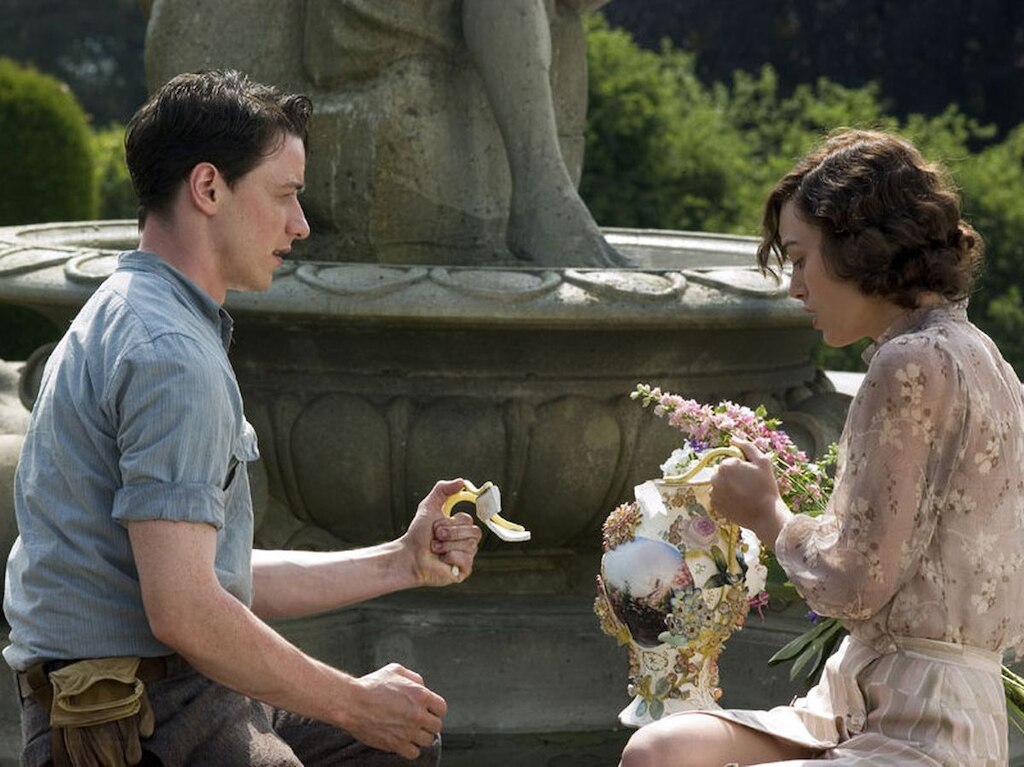 Cecilia and Robbie in film Atonment Cecilia and Robbie in film Atonment Later when Robbie asks her to give a letter to Cecilia, Briony opens it, which describes Robbie's sexual desire of Cecilia. At dinner time, Briony sees a piece of earrings in front of the library and enters it, finding her sister Cecilia and Robbie making love in front of a bookshelf. Briony's 15-year-old cousin Lola and her twin brothers are visiting Tallis family at the time as their parents are getting a divorce. At dinner, the twin brothers are found missing and Paul Marshall, a visiting friend of Briony and Cecilia's older brother Leon Tallis suggests a search. Briony goes out like everyone else. With a torch she finds Lola on the ground, being raped by a man, who flees upon being discovered. Briony is convinced that it was Robbie and testifies against him when asked by police. A confused Lola does not dissent. When Robbie finds the twins and returns with them, a police car is waiting to arrest him for raping. Four years later, during the Second World War, Robbie has been released from prison on the condition that he joins the army and fights in the Battle of France. Toward the end of the War, Robbie is heavily wounded. Separated from his unit, he makes his way on foot to Dunkirk beach and waits to be evacuated. What sustains him during the whole journey, is his memory of and love for Cecilia whom he has encountered again accidentally six months earlier in a hospital where Cecilia works as a nurse. Before bidding goodbye, Cecilia whispers to him: "Come back to me", like she did 4 years earlier when he was arrested. Briony, now 18, has chosen to join Cecilia's old nursing unit at St Thomas' Hospital in London rather than go to the University of Cambridge. She writes to her sister wanting to meet her, but Cecilia refuses, having not forgiven her for her part in the investigation and conviction of Robbie. Decades later, Briony is an elderly and successful novelist, giving an interview about her latest and last book, an autobiographical novel titled Atonement, as she is dying from vascular dementia. In the book she invented a happy ending for Cecilia and Robbie who finally are able to be together. But in the interview, Briony confessed the truth: Cecilia and Robbie were never reunited: Robbie died of septicaemia at Dunkirk on the morning of the day he was to be evacuated and Cecilia died months later in the Balham tube station bombing during the Blitz. Briony hopes to give the two, in fiction, the happiness that she robbed them of in real life. Cast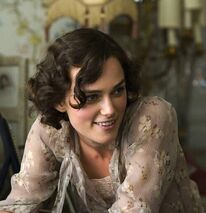 Keira Knightley as Cecilia Tallis 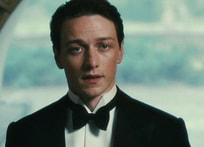 James McAvoy as Robbie Turner 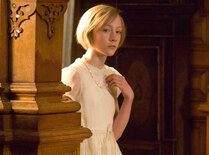 Saoirse Ronan as Briony Tallis, aged 13 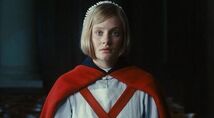 Romola Garai as Briony, aged 18 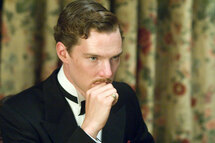 Benedict Cumberbatch as Paul Marshall Production Joe Wright, director 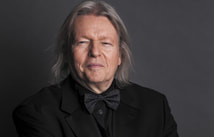 Christopher Hampton, screen writer 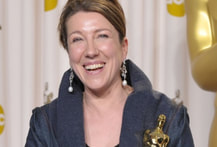 Jacqueline Durran, costume designer  Dario Marianell, composer The screenplay of the film was adapted from Ian McEwan's 2001 novel by Christopher Hampton. After reading McEwan's book, Hampton, who had previously undertaken many adaptations, was inspired to adapt it into a script for a feature film. When Joe Wright took over the project as director, he decided he wanted a different approach, and Hampton re-wrote much of his original script to Wright's suggestion. Director Joe Wright asked executive producers, Debra Hayward, Liza Chasin, and co-producer Jane Frazer to collaborate a second time, after working on Pride and Prejudice in 2005, as well as production designer Sarah Greenwood, editor Paul Tothill, with costume designer Jacqueline Durran and composer Dario Marianelli, who have all previously worked together with Wright. In an interview, Wright states, "It's important for me to work with the same people. It makes me feel safe, and we kind of understand each other." For Wright, casting became a lengthy process, particularly choosing the right actors for his protagonists. Having previously worked with Keira Knightley on Pride & Prejudice (2005), he expressed his admiration for her. In preparation for her role, Knightley watched films from the 1930s and 1940s, such as Brief Encounter and In Which We Serve, to study the "naturalism" of the performance that Wright wanted in Atonement.
James McAvoy, despite turning down previous offers to work with Wright, nonetheless remained the director's first choice. He fitted Wright's bid for someone who "had the acting ability to take the audience with him on his personal and physical journey". McAvoy describes Robbie as one of the most difficult characters he has ever played, "because he's very straight-ahead". Once Wright put both Knightley and McAvoy together, their "palpable sexual chemistry" immediately became apparent. In addition, the casting of Briony Tallis also proved challenging, yet once Wright discovered Saoirse Ronan her involvement enabled Wright to finally commence filming. Love in the Afternoon is a 1957 American romantic comedy film produced and directed by Billy Wilder and starring Gary Cooper and Audrey Hepburn. The screenplay by Billy Wilder and I.A.L. Diamond is based on the 1920 Claude Anet novel Ariane, jeune fille russe (Ariane, Young Russian Girl). The story explores the relationship between a notorious middle-aged American playboy business magnate and the 20-something daughter of a private detective hired to investigate him. PlotYoung cello student Ariane Chavasse eavesdrops(played by Audrey Hepburn on a conversation between her father, Claude Chavasse(played by Maurice Chevalier), a widowed private detective who specializes in tracking unfaithful spouses. After Claude gives his client "Monsieur X" proof of his wife's daily trysts with American business magnate Frank Flannagan(played by Gary Cooper) in Room 14 at the Paris Ritz, Monsieur X announces he will shoot Flannagan later that evening. Claude is nonchalant, regretting only the business he will lose, since Flannagan is a well-known international playboy with a long history of casual affairs. When Ariane cannot get the Ritz to put her through to Flannagan on the phone, and the police decline to intervene until after a crime has been committed, she decides to warn him herself. Ariane is in time. When Monsieur X breaks into Flannagan's hotel suite, he finds Flannagan with Ariane, not his wife, who is cautiously making her escape via an outside ledge. Flannagan is intrigued by the mysterious girl, who refuses to give him any information about herself, even her name. He starts guessing her name from the initial "A" on her purse, and when she declines to tell him he resorts to calling her "thin girl". She has no romantic history but pretends to be a femme fatale to interest him, and soon falls in love with the considerably older man. She agrees to meet him the next afternoon, withholding that she has orchestral practice in the evenings. She comes with mixed feelings, but spends the evening while waiting for him to leave for the airport. After Flannagan's departure, Ariane's father notices her change of mood but has no idea that it proceeds from one of his cases. A year later, Flannagan returns to Paris and the Ritz. Ariane, who has kept track of Flannagan's womanizing exploits through the news media, meets him again when she sees him at an opera while surveying the crowd from a balcony. She puts herself in his path in the lobby, and they start seeing each other again. This time, when he persists in his questioning, she makes up a long list of prior imaginary lovers based on her father's files, later telling Flannagan that he is her 20th. Flannagan gradually goes from being amused to being jealously tormented by the possible comparisons, but is unsure whether they are real. When he encounters a still-apologetic Monsieur X, the latter recommends Claude to him, and thus Flannagan hires Ariane's own father to investigate. It does not take Claude long to realize that the mystery woman is Ariane. He goes to the Ritz, tells Flannagan her first name, informs his client that the girl fabricated her love life, and eventually tells him that Ariane is his daughter. He tells Flannagan that she is a "little fish" that he should throw back, since she is serious and he wants to avoid serious relationships. When Ariane comes to his hotel suite that afternoon Flannagan is hurriedly packing to leave Paris, pretending to be on his way to meet "two crazy Swedish twins" in Cannes. At the train station they both keep up their act of not caring deeply for each other, although Ariane sheds a few tears that she blames on the soot. As the train departs Ariane runs along the platform and tells Flannagan, who stands in the coaches door, that she will soon travel with her many lovers. Running faster and faster as the train speeds up, her femme-fatale facade cracks, she frantically repeats "I'll be all right, I'll be all right", and her love shows through. Flannagan changes his mind, sweeps her up in his arms onto the coach, and before kissing her calls her by her name, Ariane. In voice over, Claude informs us that the couple were married in Cannes and now live together in New York. ProductionThe director of Love in the Afternoon Billy Wilder contacted I.A.L.Diamond after reading an article he had written for the Screen Writers Guild monthly magazine. The two men immediately hit it off, and Wilder suggested they collaborate on a project based on a German language film he had co-written in the early 1930s. The script was based on the 1920 Claude Anet novel Ariane, jeune fille russe (Ariane, Young Russian Girl), which had been filmed as Scampolo (1928) and Scampolo, a Child of the Street (1932), the latter with a script co-written by Billy Wilder. Wilder was inspired by a 1931 German adaptation of the novel, Ariane, directed by Paul Czinner. Love in the Afternoon would become the first of twelve screenplays by Billy Wilder and I.A.L. Diamond. Wilder's first choices for Frank Flannagan were Cary Grant and Yul Brynner. "It was a disappointment to me that [Grant] never said yes to any picture I offered him," Wilder later recalled. "He didn't explain why. He had very strong ideas about what parts he wanted". The director decided to cast Gary Cooper because they shared similar tastes and interests and Wilder knew the actor would be good company during location filming in Paris. "They talked about food and wine and clothes and art", according to co-star Audrey Hepburn, Wilder's only choice for Ariane. Talent agent Paul Kohner suggested Maurice Chevalier for the role of Claude Chavasse, and when asked if he was interested, the actor replied, "I would give the secret recipe for my grandmother's bouillabaisse to be in a Billy Wilder picture". Love in the Afternoon marked Chevalier's first non-singing role in a film since 1947. It was Wilder's insistence to shoot the film on location in Paris. Outdoor locations included the Château of Vitry in the Yvelines; the Palais Garnier, home of the Paris Opera; and the Hôtel Ritz Paris. Interior scenes were filmed at the Studios de Boulogne. However, Gary Cooper was reportedly uncomfortable in this, his first filming location outside the United States. To cover over Cooper's performance and also to obscure "the lines and age in Cooper's face", Wilder photographed the actor's face in shadow and with "gauzy filters"; the camera was also often positioned behind Cooper's back. For the American release of the film, Chevalier recorded an end-of-film narration letting audiences know Ariane and Flannagan had married and were living in New York City. Although Wilder objected to the addition, he was forced to include it to forestall complaints that the relationship between the two was immoral. Music plays an important role in the film. A four-piece band of musicians called "The Gypsies" entertains Flannagan and his various lovers in his hotel suite, since Frank says he's "not much of a talker" and lets music create the romance. The Gypsies stick with Flannagan through thick and thin, serenading him as he drowns his sorrows in drink while listening to Ariane's recording of her long list of lovers, joining him in a Turkish bath, and following him to the train station. Much of the prelude to the 1865 Richard Wagner opera Tristan und Isolde is heard during a lengthy sequence set in the Palais Garnier opera house, possibly conducted by Hans Knappertsbusch. Matty Malneck, Wilder's friend from their Paul Whiteman days in Vienna, wrote three songs for the film, including the title tune. Also heard are "C'est si bon" by Henri Betti, "L'ame Des Poètes" by Charles Trenet, and "Fascination", a 1932 song based on a European waltz, which is hummed repeatedly by Ariane. Malneck later wrote lyrics for "Fascination" and "Hot Paprika". "Fascination" became a popular hit for Chevalier and for many other singers; "C'est si bon" was also recorded by numerous singers and became an international hit. Jonhy Mercer later wrote lyrics for "Love in the Afternoon". The song became a hit for Jerry Vale and other singers. Produced at a cost of $2.1 million, the film was plagued by underfinancing. The debt Allied Artists incurred while making Friendly Persuasion prompted the studio to sell the distribution rights of Love in the Afternoon for Europe to gain more financing. The film had its world premiere in Paris on May 29, 1957. It opened in Los Angeles on June 19, 1957, and in New York on August 23, 1957. The film was a commercial failure in the United States. It did not resonate with American audiences in part because Gary Cooper looked too old to be having an affair with Hepburn's young character. Wilder himself admitted: "It was a flop. Why? Because I got Coop the week he suddenly got old". Allied Artists re-released the film in 1961 under the new title Fascination. However, in Europe, the film was a major success, released under the title Ariane.
The Guernsey Literary and Potato Peel Pie Society is a 2018 historical romantic-drama film written by Don Roos and Tom Bezucha and directed by Mike Newell. The screenplay is based on the 2008 novel of the same name, written by Mary Ann Shaffer and Annie Barrows. The film stars Lily James, Michiel Huisman, Glen Powell, Jessica Brown Findlay, Katherine Parkinson, Matthew Goode, Tom Courtenay and Penelope Wilton. Set in 1946, the plot follows a London-based writer who exchanges letters with a resident on the island of Guernsey, which had been under German occupation during World War II.
A coproduction between the United Kingdom, United States, and France, the film was distributed and financed by StudioCanal and produced by Blueprint Pictures and the Mazur/Kaplan Company. In 2010, development began on a film adaptation based on Shaffer's novel. Initially, Kate Winslet was announced as the lead, with Kenneth Branagh attached to direct. However, both dropped out in February 2013. In October 2016, James signed on for the lead role, with Newell set to direct. The film entered pre-production in January 2017, with principal photography taking place across England from 23 March to 15 May 2017: London, Cornwall, and Devon, and in the Channel Islands at St. Peter Port Harbour, Guernsey. The Guernsey Literary and Potato Peel Pie Society premiered and was theatrically released in the United Kingdom in April 2018 and in France in June 2018. The film grossed $15.7 million worldwide and received generally positive reviews from critics. It was distributed in other international areas by Netflix on 10 August 2018 as an original film.
In 1941. Two years into the Second World War, on the island of Guernsey, four friends are stopped by German soldiers for breaching curfew during German occupation. To avoid arrest, one of them, Elizabeth smartly invented an unexpected excuse: they were returning from a meeting of their book club, hastily named "The Guernsey Literary and Potato Peel Pie Society".
Five years later, in January 1946, the author Juliet Ashton is promoting her latest book, written under her pen name Izzy Bickerstaff. She has just been contracted through her publisher Sidney Stark to write stories for The Times Literary Supplement about the benefits of literature. Juliet receives a letter from Dawsey Adams, a Guernsey man who has come into possession of her copy of Charles Lamb's Essays of Elia and who wants to know where to find a bookshop in England to buy another book by the same author. He tells her that he is part of "The Guernsey Literary and Potato Peel Pie Society", which meets every Friday night. Juliet sends another book by Lamb and his sister, Tales from Shakespeare, in exchange for more information about the society and how it came into being. Juliet decides she would like to write about the society and arranges to travel to the island, despite Sidney's reservations. Her American boyfriend Mark proposes before Juliet embarks on the ferry, and she accepts. Upon arrival at Guernsey, Juliet attends a meeting of the society where she is treated as a celebrity by the members: Dawsey Adams, Amelia Maugery, Isola Pribbey, Eben Ramsey, and Eben's young grandson, Eli. Juliet is told that Elizabeth, the founding member, is overseas. Her daughter Kit is being looked after by Dawsey, and calls him "dad". Juliet asks permission to write an article about the Society, but Amelia reacts negatively to the idea. Instead of returning home as planned, Juliet remains in Guernsey to conduct research, telling the group that she is writing about the German occupation. Over the following days, she learns that Elizabeth had been arrested during the occupation and sent to Germany, but that her friends are still hoping she will return. Juliet asks Mark, who is in the armed forces, to try to locate Elizabeth. Juliet's landlady tells her that Elizabeth was no saint, hinting that she had been having sex with the occupying German forces in exchange for luxuries. Juliet asks Dawsey about the story, and he tells her: Kit's real father was Christian Hellmann, a German doctor who had worked with Elizabeth at the local hospital. Hellmann had been sent back to Germany, and died when his ship was sunk. Mark arrives in Guernsey bringing information about Elizabeth, and Juliet relays to the society the news that Elizabeth had been sent to the Ravensbrück concentration camp. There, she was shot and killed trying to protect a fellow prisoner. Juliet and Mark return to London but Juliet is unable to settle back into her previous life. She breaks up with Mark and starts to write about the society. When her manuscript is finished, she gives a copy to Sidney and posts another to the society. Dawsey reads her covering letter out loud to the group and decides to look for her, and departs for London. At the same time, Juliet arranges to return to Guernsey. She is just embarking on the ferry when she notices Dawsey on the wharf, and the two reunite. The cast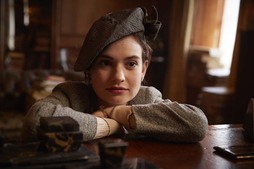
Lily James as Juliet Ashton 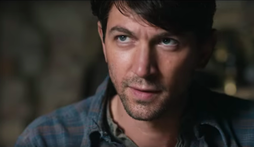
Michiel Huisman as Dawsey Adams 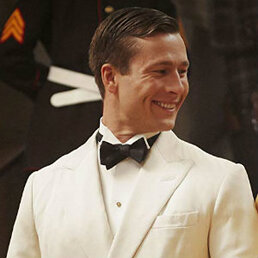
Glen Powell as Mark Reynolds 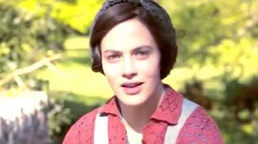
Jessica Brown Findlay as Elizabeth McKenna 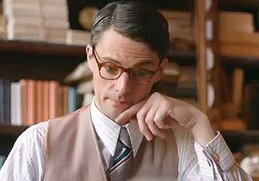
Matthew Goode as Sidney Stark 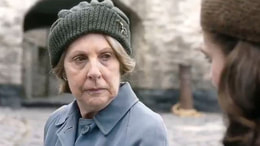
Penelope Wilton as Amelia Maugery
The main cast is like a mini reunion of Downton Abbey, reuniting some of the actors in the tv series Downton Abbey, including Lily James(as Lady Rose MacClare), Jessica Brown Findlay(Lady Sybil), Matthew Goode(Henry Talbot) and Penelpe Wilton(Isobel Crawley).
Further interest
The book
The Great Gatsby is a 1974 American romantic drama film based on F. Scott Fitzgerald's 1925 novel of the same name. It was directed by Jack Clayton and produced by David Merrick from a screenplay by Francis Ford Coppola. The film stars Robert Redford in the title role of Jay Gatsby, along with Mia Farrow, Sam Waterston, Bruce Dern, Karen Black, Scott Wilson and Lois Chiles, with Howard Da Silva (who previously appeared in the 1949 version), Roberts Blossom and Edward Herrmann. PlotWriter Nick Carraway pilots his boat across the harbor to his cousin Daisy and her husband Tom’s mansion in East Egg. While there, he learns Tom and Daisy's marriage is troubled and Tom is having an affair with a woman in New York. Nick lives in a small cottage in West Egg, next to a mysterious tycoon named Gatsby, who regularly throws extravagant parties at his home. Tom takes Nick to meet his mistress, Myrtle, who is married to George Wilson, an automotive mechanic. George needs to purchase a vehicle from Tom, but Tom is only there to draw Myrtle to his city apartment. Back on Long Island, Daisy wants to set Nick up with her friend, Jordan, a pro golfer. When Nick and Jordan attend a party at Gatsby's home, Nick is invited for a private meeting with Gatsby, who asks him to lunch the following day. At lunch, Nick meets Gatsby's business partner, a Jewish gangster and a gambler named Meyer Wolfsheim who rigged the 1919 World Series. The following day, Jordan appears at Nick's work and requests he invite Daisy to his house so that Gatsby can meet with her. Gatsby surprises Daisy at lunch, and it is revealed that Gatsby and Daisy were once lovers, though she would not marry him because he was poor. Daisy and Gatsby have an affair, which soon becomes obvious. While Tom and Daisy entertain Gatsby, Jordan, and Nick at their home, Daisy proposes they go into the city. At the Plaza Hotel, Gatsby and Daisy reveal their affair and Gatsby wants Daisy to admit she never loved Tom. She is unable to and drives off in Gatsby's car. During the drive home, Daisy hits Myrtle when Myrtle runs into the street. Believing that it was Gatsby who killed Myrtle, her husband, George, later goes to Gatsby's mansion and fatally shoots him as he relaxes in the swimming pool. Nick holds a funeral for Gatsby where he meets Gatsby's father. No one else attends the funeral. Afterward, Daisy and Tom continue with their lives as though nothing occurred. Nick breaks up with Jordan and moves back west, frustrated with eastern ways. Cast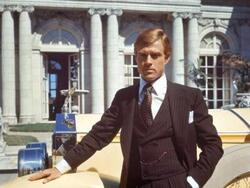 Robert Redford as Jay Gatsby 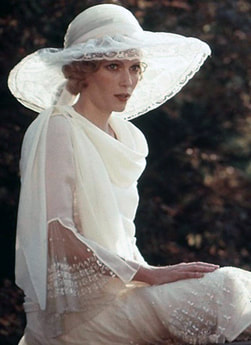 Mia Farrow as Daisy Buchanan 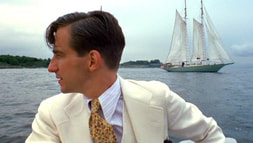 Sam Waterston as Nick Carraway Others:
ProductionTruman Capote was the original screenwriter but he was replaced by Francis Ford Coppola. Coppola had just finished directing The Godfather but was unsure of its commercial reception and he needed the money. He believes he got the job on the recommendation of Robert Redford, who had liked a rewrite Coppola did on The Way We Were. Coppola "had read Gatsby but wasn't familiar with it." He checked himself into a hotel room in Paris (Oscar Wilde's old room) and started. He later recalled: "I was shocked to find that there was almost no dialogue between Daisy and Gatsby in the book, and was terrified that I'd have to make it all up. So I did a quick review of Fitzgerald's short stories and, as many of them were similar in that they were about a poor boy and a rich girl, I helped myself to much of the authentic Fitzgerald dialogue from them. I decided that perhaps an interesting idea would be to do one of those scenes that lovers typically have, where they finally get to be together after much longing, and have a "talk all night" scene, which I'd never seen in a film. So I did that – I think a six-page scene in which Daisy and Gatsby stay up all night and talk. And I remember my wife telling me that she and the kids were in New York when The Godfather opened, and it was a big hit and there were lines around the block at five theaters in the city, which was unheard of at the time. I said, "Yeah, yeah, but I've got to finish the Gatsby script." And I sent the script in, just in time. It had taken me two or three weeks to complete." On his commentary track for the DVD release of The Godfather, Coppola refers to writing the Gatsby script, adding "Not that the director paid any attention to it. The script that I wrote did not get made." The Rosecliff and Marble House mansions in Newport, Rhode Island and an exterior of Linden Place mansion in Bristol, Rhode Island, were used for Gatsby's house while scenes at the Buchanans' home were filmed at Pinewood Studios in Buckinghamshire, England. One driving scene was shot in Windsor Great Park, UK. Other scenes were filmed in New York City and Uxbridge, Massachusetts. The film received mixed reviews, being praised for its faithful interpretation of the novel but also criticized for lacking any true emotion or feelings towards the Jazz Age. Despite this, the film was a financial success, making $26,533,200 against a $7 million budget. The film won two Academy Awards, for Best Costume Design (Theoni V. Aldredge) and Best Music (Nelson Riddle). It also won three BAFTA Awards for Best Art Direction (John Box), Best Cinematography (Douglas Slocombe), and Best Costume Design (Theoni V. Aldredge). (The male costumes were executed by Ralph Lauren, the female costumes by Barbara Matera.) It won a Golden Globe Award for Best Supporting Actress (Karen Black) and received three further nominations for Best Supporting Actor (Bruce Dern and Sam Waterston) and Most Promising Newcomer (Sam Waterston). The film was nominated by the American Film Institute for inclusion in the 2002 list of films, AFI's 100 Years...100 Passions.
Ce que le jour doit à la nuit est un film français réalisé par Alexandre Arcady tiré du roman du même nom de Yasmina Khadra. En France et en Belgique, il est sorti le 12 septembre 2012. What the Day Owes the Night (French: Ce que le jour doit à la nuit) is a 2012 French romantic drama film based on the novel of the same name by Yasmina Khadra. It was directed and produced by Alexandre Arcady, who also wrote the screenplay with Blandine Stintzy and Daniel Saint-Hamont. SynopsisInspiré de faits réels. L'histoire parcourt l'Algérie des années 1930 aux années 1960, racontant le destin de Younes, jeune Algérien élevé comme un pied-noir par son oncle. Il traverse les tragédies vécues par son pays, dont l'attaque de Mers el-Kébir et la guerre d'Algérie, sur un fond d'histoire d'amour impossible. L'itinéraire, des années 1930 à nos jours, d'un Algérien au destin jalonné de tragédies. Issu d'une famille de paysans ruinés, Younes est arraché à sa mère à l'âge de 9ans, et confié à son oncle, un notable d'Oran. Marié à une Française, l'homme rêve d'offrir une vie meilleure à son charmant neveu. Rebaptisé Jonas, Younes intègre alors la jeunesse pied-noire de l'Algérie des années 1950. La douceur de son existence sera bientôt troublée par les conflits agitant le pays. The film looks over the life of a young man, Younes, from his childhood in Algeria in the 1930s to nowadays. The story goes over the tragedies that occurred in his country like the battle of Mers El-Kebir and the Algerian War but also the love story of Emilie and Younes. PersonnagesFunny Face is a 1957 American musical romantic comedy film directed by Stanley Donen and written by Leonard Gershe, containing assorted songs by George and Ira Gershwin. Although having the same title as the 1927 Broadway musical Funny Face by the Gershwin brothers, and featuring the same male star (Fred Astaire), the plot is completely different and only four of the songs from the stage musical are included. Alongside Astaire, the film stars Audrey Hepburn and Kay Thompson. PlotMaggie Prescott(played by Kay Thompso), a fashion magazine publisher and editor for Quality magazine, is looking for the next big fashion trend. She wants a new look which is to be both "beautiful" and "intellectual". She and top fashion photographer Dick Avery (played by Fred Astaire)want models who can "think as well as they look." The two brainstorm and come up with the idea to use a book store in Greenwich Village as backdrop. They find what they want in "Embryo Concepts", which is being run by the shy shop assistant and amateur philosopher, Jo Stockton(played by Audrey Hepburn). Jo thinks the fashion and modelling industry is nonsense, calling it "chichi, and an unrealistic approach to self-impressions as well as economics". Maggie decides to use Jo as part of the photo shoot but after the first shot Jo is locked outside to keep her from interrupting Maggie’s take-over of the shop. The crew leaves the store in a shambles; Dick stays behind to help clean up and apologizes to Jo, then kisses her impulsively. Jo dismisses him, but her song "How Long Has This Been Going On?" shows that she feels the stirrings of romance. What Jo wants above all is to go to Paris and attend the famous Professor Émile Flostre's philosophy lectures about empathicalism. When Dick gets back to the darkroom, he sees something in Jo's face which is new and fresh and would be perfect for the campaign, giving it "character", "spirit", and "intelligence". They send for Jo, pretending they want to order some books from her shop. Once she arrives, they try to make her over and attempt to cut her hair. She is outraged and runs away, only to hide in the darkroom where Dick is working. When Dick mentions Paris, Jo becomes interested in the chance to see Professor Flostre and is finally persuaded to model for the magazine. Soon, Maggie, Dick, and Jo are off to Paris to prepare for a major fashion event, shooting photos at famous landmarks from the area. During the various shoots, Jo and Dick fall in love. One night, when Jo is getting ready for a gala, she learns that Flostre is giving a lecture at a cafe nearby, which she attends. Eventually, Dick brings her back and they get into an argument at the gala's opening, which results in Jo being publicly embarrassed and Maggie outraged Jo goes to talk to Flostre at his home. Through some scheming, Maggie and Dick gain entrance to the soirée there. After performing an impromptu song and dance for Flostre's disciples, they confront Jo and Flostre. This leads to Dick causing Flostre to fall and knock himself out. Jo urges them to leave but when Flostre comes round, he tries to seduce her. Shocked at the behavior of her "idol", she smashes a vase over his head and runs out, returning just in time to take part in the final fashion show. During this, Maggie tries to get in touch with Dick, who has made plans to leave Paris. Before her wedding gown finale, Jo looks out the window and sees the plane Dick was supposed to be on flying over the city. Believing that he has refused to return to her, she runs off the runway in tears at the conclusion of the show. Meanwhile, Dick is still at the airport. He runs into Flostre and learns how Jo had attacked him. Realizing how much Jo cares, Dick returns to the fashion show, but Jo is nowhere to be found. Finally, after applying the insights of empathicalism at Maggie's behest, Dick guesses that Jo would return to the church where he had photographed her in a wedding dress and they shared their first romantic moment. On his arrival there himself, he finds Jo (in the wedding gown) by a little brook. They join in the duet "'S Wonderful" and embrace. Production 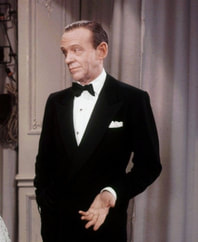 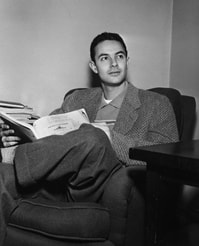 Director: Stanley Donen 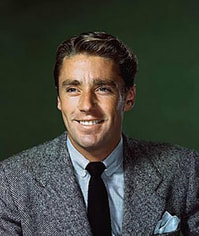 Screenwriter: Leonard Gershe 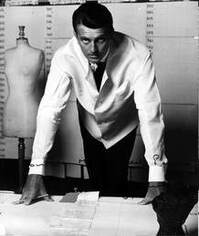 Costume Designer: Hubert de Givenchy The film plot is actually adapted from another Broadway musical, Wedding Bells, by Leonard Gershe, and is drastically different from that of the Broadway musical Funny Face in which Fred Astaire starred alongside his sister, Adele Astaire. And the original title for the film was Wedding Day. Unlike her later film My Fair Lady, Audrey Hepburn sings the songs herself in this, her first musical. She performs one solo, "How Long Has This Been Going On?"; a duet with Astaire, "'S Wonderful"; a duet with Kay Thompson called "On How to Be Lovely"; and takes part in an ensemble performance of "Bonjour, Paris!". Her previous dance training is also called into play, not only in the two dance numbers she performs with Astaire but also for a Bohemian-style solo dance in a nightclub, which has since often been replayed in retrospectives of her career. As was the case with many of her leading men, Astaire was much older than Hepburn. At 58, three decades Hepburn's senior, he was approaching the end of his musical film career, in this, the second in a consecutive series of three French-themed musicals he made in the 1950s. He performs a song and dance solo with umbrella and cape to Gershwin's "Let's Kiss and Make Up". According to Hepburn, she insisted on Astaire as a precondition for her participation. Thompson, who usually worked behind the scenes as a musical director for films, makes a rare appearance on camera as Maggie Prescott, a fashion magazine editor loosely based on Diana Vreeland. (Architectural historian Francis Morrone says it was Carmel Snow, editor-in-chief of Harper’s Bazaar, who was the inspiration for the Maggie Prescott character.) Astaire's character was loosely based on life of Richard Avedon, who provided a number of the photographs seen in the film, including the stills for the opening credits, which were also used in the halls of Quality magazine. Probably the most famous single image from the film is the intentionally overexposed close-up of Hepburn's face in which only her facial features—her eyes, eyebrows, nose and mouth—are visible. This image is seen briefly in black-and-white at the very beginning of the opening title sequence, which was designed by Avedon, during the "Funny Face" musical number which takes place in a darkroom, and when Dick (Astaire) presents it to Maggie (Thompson). ReceptionOn initial release, Funny Face was a box office disappointment and failed to break even. However, in 1964, when My Fair Lady (also starring Audrey Hepburn) was released to excellent reviews and huge box office grosses, Paramount theatrically reissued Funny Face.
The film was generally well received in the United States. The National Board of Review gave the film Special Citation award for the photographic innovations. Leonard Gershe was nominated for "Best Written American Musical" by the Writers Guild of America. Stanley Donen was nominated by the Directors Guild of America for "Outstanding Directorial Achievement in Motion Pictures" and for a "Golden Palm" at the 1957 Cannes Film Festival. Fred Astaire received a Golden Laurel nomination for "Top Male Musical Performance". The film also received four Academy Award "Oscar" nominations: Leonard Gershe for "Best Writing, Story and Screenplay - Written Directly for the Screen"; Edith Head and Hubert de Givenchy (Hepburn's costume designer) for "Best Costume Design"; Ray June for "Best Cinematography"; and Hal Pereira, George W. Davis, Sam Comer, and Ray Moyer for "Best Art Direction-Set Decoration". Charade is a 1963 American romantic comedy mystery film directed by Stanley Donen, written by Peter Stone and Marc Behm, and starring Cary Grant and Audrey Hepburn. It spans three genres: suspense thriller, romance and comedy. The film has a sparkling screenplay, especially the repartee between Grant and Hepburn. It was filmed on location in Paris. PlotWhile on a skiing holiday in the French Alps, expatriate American simultaneous interpreter Regina "Reggie" Lampert tells her friend Sylvie that she has decided to divorce her husband Charles. She also meets a charming American stranger, Peter Joshua. On her return to Paris, she finds her apartment stripped bare. A police inspector notifies her that Charles sold off their belongings, then was murdered while trying to leave Paris. The money is missing. At Charles' sparsely attended wake, only three men show up to view the body—all to ensure that he is dead. Reggie is summoned to meet CIA administrator Hamilton Bartholomew at the American Embassy, where she learns that the three men at the wake are after the missing money, as is the U.S. government stolen by her husband Charles during the Second World War. The stranger Reggie met at the Alps Peter Joshua appeared in Paris, thus started a chase of money, a chain of murder, a continuous confusion of identity, and then finally, the destiny of love between Reggie and Peter. ProductionWhen screenwriters Peter Stone and Marc Behm submitted their script The Unsuspecting Wife around Hollywood, they were unable to sell it. Stone then turned it into a novel, retitled Charade, which found a publisher and was serialized in Redbook magazine, as many novels were at the time. The series caught the attention of the same Hollywood companies that had passed on it earlier. The film rights were quickly sold to producer/director Stanley Donen. Stone then wrote the final shooting script, tailored to stars Cary Grant and Audrey Hepburn, with Behm receiving story co-credit. Hepburn shot the film in the fall of 1962, immediately after Paris When It Sizzles, which was filmed that summer in a number of the same locations in Paris, but difficulties with the earlier production caused it to be released four months after Charade. Cary Grant, who turned 59 during filming, was sensitive about the 25-year age difference between Audrey Hepburn (33 at the time of filming) and himself, and was uncomfortable with their romantic interplay. To satisfy his concerns, the filmmakers agreed to add dialogue that has Grant's character comment on his age, and Regina — Hepburn's character — is portrayed as the pursuer. The screenwriter, Peter Stone, and the director, Stanley Donen, have an unusual joint cameo role in the film. The soundtrack album for the film, featuring Henry Mancini's score, was released in 1963 and reached No. 6 on the Billboard magazine's pop album chart. Public domain statusThe film includes a notice reading "MCMLXIII BY UNIVERSAL PICTURES COMPANY, INC. and STANLEY DONEN FILMS, INC. ALL RIGHTS RESERVED", but omitting the word "Copyright", "Copr.", or the symbol "©". At the time (before 1978), U.S. law required works to include the word, abbreviation, or symbol in order to be copyrighted. Because Universal put no proper copyright notice on Charade, the film entered public domain in the United States immediately upon its release. Copies from film prints of varying quality have been available on VHS, DVD, and Blu-ray based on its status in the public domain. The film is also available for free download at the Internet Archive. However, while the film itself is public domain, the original music remains under copyright if outside of the context of the film. The film remains fully protected by copyright outside the U.S.
The English Patient(film, 15 November 1996) starring Ralph Fiennes and Kristin Scott Thomas15/11/2020 The English Patient is a 1996 epic romantic war drama film directed by Anthony Minghella from his own script based on the 1992 novel of the same name by Michael Ondaatje and produced by Saul Zaentz. The film tells the story of four people who find themselves in an abandoned monastery in northern Italy in the last months of World War II. The eponymous protagonist, a man burned beyond recognition who speaks with an English accent, recalls his history in a series of flashbacks, revealing to the audience his true identity and the love affair he was involved in before the war. He does not admit his identity or reveal the entire story to the nurse who cares for him and the man who suspects him until the end of the film. This form of exposition is very different from the book, where, under the influence of morphine, the patient talks about his past. The film received 12 nominations at the 69th Academy Awards, winning nine, including Best Picture, Best Director for Minghella, and Best Supporting Actress for Juliette Binoche. It was also the first to receive a Best Editing Oscar for a digitally edited film. Ralph Fiennes, playing the titular character, and Kristin Scott Thomas were Oscar-nominated for their performances. The film also won five BAFTA Awards and two Golden Globes. The British Film Institute ranked The English Patient the 55th greatest British film of the 20th century. In the final days of the Italian Campaign of World War II, Hana, a French-Canadian nurse of the Royal Canadian Army Medical Corps, gains permission from her unit to move into a bombed-out Italian monastery, to look after a dying, critically burned man who speaks English but cannot remember his name. The patient's only possession is a copy of Herodotus' Histories with notes, pictures and mementos contained inside. They are soon joined by Kip, a Sikh sapper in the British Army posted with his sergeant to clear mines and unexploded bombs in the local area, including one in the monastery where Hana and the English Patient are staying. David Caravaggio, a Canadian Intelligence Corps operative who has no thumbs as a result of torture during a German interrogation, also arrives to stay at the monastery. Caravaggio questions the patient, who gradually reveals his past to him, Hana and Kip through a series of flashbacks. The patient tells Hana and Caravaggio that in the late 1930s he was exploring a region of the Sahara Desert near the Egyptian-Libyan border. He is revealed to be Hungarian cartographer Count László de Almásy, who was mapping the Sahara as part of a Royal Geographical Society archeological and surveying expedition in Egypt and Libya with a group including his good friend, Englishman Peter Madox. Their expedition is joined by a British couple, Geoffrey and Katharine Clifton, who own a new plane and are to contribute to the aerial survey efforts. Almásy is given clues by a local Bedouin man which help the group to discover the location of the Cave of Swimmers, an ancient site of cave paintings in the Gilf Kebir. The group begin to document their find, during which time Almásy falls in love with Katharine. He writes about her in notes folded into his book, which Katharine discovers when Almásy awkwardly accepts her offer of two watercolours she has painted of the cave imagery, and asks her to paste them into the book. The two begin an affair on their return to Cairo, while the group arranges for more detailed archaeological surveys of the cave and the surrounding area. Almásy buys a silver thimble in the market as a gift to Katharine. Some months later, Katharine abruptly ends their affair from fear her husband Geoffrey will discover it. Shortly afterwards the archaeological projects are halted due to the onset of the war. Madox leaves his Tiger Moth aeroplane at Kufra Oasis before his intended return to Britain. Over the days while Almásy relates his story, Hana and Kip begin a shy love affair, but Kip is reposted once he has cleared the area of explosives. They agree they will meet again. Meanwhile, Caravaggio reveals that he has been seeking revenge for his injuries, and has killed the German interrogator who cut off his thumbs and the spy who identified him, but has been searching for the man who provided requisite maps to the Germans, allowing them to infiltrate Cairo. He suspects Almásy is that man. While Almásy is packing up the base camp at the cave site, Geoffrey, in an attempted murder-suicide having apparently long known about the affair between Almásy and Katharine, deliberately crashes his own Boeing-Stearman plane, narrowly missing Almásy. Geoffrey is killed instantly and Katharine is seriously injured. Almásy carries her to the Cave of Swimmers, realising she is wearing the thimble he gave to her on a chain around her neck. She confesses that she has always loved him despite ending their affair. After leaving her with provisions and his book, Almásy begins a three-day walk across the desert to get help. At British-held El Tag he attempts to explain the situation, but on revealing his name, is detained on suspicion of being a German spy and transported on a train. He escapes from the train, and soon afterwards comes in contact with a German army unit. They transport him to Madox's sequestered plane at Kufra Oasis, where he exchanges its stored survey maps for fuel, enabling him to fly back to the cave. However, he finds that Katharine has since died. He carries Katharine's body from the cave to the Tiger Moth and takes off. This finally connects the story to the scenes at the start of the film, where the plane is shot down by German anti-aircraft guns; Almásy is badly burned, but he is rescued by a group of Bedouin, who bring him to the Siwa Oasis, from where he is moved to Italy. After he has related his story, Caravaggio decides to spare Almásy, who indicates to Hana that he wishes to die, pushing several unopened vials of morphine towards her as she gives him his regular injection for pain relief. Though visibly upset, she grants his wishes for a compassionate death and, as he dies, she reads him Katharine's final letter, which Katharine wrote to Almásy in his book while she was alone in the cave. Hana and Caravaggio leave the monastery for Florence with a passing truck, and she hugs Almásy's book to herself as she rides away. The cast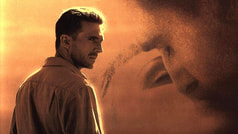 Ralph Fiennes as Almásy 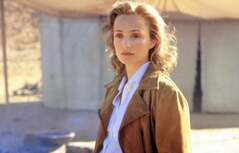 Kristin Scott Thomas as Katharine Clifton 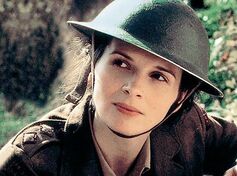 Juliette Binoche as Hana 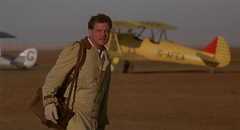 Colin Firth as Geoffrey Clifton 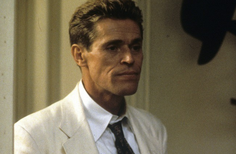 Willem Dafoe as Caravaggio Brief Encounter is a 1945 British romantic drama film directed by David Lean from a screenplay written by Noël Coward, based on his 1936 one-act play Still Life. (Another on screen adaptation was in 1974, a TV movie of the same name starring Richard Burton and Sophia Loren.) It stars Celia Johnson, Trevor Howard, Stanley Holloway, and Joyce Carey. The film follows a passionate extramarital affair in England shortly before WWII. The protagonist is Laura, a married woman with children, whose conventional life becomes increasingly complicated following a chance meeting at a railway station with a married stranger with whom she subsequently falls in love. Brief Encounter premiered in London on 13 November 1945, and was theatrically released on 25 November to widespread critical acclaim. It received three nominations at the 19th Academy Awards, Best Director, Best Actress (for Celia Johnson), and Best Adapted Screenplay. The film is widely cited by film critics, historians, and scholars as one of the greatest films of all time. In 1999, the British Film Institute ranked it as the second-greatest British film of all time. In 2017, a poll of 150 actors, directors, writers, producers, and critics for Time Out had it ranked the 12th-best British film ever. Laura Jesson(Celia Johnson), a respectable middle-class British woman in an affectionate but rather dull marriage, tells her story while sitting at home with her husband, imagining that she is confessing her affair to him. Laura, like many women of her class at the time, goes to a nearby town every Thursday for shopping and to the cinema for a matinée. Returning from one such excursion to Milford, while waiting in the railway station's refreshment room, she meets another passenger Alec Harvey(Trevor Howard), an idealistic general practitioner who also works one day a week as a consultant at the local hospital, who solicitously removes a piece of grit from her eye. The two accidentally meet again outside Boots the Chemist, and then on a third meeting share a table at lunch, then, both having free time, go to an afternoon performance at the Palladium Cinema. Both married with children, they are soon troubled to find their innocent and casual relationship developing into something deeper, approaching infidelity. For a while, they meet openly, until they run into friends of Laura's, and the perceived need to deceive others arises. The second lie comes more easily. They eventually go to a flat belonging to Stephen, a friend of Alec's and a fellow doctor, but are interrupted by Stephen's unexpected and judgmental return. Laura, humiliated and ashamed, runs down the back stairs and into the streets. She walks and walks, and sits on a bench for hours, smoking, until a concerned policeman encourages her to get in out of the cold. She arrives at the station just in time to take the last train home. The recent turn of events makes the couple realise that an affair or a future together is impossible. Understanding the temptation and not wishing to hurt their families, they agree to part. Alec has been offered a job in Johannesburg, South Africa, where his brother lives. Their final meeting occurs in the railway station refreshment room, now seen for a second time with the poignant perspective of their story. As they await a heart-rending final parting, Dolly Messiter, a talkative acquaintance of Laura's, invites herself to join them and begins chattering away, oblivious to the couple's inner misery. As they realise that they have been robbed of the chance for a final goodbye, Alec's train arrives. With Dolly still chattering, Alec departs without the passionate farewell for which they both long. After shaking Dolly's hand, he discreetly squeezes Laura on the shoulder and leaves. Laura waits for a moment, anxiously hoping that Alec will walk back into the refreshment room, but he does not. As the train is heard pulling away, Laura is galvanised by emotion, and hearing an approaching express train, suddenly dashes out to the platform. The lights of the train flash across her face as she conquers a suicidal impulse. She then returns home to her family. Laura's kind and patient husband, Fred, shows that he has noticed her distance in the past few weeks, although if he has guessed the reason is not clear. He thanks her for coming back to him. She cries in his embrace. The shooting of the film took place in early 1945 before the Second World War had finished. Much of the film was shot at Carnforth railway station in Lancashire, then a junction on the London, Midland and Scottish Railway. As well as a busy station being necessary for the plot, it was located far enough away from major cities to avoid the blackout for film purposes, but some of the urban scenes were shot in London or at Denham or Beaconsfield near Denham Studios where the film was made. Excerpts from Sergei Rachmaninoff's Piano Concerto No. 2 recur throughout the film, played by the National Symphony Orchestra, conducted by Muir Mathieson with pianist Eileen Joyce. There is also a scene in a tea room where a salon orchestra plays the Spanish Dance No. 5 (Bolero) by Moritz Moszkowski. The film was a great success in the UK and the 21st most popular film at the British box office in 1946. And it was voted one of the 10 greatest films ever made in two separate 1952 critics' polls. In 1999 the film was given the #2 slot on the British Film Institute's BFI Top 100 British films. Today, the film is widely praised for its black-and-white photography and the mood created by the steam-age railway setting, both of which were particular to the original David Lean version. The cast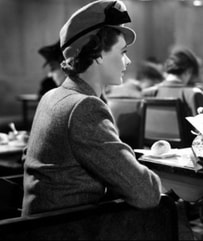 Celia Johnson as Laura Jesson 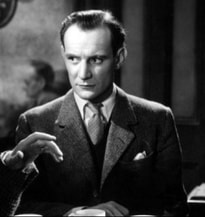 Trevor Howard as Dr Alec Harvey
Gosford Park is a 2001 satirical black comedy mystery film directed by Robert Altman and written by Julian Fellowes. It was influenced by Jean Renoir's French classic, La Règle du jeu (The Rules of the Game)
The story follows a party of wealthy Britons plus an American producer, and their servants, who gather for a shooting weekend at Gosford Park, an English country house. A murder occurs after a dinner party, and the film goes on to present the subsequent investigation from the servants' and guests' perspectives.
Development on Gosford Park began in 1999, when Bob Balaban asked Altman if they could develop a film together. Balaban suggested an Agatha Christie-style whodunit and introduced Altman to Julian Fellowes, with whom Balaban had been working on a different project. The film went into production in March 2001, and began filming at Shepperton Studios with a production budget of $19.8 million. Gosford Park premiered on 7 November 2001 at the London Film Festival, and was released in January 2002 by USA Films and in February 2002 in the United Kingdom. The film was successful at the box office, grossing over $87 million in cinemas worldwide and was nominated for seven Academy Awards, including Best Picture, Best Director for Altman and Best Supporting Actress for both Helen Mirren and Meggie Smith, and won Best Original Screenplay for Julian Fellowes; it was also nominated for nine British Academy Film Awards. The TV series Downton Abbey written and created by Julian Fellowes was originally planned as a spin-off of Gosford Park, but instead was developed as a standalone property inspired by the film, and set earlier in the 20th century. The personnagesFurther interestArticlesThe Age of Innocence(film, 1993)starring Daniel Day-Lewis, Michelle Pfeiffer, Winona Ryder1/10/2020 The Age of Innocence is a 1993 American historical romantic drama film directed by Martin Scorsese. The screenplay, an adaptation of the 1920 novel The Age of Innocence by Edith Wharton, was written by Scorsese and Jay Cocks. Scorsese's friend and screenwriter Jay Cocks gave him the Wharton novel in 1980, suggesting that this should be the romantic piece Scorsese should film, as Cocks felt it best represented his sensibility. In Scorsese on Scorsese the director noted Although the film deals with New York aristocracy and a period of New York history that has been neglected, and although it deals with code and ritual, and with love that's not unrequited but unconsummated—which pretty much covers all the themes I usually deal with—when I read the book, I didn't say, "Oh good, all those themes are here." The film stars Daniel Day-Lewis, Michelle Pfeiffer, Winona Ryder and Miriam Margolyes, and was released by Columbia Pictures. The film recounts the courtship and marriage of Newland Archer (Daniel Day-Lewis), a wealthy New York society attorney, to May Welland (Winona Ryder); Archer then encounters and legally represents Countess Olenska (Michelle Pfeiffer) prior to unexpected romantic entanglements. The Age of Innocence was released theatrically on October 1, 1993 by Columbia Pictures. It received critical acclaim, winning the Academy Award for Best Costume Design, and being nominated for Best Actress in a Supporting Role (Winona Ryder), Best Adapted Screenplay, Best Original Score and Best Art Direction. However, it was a box office failure, grossing $32.3 million against a $34 million budget. Scorsese dedicated the film to his father, Luciano Charles Scorsese, who had died the month before the film was released. Luciano and his wife, Catherine Scorsese, had small cameo appearances in the film. PlotIn 1870's New York City, gentleman lawyer Newland Archer is planning to marry the respectable young May Welland. May's cousin, the American heiress Countess Ellen Olenska, has returned to New York after a disastrous marriage to a dissolute Polish Count. At first she is ostracized by society and vicious rumors are spread, but, as May's family boldly stands by the countess, she is gradually accepted by the very finest of New York's old families. The countess is snubbed at one social party arranged by her family, but with the help of Archer, she is able to make a comeback at an event being hosted by the wealthy Van der Luydens. There she makes the acquaintance of one of New York's established financiers, Julius Beaufort, who has a reputation for risky affairs and dissipated habits. He begins to openly flirt with the countess both in public and in private. Archer prematurely announces his engagement to May, but as he comes to know the countess, he begins to appreciate her unconventional views on New York society and he becomes increasingly disillusioned with his new fiancée May and her innocence, lack of personal opinion, and sense of self. After the countess announces her intention of divorcing her husband, Archer supports her desire for freedom, but he feels compelled to act on behalf of the family and persuade the countess to remain married. When Archer realizes that he has unwittingly been falling in love with the countess, he abruptly leaves the next day to be reunited with May and her parents, who are in Florida on vacation. Archer asks May to shorten their engagement, but May becomes suspicious and asks him if his hurry to get married is prompted by the fear that he is marrying the wrong person. Archer reassures May that he is in love with her. When back in New York, Archer calls on the countess and admits that he is in love with her, but a telegram arrives from May announcing that her parents have pushed forward the wedding date. After their wedding and honeymoon, Archer and May settle down to married life in New York. Over time, Archer's memory of the countess fades. When the countess returns to New York to care for her grandmother, she and Archer agree to consummate their affair. But then suddenly, the countess announces her intention to return to Europe. May throws a farewell party for the countess, and after the guests leave, May announces to Archer that she is pregnant and that she told the Countess this news two weeks earlier. The years pass: Archer is 57 and has been a dutiful, loving father and faithful husband. The Archers have had three children. May has died of infectious pneumonia and Archer mourned her in earnest. Archer's engaged son, Ted, persuades him to travel to Paris. Ted has arranged for them to visit Countess Olenska there. Archer has not seen the her in over 25 years. Ted confides to his father that May had confessed on her deathbed that "... she knew we were safe with you, and always would be. Because once, when she asked you to, you gave up the thing you wanted most." Archer responds, "She never asked me." That evening outside the countess' apartment, Archer sends his son alone to visit her. Sitting outside in the courtyard, he recollects their time together and slowly walks off. ProductionThe Age of Innocence was filmed on location primarily in Troy, New York. The opera scenes were filmed at the Philadelphia Academy of Music in Philadelphia, Pennsylvania. The scenes set in the home of Mrs. Mingott were filmed in "The Castle", a fraternity house belonging to the Alpha Tau chapter of Pi Kappa Phi at Rensselaer Polytechnic Institute. Formerly known as the Paine Mansion, after its completion in 1896 (then-estimated to cost $500,000), it was heralded as the grandest house in all of Troy. The scenes depicting the country house in snow were filmed inside the circa 1737 Dutch-colonial Luykas Van Alen House, in Kinderhook, New York. Only one major set was built, for an ornate ballroom sequence at the Beaufort residence. The triangular Victorian Gothic Rice Building was used as the setting for the law office. The film's title sequence was created by Elaine and Saul Bass. The famous paintings featured in the film were newly created high-quality reproductions. The bursts of color employed as a fade out were inspired by the films Black Narcissus (1947), by Michael Powell, and Rear Window (1954), by Alfred Hitchcock. The film grossed $32.3 million in the US from a $34 million budget. By the end of 1993 it had grossed $15 million internationally. Cast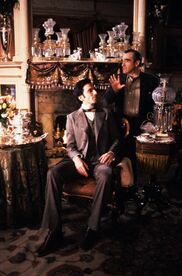
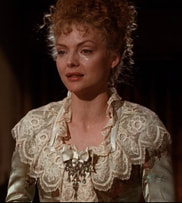
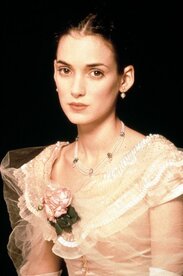
The V.I.P.s(film, 13 September 1963) starring Elizabeth Taylor, Richard Burton and Louis Jourdan13/9/2020 The V.I.P.s (also known as Hotel International) is a 1963 British drama film in Metrocolor and Panavision. It was was written by Terence Rattigan, who said the film is based on the true story of actress Vivien Leigh's attempt to leave her husband, actor Laurence Olivier, and fly off with her lover, the actor Peter Finch, only to be delayed by a fog at Heathrow. The film has an all-star cast, including Richard Burton, Elizabeth Taylor, Louis Jourdan, Elsa Martinelli, Maggie Smith, Rod Taylor, Orson Welles and Margaret Rutherford, who won the Academy Award for Best Supporting Actress as well as the Golden Globe Award for Best Supporting Actress – Motion Picture. The director of the film Anthony Asquith intended for Sophia Loren to play Elizabeth Taylor's role, remembering the box-office success of The Millionairess (1960) he did with Loren in the main role. However, Taylor, scared by the appeal Loren had for Burton, persuaded Asquith to hire her instead; "Let Sophia stay in Rome", she told him. The film was produced by Anatole de Grunwald. It was shot entirely at MGM-British Studios, Borehamwood, Herts., with a few establishing shots filmed at what was then known as London Airport, later Heathrow. The terminal set was one of the largest ever constructed in the UK. The music score was by Miklós Rózsa. Critical reaction to the film was mixed. It nevertheless did extremely well at the box office, helped by the enormous publicity attached to Burton and Taylor's Cleopatra, which was out on release. Distributed by Metro-Goldwyn-Mayer, the film grossed $15,000,000 domestically, earning $7.5 million in U.S. theatrical rentals on a budget of $4 million. In addition to its North American success, it was one of the 12 most popular films in Britain in 1963. It had admissions of 765,804 in France. Slightly in advance of the film's release, as was the custom of the era, a paperback novelization of the screenplay was published by Dell Books. The author was renowned crime and western novelist Marvin H. Albert, who also made something of a cottage industry out of movie tie-ins. He seems to have been the most prolific screenplay novelizer of the late '50s through mid '60s, and, during that time, the preeminent specialist at light comedy, though he adapted a few drama scripts as well. The V.I.P.s is what's known as an "inferred novelization" because, although screenwriter Terence Rattigan is not given attribution anywhere on or in the book, the copyright is assigned to Metro-Goldwyn-Mayer. Whether this omission was an editorial error, or a marketing ploy to make Albert's novel seem to be the film's source material (with or without the complicity of Rattigan) is unknown. The film is set within Terminal 3 of London Heathrow Airport during a fog. As flights are delayed, the VIPs (very important people) of the title play out the drama of their lives in a number of slightly interconnected stories. The delays have caused serious hardship for most of the characters and have plunged some of them into a deep personal or financial crisis. The central story concerns famed actress Frances Andros (Elizabeth Taylor) trying to leave her husband, millionaire Paul Andros (Richard Burton), and fly away with her suitor Marc Champselle (Louis Jourdan). Because of the fog, Andros has the opportunity to come to the airport to persuade his wife not to leave him. The Duchess of Brighton (Margaret Rutherford) is on her way to Florida to take a job, which will pay her enough money to save her historic home. Meanwhile, film producer Max Buda (Orson Welles) needs to leave London, taking his newest protégée Gloria Gritti (Elsa Martinelli) with him, by midnight if he is to avoid paying a hefty tax bill. Les Mangrum (Rod Taylor), an Australian businessman, must get to New York City to prevent his business from being sold. His dutiful secretary, Miss Mead (Maggie Smith), is secretly in love with him. It being a matter of great urgency, she decides to approach Paul Andros and ask him to advance a sum of money that will save Mangrum's company. Buda spots a poster picturing the Duchess's home. She is offered a sum of money if she will permit Buda to use it as a location in a film, enough to keep the house she loves. Andros, meanwhile, about to lose the woman he loves, is spared a possible suicide at the last minute when he and his wife reconcile. The cast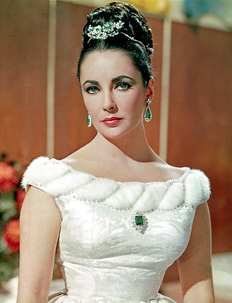 Elizabeth Taylor as Frances Andros 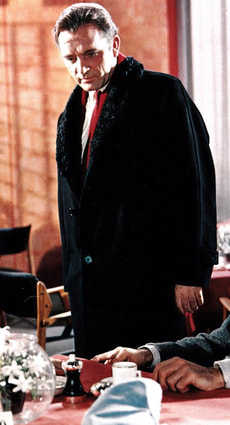 Richard Burton as Paul Andros 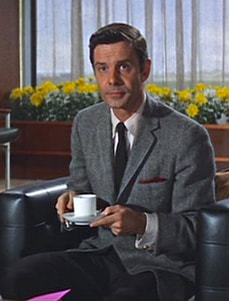 Louis Jourdan as Marc Champselle 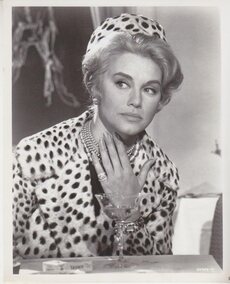 Sabrina (Sabrina Fair/La Vie en Rose in the United Kingdom) is a 1954 American romantic comedy-drama film directed by Billy Wilder, adapted for the screen by Wilder, Samuel A. Taylor and Ernest Lehman from Taylor's 1953 play Sabrina Fair. The picture stars Humphrey Bogart, Audrey Hepburn and William Holden. This was Wilder's last film released by Paramount Pictures, ending a 12-year business relationship between Wilder and the company. The film was selected for preservation in the United States National Film Registry by the Library of Congress in 2002. PlotSabrina Fairchild is the young daughter of the Larrabee family's chauffeur, Thomas, and has been in love with David Larrabee all her life. David is a three-times-married playboy who has never paid attention to Sabrina because to him she was still a child. Eavesdropping on a party at the Larrabee mansion, as she has often done before, Sabrina notices David enticing yet another woman. Distraught, she leaves her father a suicide note and starts every car in the garage so as to kill herself. Instead she is interrupted by David's older brother Linus, who escorts her back to her quarters above the garage. Sabrina had been on the point of sailing for France, where she is to attend Le Cordon Bleu, the leading culinary school in Paris. After two years there, she returns home as an attractive and sophisticated woman. When her father is delayed from picking her up at the station, David offers her a lift instead without even knowing it is Sabrina. Once David realizes who she is, he is quickly drawn to Sabrina and invites her to join him at a party at the mansion. When Linus sees this, he fears that David's imminent marriage to Elizabeth Tyson may be endangered. If the engagement is broken, it would ruin a profitable opportunity for a great corporate merger between Larrabee Industries and Elizabeth's very wealthy father's business. Instead of confronting David about his irresponsibility, Linus pretends to sympathize with him. In a moment of inattention, David sits down on champagne glasses he has placed in his pockets, so that he is incapacitated for a few days. Linus now takes David's place with Sabrina on the pretext that “it’s all in the family” until both fall in love, although neither will admit it. In fact Linus’ plan is to pretend to be accompanying Sabrina back to Paris but not to join her on the liner. However, when he reveals his intention to Sabrina instead, she agrees to leave the next day and never come back. The following morning, Linus has second thoughts and decides to send David to Paris with Sabrina. This means calling off David's wedding with Elizabeth and the big Tyson deal, and he schedules a meeting of the Larrabee board to announce this. David enters the room at the last minute and declares that he has decided to marry Elizabeth after all. David helps Linus recognize his own feelings for Sabrina and assists him in rushing off to join Sabrina's ship before it leaves the harbor. Linus and Sabrina meet on board and sail away together. Cast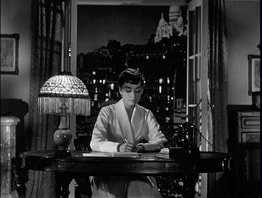 Audrey Hepburn as Sabrina Fairchild 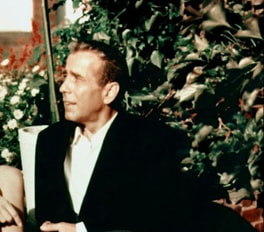 Humphrey Bogart as Linus Larrabee 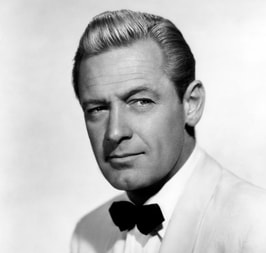 William Holden as David Larrabee ProductionInitially, Cary Grant was considered for the role of Linus, but he declined, and the role was taken by Humphrey Bogart. Best known for playing tough detectives and adventurers, Bogart was cast against type as a smart businessman gradually transformed into a romantic lead. During production of the film, Audrey Hepburn and William Holden entered into a brief but passionate and much-publicized love affair. Bogart had originally wanted his wife Lauren Bacall to be cast as Sabrina. He complained that Hepburn required too many takes to get her dialogue right and pointed out her inexperience. Bogart was very unhappy during the filming, convinced that he was totally wrong for this kind of film, mad at not being Wilder's first choice, and not liking Holden or Wilder. Wilder began shooting before the script was finished, and Ernest Lehman was writing all day to complete it. Eventually he would finish a scene in the morning, deliver it during lunch, and filming of it would begin in the afternoon. Although Edith Head won an Oscar for Best Costumes, most of Hepburn's outfits are rumored to have been created by Hubert de Givenchy and chosen personally by the star. In a 1974 interview, Head stated that she was responsible for creating the dresses, with inspiration from some Givenchy designs that Hepburn liked, but that she made important changes, and the dresses were not by Givenchy. After Head's death, Givenchy stated that Sabrina's iconic black cocktail dress was produced at Paramount under Head's supervision but claimed it was his design. The film began a lifelong association between Givenchy and Hepburn. The location used to portray the Larrabee family's mansion in Glen Cove, New York was 'Hill Grove', the home of George Lewis in Beverly Hills, California. This mansion was later demolished during the 1960s. The location used to portray the Glen Cove train station was the Glen Cove train station on the Oyster Bay Branch of the Long Island Rail Road. The building at 30 Broad Street in Manhattan's financial district was used as the location for the headquarters of the Larrabee company. The film opened in New York and Los Angeles on September 23, 1954 and was number one at the US box office for two weeks.
In 1995 Paramount Pictures remade the film. The Duchess is a 2008 British drama film directed by Saul Dibb. It is based on Amanda Foreman's biography of the late 18th-century English aristocrat Georgiana Cavendish, Duchess of Devonshire. It starred Keira Knightley, Ralph Fiennes and Hayley Atwell, and was released in September 2008 in the United Kingdom. The film won the Academy Award for Best Costume Design, and was nominated for Best Art Direction. The young Georgiana is contracted in marriage to William Cavendish, Duke of Devonshire, with the expectation that she produces his male heir. Georgiana is quickly disillusioned by her husband, especially when Charlotte, a motherless child, comes to live with them while Georgiana is pregnant. William expects Georgiana to tolerate the child's presence, who turns out to be his own illegitimate offspring. He also suggests that she "practise mothering" on the young girl. When Georgiana gives birth to a girl, William is displeased. In his mind, he has fulfilled his obligations to her as her husband but, by failing to provide him with a legitimate male heir, she has failed in her obligations as his wife. Georgiana socialises with the young Lady Bess Foster at Bath and kindly invites her to live with them since Bess has nowhere else to go. William has an affair with Bess, causing Georgiana to feel robbed of her only friend and betrayed by Bess. Bess explains to Georgiana that her motive is to regain her three sons (whom her husband has taken from her), so she continues to live with them. Georgiana starts an affair with Charles Grey. William is outraged when Georgiana suggests that since he has Bess, she should be allowed Charles as a distraction. William rapes Georgiana; a male child is the product. Bess encourages the affair between Georgiana and Charles after the birth of Georgiana's son. Soon, the whole of London society comes to know of Georgiana's affair. William threatens to end Charles's political career and forbid Georgiana from seeing her children again if she does not end the relationship. After initially resisting, Georgiana ends her relationship with Grey but tells William that she is pregnant with Charles' child. She is sent to the countryside where she secretly gives birth to her daughter with Grey, Eliza Courtney, who is given to the Grey family to raise as Charles' niece. Georgiana finds comfort in Bess's friendship during her time of giving birth to Eliza. Georgiana and William come to terms with one another and, along with Bess, continue their lives together. The after-credits reveal Georgiana secretly visits her daughter Eliza. Eliza goes on to name her own daughter Georgiana, after her mother. Charles later becomes Prime Minister of the United Kingdom under William IV. Before she dies, Georgiana permits William and Bess to marry. The Duchess was produced by British Qwerty Films and American Magnolia Mae Films, with financial support from BBC Films, French Pathé and Italian BIM Distribuzione. The film was shot at Twickenham Film Studios and on location at Chatsworth, Bath, Holkham Hall, Clandon Park, Kedleston Hall, Somerset House, King's College London and the Old Royal Naval College in Greenwich. Studio executives wanted to use digitally altered images of Keira Knightley in promotional materials. The alterations were specifically aimed at enlarging her breasts. Knightley objected to the alterations, and they were not used. Although multiple media reports suggested that the use of parallels between the central character's life and that of Diana, Princess of Wales was being used as a marketing strategy for the project, Knightley denied any such connection. The film had its world premiere on 3 September 2008, in Leicester Square and was released nationwide in the United Kingdom on 5 September. The cast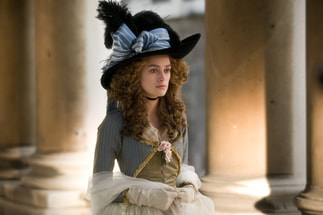 Keira Knightley as Georgiana Cavendish, Duchess of Devonshire  Ralph Fiennes as William Cavendish, 5th Duke of Devonshire 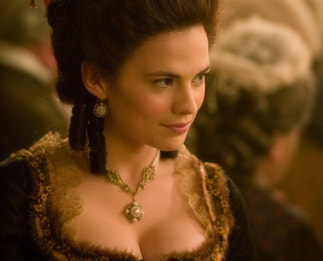 Hayley Atwell as Lady Elizabeth 'Bess' Foster To Catch a Thief is a 1955 American romantic thriller film directed by Alfred Hitchcock, from a screenplay by John Michael Hayes based on the 1952 novel of the same name by David Dodge. The film stars Cary Grant as a retired cat burglar who has to save his reformed reputation by catching an impostor preying on the wealthy tourists of the French Riviera. Grace Kelly stars opposite him as his romantic interest in her final film with Hitchcock. Retired jewel thief John "The Cat" Robie is suspected by the police in a string of burglaries on the French Riviera. When they come to his hilltop villa to question him, he slips their grasp and heads to a restaurant owned by his friend Bertani. When the police arrive at the restaurant looking for Robie, Danielle Foussard, the teenage daughter of a staff working in the restaurant Foussard, who has a crush on him, spirits him to safety. Robie realizes he can prove his innocence by catching the new Cat in the act. He enlists the aid of an insurance man, H. H. Hughson, who reluctantly discloses a list of the most expensive jewelry owners currently on the Riviera. American tourists Jessie Stevens, a wealthy nouveau riche widow, and her daughter Frances, top the list. Robie strikes up a friendship with them. Frances feigns modesty at first, but kisses Robie at the end of the night before retiring to her room. The day after, Frances invites Robie to a swim at the beach, where Robie runs into Danielle, who is jealous about his interest in Frances. When Frances accompanies Robie on a "picnic" to a villa, she reveals that she knows Robie's real identity. He initially denies it, but concedes it that evening when she has invited him to her room to watch a fireworks display. There they kiss passionately. The next morning, Frances's mother Jessie discovers her jewels are gone. Frances accuses Robie of using her as a distraction so he could steal her mother's jewelry. The police are called, but by the time they reach Jessie's room, Robie has disappeared. Later, Robie is staking out an estate at night when he is attacked by an unknown assailant. A second attacker raises a wrench and appears to hit Robie, who falls off the estate's seawall into the water. But when the police reach the body in the water, it turns out to be Foussard, one of the staff at Bertani's restaurant. The police chief publicly announces that Foussard was the jewel thief, but, as Robie points out privately in the abashed Hughson's presence, this would have been impossible because Foussard had a wooden leg, and could not climb on rooftops. Foussard's funeral is interrupted by Danielle's loud accusation that Robie is responsible for her father's death. Outside the graveyard, Frances apologizes to Robie and confesses her love. Robie asks Frances to arrange his attendance at a fancy masquerade ball, where he believes the Cat will strike again. Robie accompanies Frances to the ball dressed as a masked Moor. The police hover nearby. Upstairs, the cat burglar silently cleans out several jewel boxes. When Jessie addresses the Moor as "John" and asks him to go and get her "heart pills", the authorities are tipped off as to his identity. Upon the masked Moor's return, the police wait as he and Frances dance together all night. When the masked Moor and Frances go to her room, the mask is removed: it was Hughson, who switched places with Robie to conceal Robie's exit. Robie lurks on the rooftop, and his patience is finally rewarded when he spots a figure in black. However, just as his pursuit begins, the police throw a spotlight on him and demand he halt. He flees as they shoot at him, but he nonetheless manages to corner his foe with jewels in hand. Unmasked, his nemesis turns out to be Danielle. She loses her footing on the roof, but Robie grabs her hand before she can fall. While she hangs in his grasp, he forces her to confess to the police and admit that Bertani was the ringleader of this gang. Robie speeds back to his villa. Frances follows to convince him that she has a place in his life. He agrees but looks less than thrilled when she says, "Mother will love it up here." 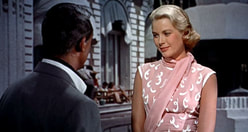
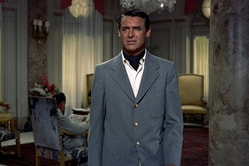
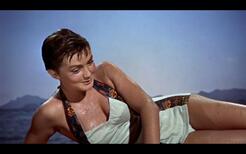
Year: 1957 Writer: Delmer Daves, Leo McCarey Director: Leo McCarey Music: Hugo Friedhofer Costume design: Charles le Maire, Joan Joseff, Kay Reed, Mickey Sherrard Stars: Cary Grant, Deborah Kerr Country: USA Language: English | French | Italian An Affair to Remember is a 1957 American romance film directed by Leo McCarey and starring Cary Grant and Deborah Kerr. Filmed in CinemaScope, it was distributed by 20th Century Fox. It is considered one of the most romantic films of all time, according to the American Film Institute. The film was a remake of McCarey's 1939 film Love Affair, starring Irene Dunne and Charles Boyer. The film was nominated for Best Cinematography, Best Costume Design, Best Original Song and Best Original Score at the 30th Academy Awards. The storyNickie Ferrante (Cary Grant), a well-known playboy, meets Terry McKay (Deborah Kerr) aboard the transatlantic ocean liner SS Constitution en route from Europe to New York. Each is involved with someone else. After a series of meetings aboard the ship, they establish a friendship, and Nickie invites Terry to visit his grandmother, Janou, while the ship is anchored near her home at Villefranche-sur-Mer on the Mediterranean coast. As the ship returns to New York City, they agree to reunite at the top of the Empire State Building in six months' time if they have succeeded in ending their relationships and starting new careers. On the day of their rendezvous, however, Terry, hurrying to reach the Empire State Building, is struck down by a car while crossing a street. Gravely injured, she is rushed to the hospital. Meanwhile, Nickie, after many hours of waiting for her at the top of the building, leaves at midnight, believing she has rejected him. After the accident, Terry never contacts Nickie because of her disability. She finds work as a music teacher. Nickie has pursued his painting and has his work displayed in art gallery. Six months after the accident, Terry and Nickie encountered at a ballet performance, both accompanied by their ex partners. Nickie learns Terry's address and on Christmas Eve pays her a surprise visit, trying to have Terry explain why she failed her promise, but Terry says nothing. It is until when he finds his painting on the wall of her bedroom that he understands everything, and he holds Terry tightly. The personnages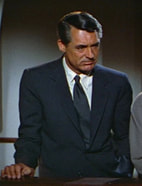 Cary Grant as Nickie 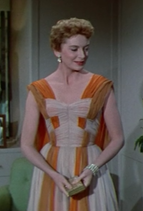 Deborah Kerr as Terry Further interestHow to Steal a Million is a 1966 American heist comedy film directed by William Wyler and starring Audrey Hepburn, Peter O'Toole, Eli Wallach, Hugh Griffith and Charles Boyer. The film is set and was filmed in France, though the characters speak entirely in English. Audrey Hepburn's clothes were designed by Hubert de Givenchy. PlotProminent Paris art collector Charles Bonnet forges and sells famous artists' paintings. His disapproving daughter, Nicole, constantly fears that he will be caught. Late one night at their mansion, Nicole encounters a burglar, Simon Dermott holding her father's forged "Van Gogh." and accidentally wounds his arm with a gun, but later, Nicole would need the very same burglar to steal for her: a sculpture of Venus, another forgery, by her grand father. Simon duly agrees, and along the way, he manages to steal the heart of Nicole as well. Cast-Audrey Hepburn as Nicole Bonnet, the daughter of Charles Bonnet.
-Peter O'Toole as Simon Dermott, the 'thief' who helps Nicole to steal back the Venus. -Hugh Griffith as Charles Bonnet, an art forger and owner of the Venus. His father sculpted the Venus after his mother. -Eli Wallach as Davis Leland Charles Boyer as DeSolnay Love affair(film, 1939)/Elle et Lui/Un grand amore/Tú y yo with Charles Boyer and Irene Dunne3/7/2020 Love Affair is a 1939 American romantic film starring Irene Dunne and Charles Boyer and featuring Maria Ouspenskaya. It was directed by Leo McCarey and written by Delmer Daves and Donald Ogden Stewart, based on a story by McCarey and Mildred Cram.The movie was remade in 1957 as An Affair to Remember, and again with the original title in 1994. Year: 1939 Writer: Delmer Daves, Donald Ogden Stewart Director: Leo McCarey Music: Johann Martini Costume design:Howard Greer, Edward Stevenson Stars: Charles Boyer, Irene Dunne, Maria Ouspenskaya Country: USA Language: English | French The personnages: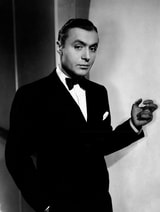 Charles Boyer (28 August 1899 – 26 August 1978) as Michel Marnet 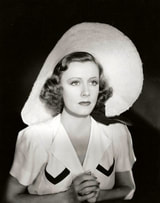 Irene Dunne (December 20, 1898 – September 4, 1990) as Terry McKay 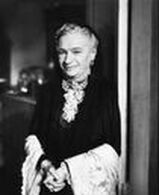 Maria Alekseyevna Ouspenskaya (July 29, 1876 – December 3, 1949) as grandmother Janou The story: subtlety and nobilityIt was a time when love was still expressed subtly and manifested nobly. French painter Michel Marnet (Charles Boyer) meets American singer Terry McKay (Irene Dunne) aboard a liner crossing the Atlantic Ocean. Although they are both already engaged, the two begin to flirt and slowly fall in love with each other. At a stop at Madeira, they visit Michel's grandmother Janou (Maria Ouspenskaya), who approves of Terry and wants Michel to settle down. As the ship is ready to disembark at New York City, the two make an appointment to meet six months later on top of the Empire State Building. Michel chooses six months because that is the amount of time he needs to decide whether he can start making enough money to support a relationship with Terry. When the rendezvous date arrives, they both head to the Empire State Building. However, Terry is struck by a car right as she arrives, and is told that she may not be able to walk, though that will not be known for certain for six months. Not wanting to be a burden to Michel, she does not contact him, preferring to let him think the worst. Meanwhile, Terry finds a job working at an orphanage teaching the children how to sing. Six months go by, and during Terry's first outing since the accident, the two couples meet by accident at the theater, though Terry manages to conceal her condition. Michel then visits her at her apartment and finally learns the truth. He assures her that they will be together no matter what the diagnosis will be. Director 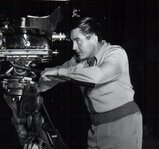 Thomas Leo McCarey (October 3, 1898 – July 5, 1969) "I only know I like my characters to walk in clouds, I like a little bit of the fairy tale. As long as I'm there behind the camera lens, I'll let somebody else photograph the ugliness of the world." True to his words, he is so selective with his camera that many scenes look like touchingly beautiful, both in Love affair and his own 1957 remake of it: An affair to remember, another elegant movie. Screenwriters 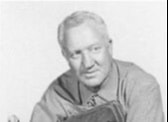 Delmer Daves (July 24, 1904 – August 17, 1977) 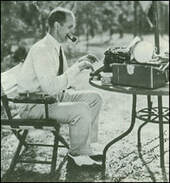 Donald Ogden Stewart (November 30, 1894 - August 2, 1980) The costumesCostume designers 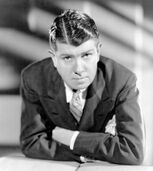
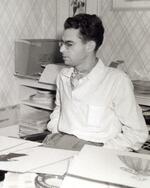
The ambianceTime: 1930 Place: New York; On board a ship Music: Jean-Paul-Égide Martini (1741–1816) Theme song: Plasir d'amour The theme song Plasir d'amour was originally a poem written by Jean-Pierre Claris de Florian (1755–1794) in his novel Célestine. There are two versions to this song, the "his"version if sung by a man, and the "her" version is sung by a woman. Plaisir d'Amour Paroles (French) Her version (the version sung by Irene Dunne) Plaisir d'amour ne dure qu'un moment Chagrin d'amour dure toute la vie Tu m'as quittée pour la belle Sylvie Elle te quitte pour un autre amant Plaisir d'amour ne dure qu'un moment Chagrin d'amour dure toute la vie Tant que cette eau coulera doucement Vers ce ruisseau qui borde la prairie Je t'aimerai, te répétait Sylvie L'eau coule encore, elle a changé pourtant. Plaisir d'amour ne dure qu'un moment Chagrin d'amour dure toute la vie. --------------------------------- his version: Plaisir d'amour ne dure qu'un moment, Chagrin d'amour dure toute la vie. J'ai tout quitt pour l'ingrate Sylvie. Elle me quitte et prend un autre amant. Plaisir d'amour ne dure qu'un moment, Chagrin d'amour dure toute la vie. "Tant que cette eau coulera doucement Vers ce ruisseau qui borde la prairie, Je t'aimerai," me repetait Sylvie. L'eau coule encor, elle a chang pourtant. Plaisir d'amour ne dure qu'un moment, Chagrin d'amour dure toute la vie. The English translation for his version: The Pleasure Of Love Love's pleasure lasts but a moment Love's sorrow lasts all throughout life. I would have left everything for faithless Sylvia, But she left me and took another lover. Love's pleasure lasts but a moment Love's sorrow lasts all throughout life. "As long as the water flows gently To the stream that borders the meadow, I will love you", repeated Sylvia to me. The water still flows, but she has changed. Love's pleasure lasts but a moment Love's sorrow lasts all throughout life. Year: 1953 Writer: John Dighton (Screen Play) , Dalton Trumbo (Uncredited) Director: William Wyler Music: Georges Auric Costume design: Edith Head Stars: Gregory Pack, Audrey Hepburn, Eddie Albert Country: USA Language: English Roman Holiday is a 1953 American romantic comedy film directed and produced by William Wyler. It stars Audrey Hepburn as a princess out to see Rome on her own and Gregory Peck as a reporter. Hepburn won an Academy Award for Best Actress for her performance; the screenplay and costume design also won. The film was shot at the Cinecittà studios and on location around Rome during the "Hollywood on the Tiber" era. The film was screened in the 14th Venice Film Festival within the official program. In 1999, Roman Holiday was selected for preservation in the United States National Film Registry by the Library of Congress as being "culturally, historically, or aesthetically significant". The film was shot at the Cinecittà studios and on location around Rome during the "Hollywood on the Tiber" era. The film was screened in the 14th Venice Film Festival within the official program. In 1999, Roman Holiday was selected for preservation in the United States National Film Registry by the Library of Congress as being "culturally, historically, or aesthetically significant". The personages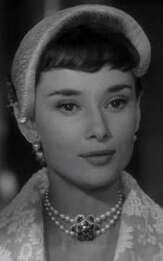 Audrey Hepburn (4 May 1929 – 20 January 1993) as Princess Ann 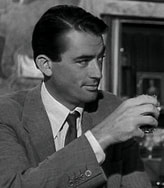 Gregory Peck (April 5, 1916 – June 12, 2003) as Joe Bradley 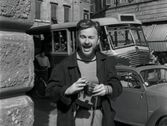 Edward Albert Heimberger (April 22, 1906-May 26, 2005) as Irvin Radovich 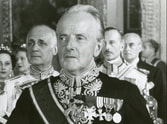 Tullio Carminati (September 21, 1894-February 26, 1971) as General Provno 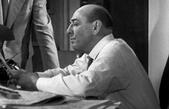 Hartley Power (March 14, 1894-July 29, 1966) as Mr. Hennessy The story: purity and perfectionAnn, a crown princess from an unnamed European nation, is on a state visit to Rome, becomes frustrated with her tightly scheduled life, and secretly leaves her country's embassy. The delayed effect of a sedative makes her fall asleep on a bench, where Joe Bradley, an expatriate reporter for the "American News Service", finds her, without recognizing who she is. Thinking that she is intoxicated, Joe lets her spend the night in his apartment. The next morning, Joe hurries off late to work and gives his editor, Mr. Hennessy, false details of his attendance at the princess' press conference. When Hennessy informs him that the event had been cancelled, and when Mr. Hennessy shows him a news item about the princess' "sudden illness", Joe realizes the girl sleeping in his apartment is Princess Ann. Seeing an opportunity, Joe calls his photographer friend, Irving Radovich, asking him to secretly take pictures. Joe then tells Hennessy that he'll get an exclusive wide-ranging interview with the princess, and the two men have a deal: Hennessy offers to pay $5000 for the article, but Joe will pay him $500 if he does not get it. Back home, Joe eagerly offered to be the tour guide of his room guest who calls herself Anya, but she politely declined. Joe doesn't give up by following her and "accidentally" encounter her on the Spanish Steps. This time, Joe convinces her to spend the day with him, and he has a hilarious adventure with her and a great chance to make a fortune with the help of his friend Irvin. But they fall in love, but it's a love not to be. Ann bids farewell to the man she wants to live with, resuming her royal role, Joe bids farewell to his thoughts on making money with their adventure in Rome, keeping the memory only for himself, alone. 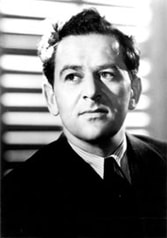 Director William Wyler (July 1, 1902 – July 27, 1981) 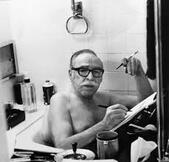 Screen writer (Uncredited) Dalton Trumbo (December 9, 1905 – September 10, 1976) 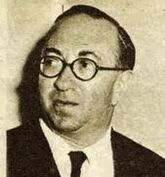 Screen writer (credited) John Dighton (1909-1989) The script was written by John Dighton and Dalton Trumbo. though with Trumbo on the Hollywood blacklist, he did not receive a credit; instead, Ian McLellan Hunter fronted for him. Trumbo's credit was reinstated when the film was released on DVD in 2003. On December 19, 2011, full credit for Trumbo's work was restored. In 2016, a film was made in his honor, named Dalton Trumbo. He was played by Bryan Cranston. The costumes: Costume designer Edith Head (October 28, 1897 – October 24, 1981) I knew she would be the perfect mannequin for anything I would make. I knew it would be a great temptation to design clothes that would overpower her. I could have used her to show off my talents and detract from hers, but I didn’t. I considered doing it, believe me.’ The music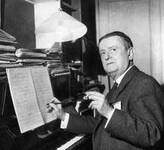 Music composer Georges Auric(French) (15 February 1899 – 23 July 1983) The ambienceTime: 1950s
Place: Rome, Italy Year: 2008 Writer: Lorène Delannoy, Daniel Tonachella, Olga Vincent Director: Harry Cleven Music: Stéphane Moucha Costume design: Sophie Dussaud Stars: Jacques Weber, Amira Casar, Jean Benguigui, Héléna Soubeyrand, Hélène Seuzaret, Daniel Lundh Country: France Language: French Synopsis:En 1945, en Corse, un important propriétaire terrien nommé Ottavio Della Rocca décide de marier sa fille cadette, Vanina, au fils de la famille Caponi. Car le vieux Della Rocca entend consolider son pouvoir alors que la Libération redistribue les cartes. Mais Vanina ne veut rien savoir de cette union. Pendant la guerre, elle a fait la connaissance d'un musicien de jazz à Marseille et elle n'imagine pas en épouser un autre - même pour sauver le patrimoine familial. En pleine nuit, elle s'enfuit et quitte l'île. Fou de rage, Ottavio décide de la déshériter. Mais l'idée de céder tous ses biens à ses deux aînées, Antonia et Flavia, ne l'enchante guère. En effet, il les méprise allègrement... The storyThe tv movie Les héritières is freely inspired by Shakespeare's play King Lear. 1945, Ottavio(Jacques Weber), The Second World War just ended. A wealthy Corsican landlord with no male heirs, wants to marry his youngest daughter Vanina (Helena Soubeyrand) to the son of Ange Caponi, a rich former farmer, but she refuses, as she is in love with someone else. Caponi wants revenge, but even he does not realize how far it will go. The personnages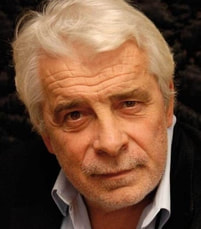 Ottavio Della Rocca by Jacques Weber 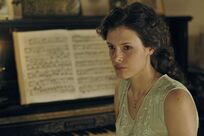 Vanina Héléna Soubeyrand 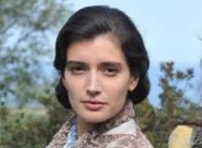
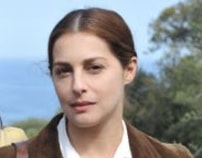 Antonia
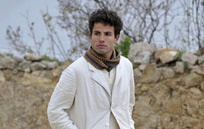
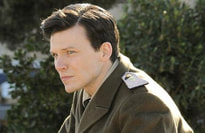
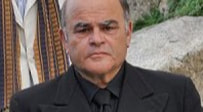
Watch the tv film Les héritières |
Categories
All
Archives
October 2023
|
